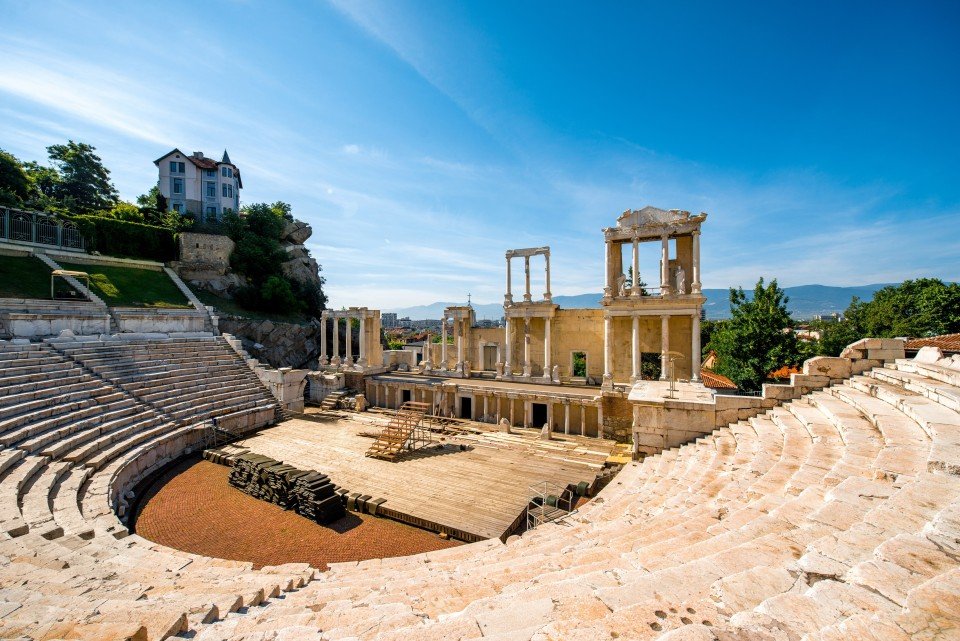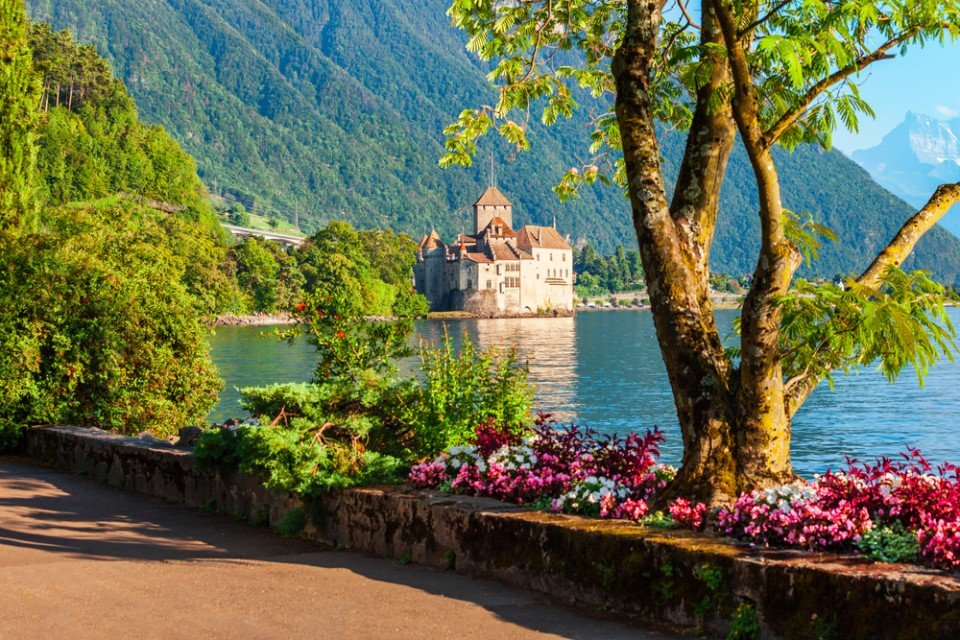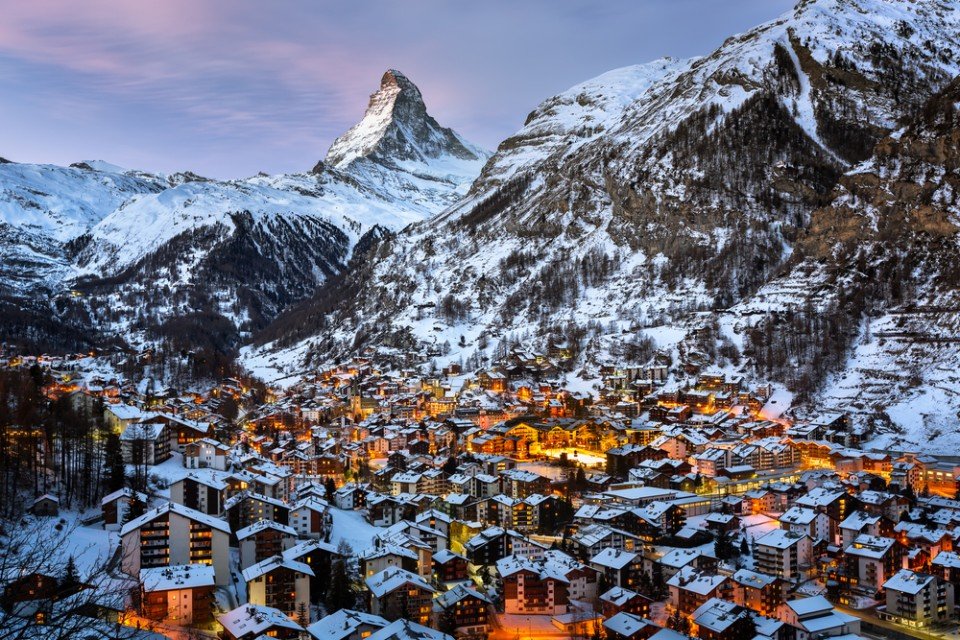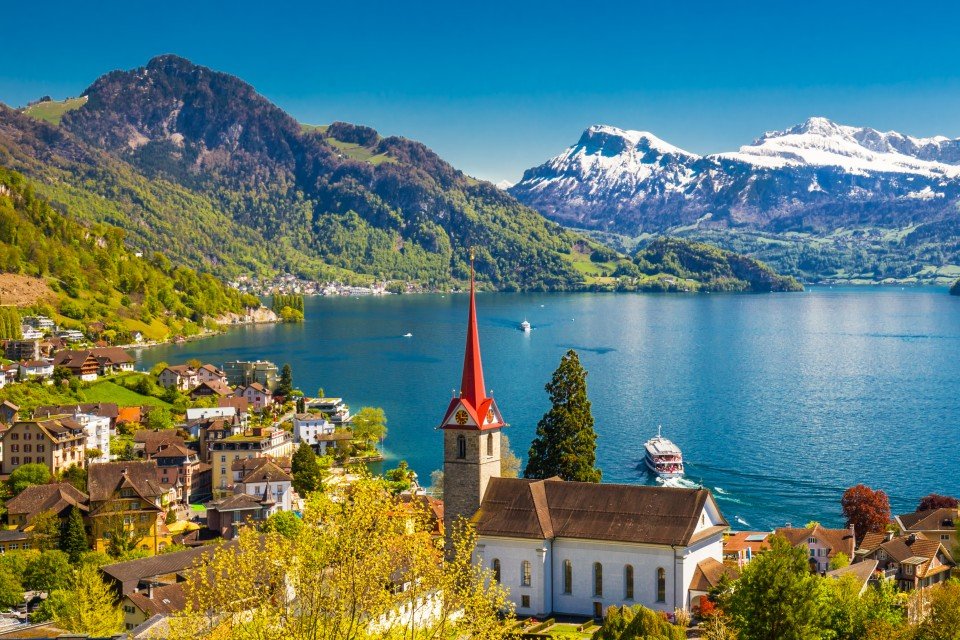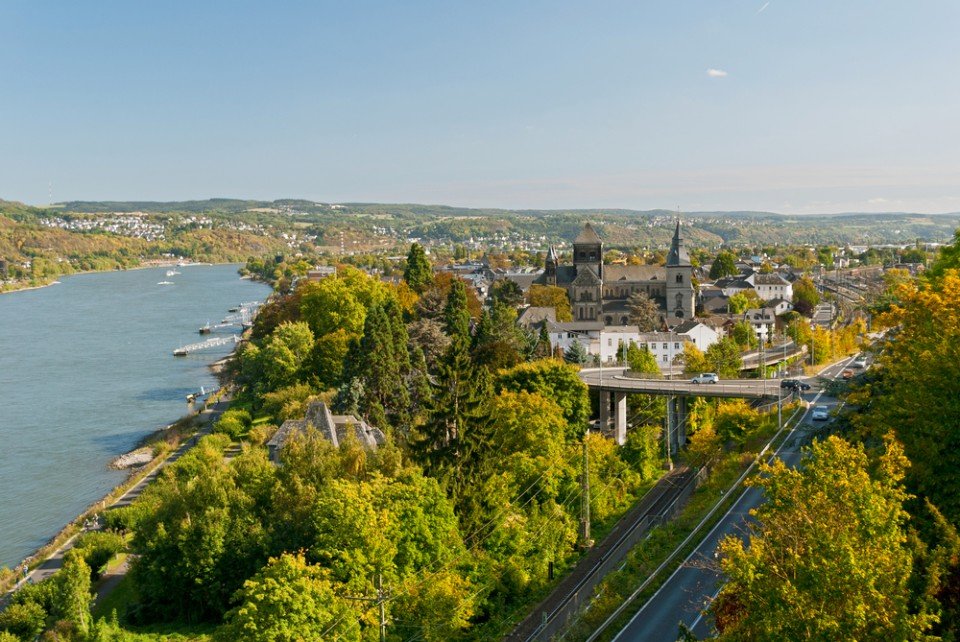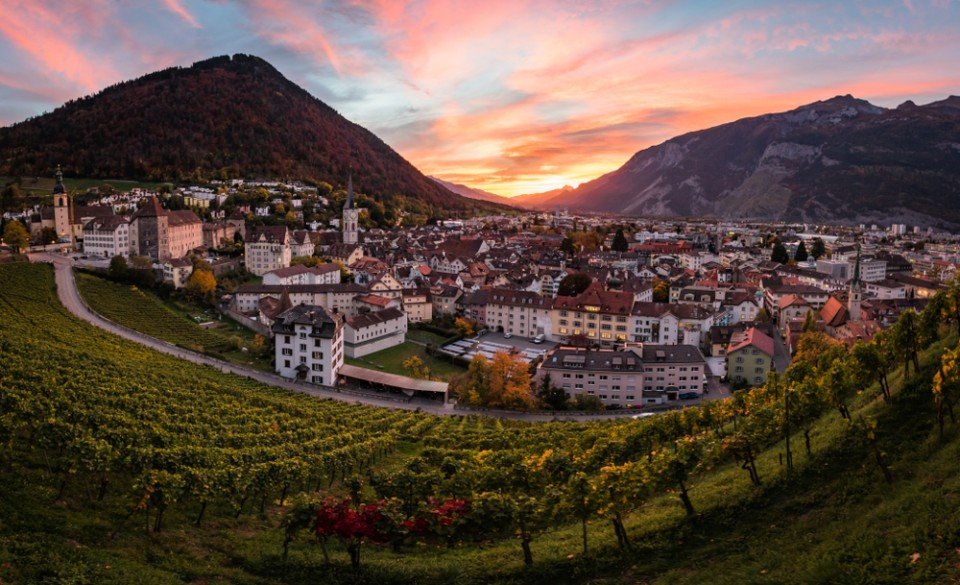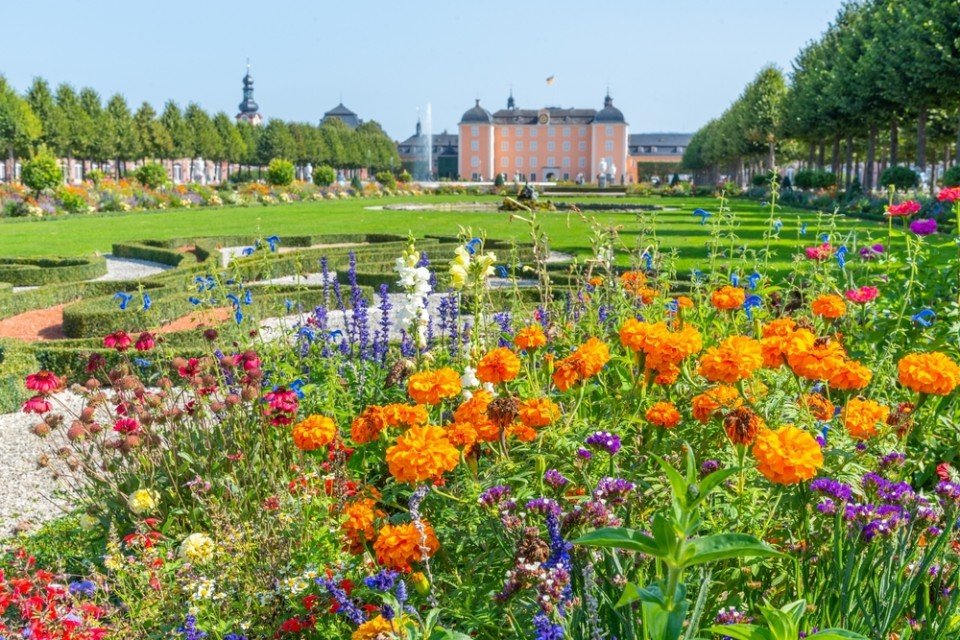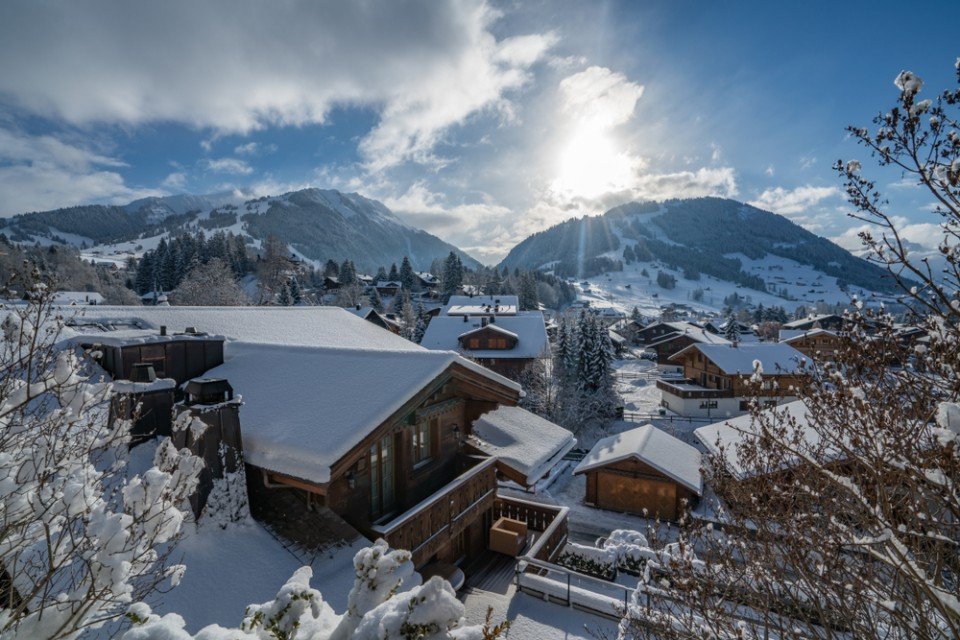Bossuit
Bossuit, located in Belgium's Flemish region, is a charmi...
From its source high in the Swiss Alps, The Rhine follows the border of France before continuing its journey across Germany and into the Netherlands, where it empties into the North Sea. Running a course of over 760-miles, it is one of Europe’s most famous and picturesque rivers and has long been a vital trade link and historically formed a large part of the inland frontier of the Roman Empire.
Indeed, any voyage along the Rhine will reward cruisers with ample opportunities to view a large number of castles and historic sites which evoke its memorable past. Though a number of itineraries include visits to Dutch and Swiss cities, the most popular portion of the river is Germany’s Middle Rhine, where the World Heritage Site Rhine Valley gives way to a host of ancient sites, quaint towns and areas of stunning natural beauty.
View France River Cruises View Switzerland River Cruises View Germany River Cruises
View Austria River Cruises View Netherlands River Cruises
Cologne in Germany is one of the most famous cities you’ll visit on your Rhine cruise and its most celebrated attraction is its magnificent cathedral, the Dom, a true architectural gem and UNESCO World Heritage Site which is sure to leave a lasting impression on you. Explore the old town, the docks and other key attractions such as St Martin’s Church, The Botanical Gardens and Hohenzollern Bridge, where couples go to attach padlocks to one of its fences as a sign of their commitment.
Koblenz, where the Rhine is joined by the Moselle, is another popular port of call, and home to over 2,000 years of history. The Deutsches Eck marks the point where the two rivers join, one of the area’s most popular attractions. While on the Rhine’s East bank lies Festung Ehrenbreitstein, an imposing fortress which is the perfect place to explore if you find yourself with a little more time. The city itself meanwhile, is home to a host of other historic sites.
Visit Strasbourg and you’ll discover a city influenced by both French and German cultures which offer a wealth of artistic, architectural and historic attractions. The city is home to the official seat of the European Parliament, a visit to which often forms part of Strasbourg shore excursions. You’ll also explore the city’s famous Notre Dame Cathedral and perhaps take a stroll around La Petite France, a beautiful cobblestoned area of quaint medieval buildings and restaurants.
Situated across the Rhine from each other, Heidelberg and Speyer are popular ports of call to visit in a single day on your Rhine cruise. Heidelberg lies a little way down the Neckar River, one of the Rhine’s tributaries and the journey to it will reward you with some stunning views of the Neckar River Valley. The city itself is home to Germany’s oldest university, a stunning castle and a historic old town. Speyer, meanwhile, boasts its own UNESCO World Heritage Site in the form of its captivating 11thcentury cathedral, which is a definite must-see. If you find yourself with a little more time to spend in Speyer, then the impressive Technik Museum is a fascinating home to all things automotive.
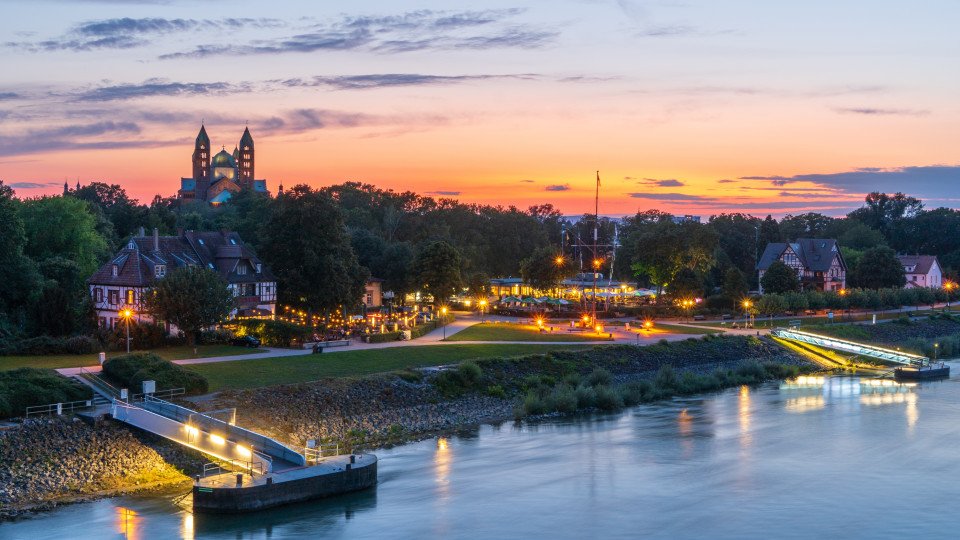
Speyer is a town located in southwest Germany situated beside the river Rhine. Originally founded by the Romans, it is one of the oldest settlements in Germany and is situated in the popular wine growing region of the Palatinate. A key attraction of Speyer is the Historical Museum of the Palatinate, which is one of the most celebrated culture-history museums in Germany. It features five permanent collections including Prehistory, Roman Times, Cathedral Treasury, Modern Era and Wine Museum. Not far from the museum, visitors will find the Imperial Cathedral, a UNESCO World Heritage Site, which is considered the largest preserved Romanesque church in Europe. Originally constructed by Konrad II, this magnificent and looming building was intended to demonstrate the Lord’s religio-political cl ... Read More
Speyer is a town located in southwest Germany situated beside the river Rhine. Originally founded by the Romans, it is one of the oldest settlements in Germany and is situated in the popular wine growing region of the Palatinate. A key attraction of Speyer is the Historical Museum of the Palatinate, which is one of the most celebrated culture-history museums in Germany. It features five permanent collections including Prehistory, Roman Times, Cathedral Treasury, Modern Era and Wine Museum. Not far from the museum, visitors will find the Imperial Cathedral, a UNESCO World Heritage Site, which is considered the largest preserved Romanesque church in Europe. Originally constructed by Konrad II, this magnificent and looming building was intended to demonstrate the Lord’s religio-political claim to power against the papacy. Speyer has been producing wine since its Roman beginnings and wine tasting, festivals and events are popular all year round. The town is popular for outdoor activities such as hiking and cycling as well as guided walking tours of the town. ... Show Less
Located in the West of the country, Koblenz is one of the oldest cities in Germany. It is situated on both banks of the river Rhine, at its confluence with the Moselle River. The beginnings of Koblenz can be traced back to its military beginnings around 8 BC. The city is rich in its history and heritage and is easily explored on foot. Take the cable car crossing over the river Rhine for spectacular aerial views or enjoy the city from the one thousand year old fortress, Ehrenbreitstein. The upper middle Rhine Valley is a UNESCO World Heritage Site and its unique landscape can be enjoyed and discovered through the interactive multimedia journey at the Romanticum. Historical and architectural sites of interest include Stolzenfels Castle, the Electoral Palace of Koblenz and Old Town. From the ... Read More
Located in the West of the country, Koblenz is one of the oldest cities in Germany. It is situated on both banks of the river Rhine, at its confluence with the Moselle River. The beginnings of Koblenz can be traced back to its military beginnings around 8 BC. The city is rich in its history and heritage and is easily explored on foot. Take the cable car crossing over the river Rhine for spectacular aerial views or enjoy the city from the one thousand year old fortress, Ehrenbreitstein. The upper middle Rhine Valley is a UNESCO World Heritage Site and its unique landscape can be enjoyed and discovered through the interactive multimedia journey at the Romanticum. Historical and architectural sites of interest include Stolzenfels Castle, the Electoral Palace of Koblenz and Old Town. From the romantic winding streets and small squares of Old Town, stroll through the alleyways from the Church of the Holy Virgin to the St Kastor Basilica and enjoy the picturesque buildings and squares along the way. Koblenz is also very popular for its Riesling and strong Spatburgunder wines since the Romans introduced it two thousand years ago. ... Show Less
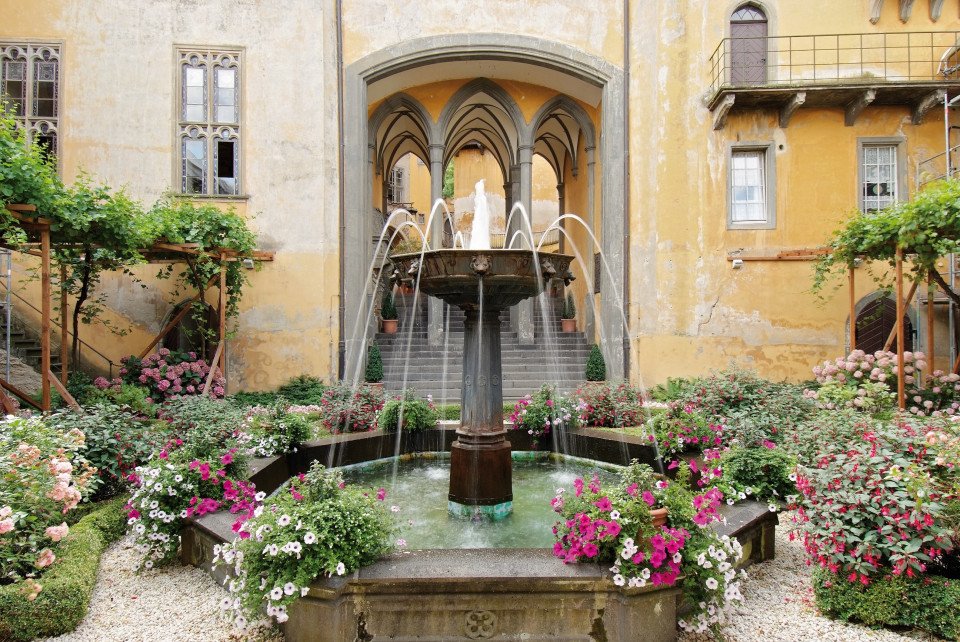

Cologne is a city in western Germany located across the Rhine river. It is the oldest in Germany, dating back 2000 years and is considered the region’s cultural hub. The city is known for its iconic landmark of the twin-spired Cologne Cathedral set against the reconstructed Old Town buildings. When in Old Town, visit the historic Old Town Hall and the Roman Church Great St Martin, or take time out and sit at one of the traditional breweries and enjoy the scenery around you. Historical sites such as the Roman Dionysus mosaic and the medieval Overstolzenhaus are worth a visit too. Another iconic sight in Cologne is at Hohenzollern Bridge. Here, local and tourist couples affix padlocks to the railings of the bridge and swear their loyalty to each other, they then throw the key into the Rhei ... Read More
Cologne is a city in western Germany located across the Rhine river. It is the oldest in Germany, dating back 2000 years and is considered the region’s cultural hub. The city is known for its iconic landmark of the twin-spired Cologne Cathedral set against the reconstructed Old Town buildings. When in Old Town, visit the historic Old Town Hall and the Roman Church Great St Martin, or take time out and sit at one of the traditional breweries and enjoy the scenery around you. Historical sites such as the Roman Dionysus mosaic and the medieval Overstolzenhaus are worth a visit too. Another iconic sight in Cologne is at Hohenzollern Bridge. Here, local and tourist couples affix padlocks to the railings of the bridge and swear their loyalty to each other, they then throw the key into the Rhein to ensure everlasting love. Cologne is home to over 30 stages providing cabaret, free ensembles, theatre and dance and also celebrates its openly gay culture. ... Show Less
Strasbourg is a picturesque city in northeastern France, notable for its unique blend of French and German influences. Thanks to well-preserved, awe-inspiring medieval architecture such as the stunning Strasbourg Cathedral and the historic La Petite France district, Strasbourg has earned its spot on the map as a famous, must-visit European destination.
... Read MoreStrasbourg is a picturesque city in northeastern France, notable for its unique blend of French and German influences. Thanks to well-preserved, awe-inspiring medieval architecture such as the stunning Strasbourg Cathedral and the historic La Petite France district, Strasbourg has earned its spot on the map as a famous, must-visit European destination.
... Show Less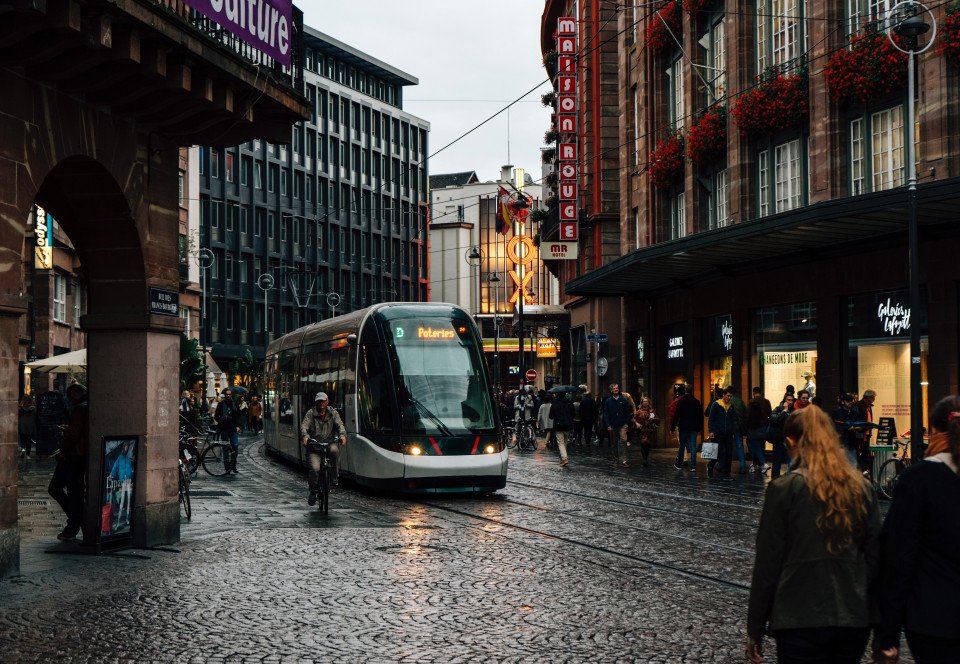
Weissenkirchen, Austria, is situated in the heart of the...
Rudesheim am Rhine is a town in the Rhine Valley in Germany...
Tain-l'Hermitage, France, is a picturesque town in the Rhône...
Donji Milanovac offers a breathtaking backdrop for explor...
Bernkastel-Kues is an enchanting fairytale town situated...
Caudebec-en-Caux, situated along the Seine in the Normand...
Experience Belgium's capital, a city renowned for its cul...
Located in the Yvelines department of the Île-de-Fr...
Weissenkirchen, Austria, is situated in the heart of the...
Rudesheim am Rhine is a town in the Rhine Valley in Germany...
Tain-l'Hermitage, France, is a picturesque town in the Rhône...
Donji Milanovac offers a breathtaking backdrop for explor...
Bernkastel-Kues is an enchanting fairytale town situated...
Caudebec-en-Caux, situated along the Seine in the Normand...
Experience Belgium's capital, a city renowned for its cul...
Located in the Yvelines department of the Île-de-Fr...
Weissenkirchen, Austria, is situated in the heart of the...
Rudesheim am Rhine is a town in the Rhine Valley in Germany...
Tain-l'Hermitage, France, is a picturesque town in the Rhône...
Donji Milanovac offers a breathtaking backdrop for explor...
Bernkastel-Kues is an enchanting fairytale town situated...
Caudebec-en-Caux, situated along the Seine in the Normand...
Experience Belgium's capital, a city renowned for its cul...
Located in the Yvelines department of the Île-de-Fr...
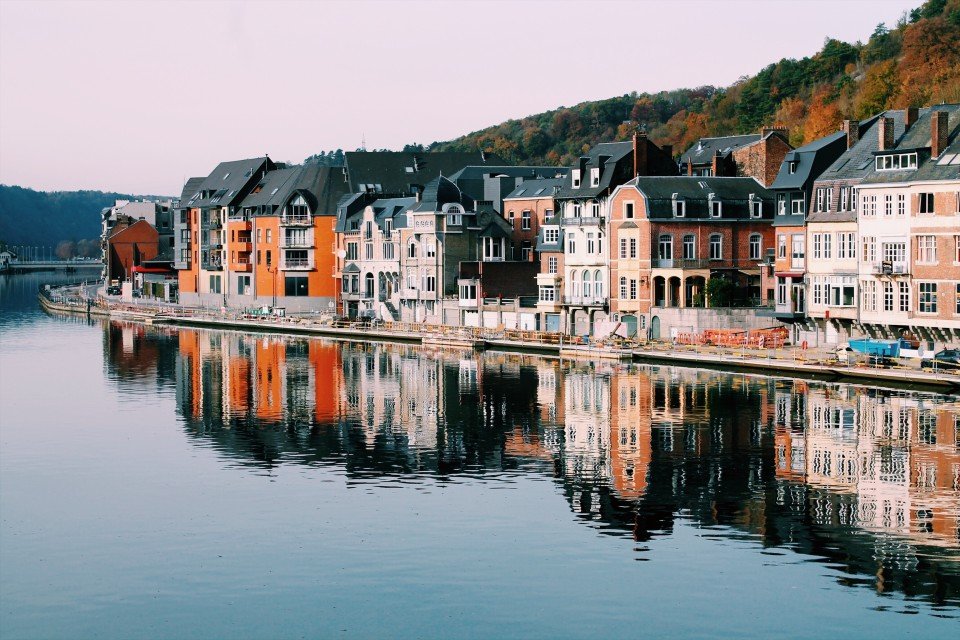
Bossuit, located in Belgium's Flemish region, is a charming village famed for picturesque landscapes and historical architecture. Delightful village streets alongside the peaceful Kortrijk–Bossuit Canal present a welcome opportunity to explore a quiet corner of Belgium and appreciate the country's history and cultural tapestry.
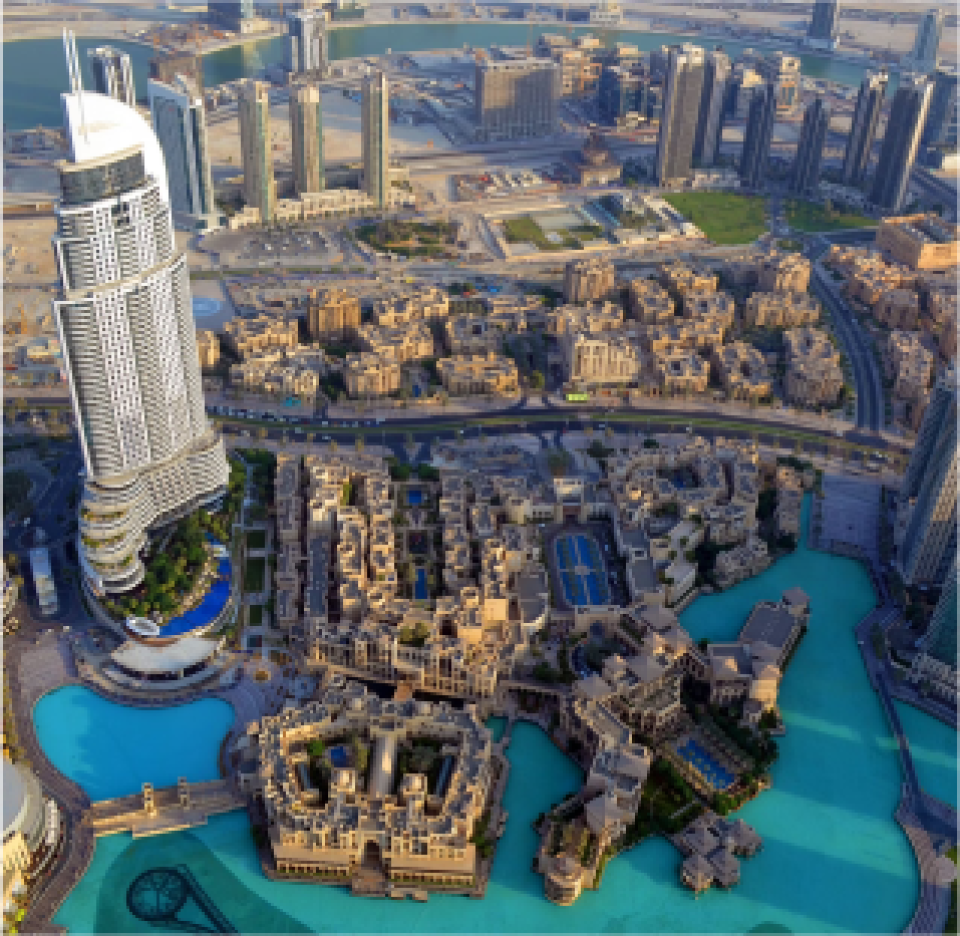
Sitting on the banks of the Danube, Golubac is a small town best recognised for its medieval fortress standing prominently atop a hill overlooking the river. With a storied history dating back to the 14th century, The Golubac Fortress is a significant cultural landmark that has been instrumental to the region's defence.

Situated along the banks of the Danube River, Vilshofen is a charming riverside town best-known for its breath-taking landscapes and traditional architecture. The city seamlessly integrates authentic Bavarian charm with modern amenities, presenting a valuable opportunity to explore the quaint city streets, visit local landmarks and experience the region's rich cultural heritage.
-custom_banner-banner_half.jpg)
Steeped in medieval history, Vidin is a striking city located in the North-West of Bulgaria on the banks of the Danube, home to the incredible Baba Vida fortress, one of the country's oldest and best-preserved strongholds. Offering a glimpse into Bulgaria's cultural past, Vidin's cobblestone streets and Ottoman-era architecture paint a vivid picture of the country's legacy, surrounded by scenic views and the relaxed atmosphere of the Danube waterfront.

Dutch settlers came here in the 1630s, about the same time they sailed through the Verazzano Narrows to Manhattan, bringing with them original red-tile roofs, first used on the trade ships as ballast and later incorporated into the architecture of Willemstad. Much of the original colonial structures remain, but this historic city is constantly reinventing itself and the government monument foundation is always busy restoring buildings in one urban neighborhood or another. The salty air causes what is called "wall cancer" which causes the ancient abodes to continually crumble over time. The city is cut in two by Santa Anna Bay. On one side is Punda (the point)—crammed with shops, restaurants, monuments, and markets and a new museum retracing its colorful history. And on the other side is Otrobanda (literally meaning the "other side"), with lots of narrow, winding streets and alleyways (called "steekjes" in Dutch), full of private homes notable for their picturesque gables and Dutch-influenced designs. In recent years the ongoing regeneration of Otrobanda has been apparent, marked by a surge in development of new hotels, restaurants, and shops; the rebirth, concentrated near the waterfront, was spearheaded by the creation of the elaborate Kura Hulanda complex.There are three ways to cross the bay: by car over the Juliana Bridge; by foot over the Queen Emma pontoon bridge (locally called "The Swinging Old Lady"); or by free ferry, which runs when the pontoon bridge is swung open for passing ships. All the major hotels outside town offer free shuttle service to town once or twice daily. Shuttles coming from the Otrobanda side leave you at Riffort. From here it's a short walk north to the foot of the pontoon bridge. Shuttles coming from the Punda side leave you near the main entrance to Ft. Amsterdam.
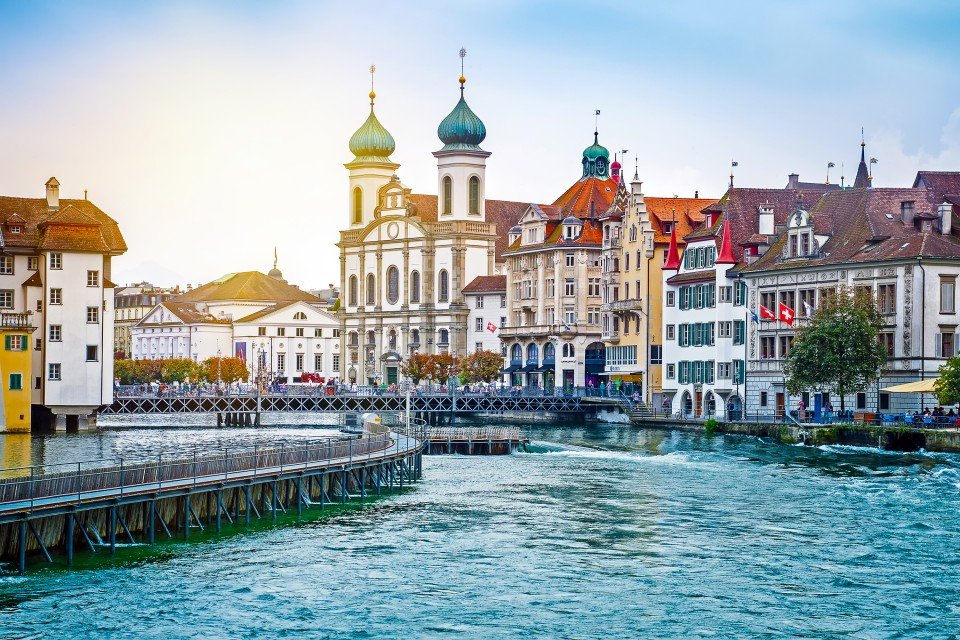
Lucerne, a compact city in Switzerland known for its preserved medieval architecture, sits amid snowcapped mountains on Lake Lucerne. Its colorful Altstadt (Old Town) is bordered on the north by 870m Museggmauer (Musegg Wall), a 14-century rampart. The covered Kapellbrücke (Chapel Bridge), built in 1333, links the Aldstadt to the Reuss River's right bank.
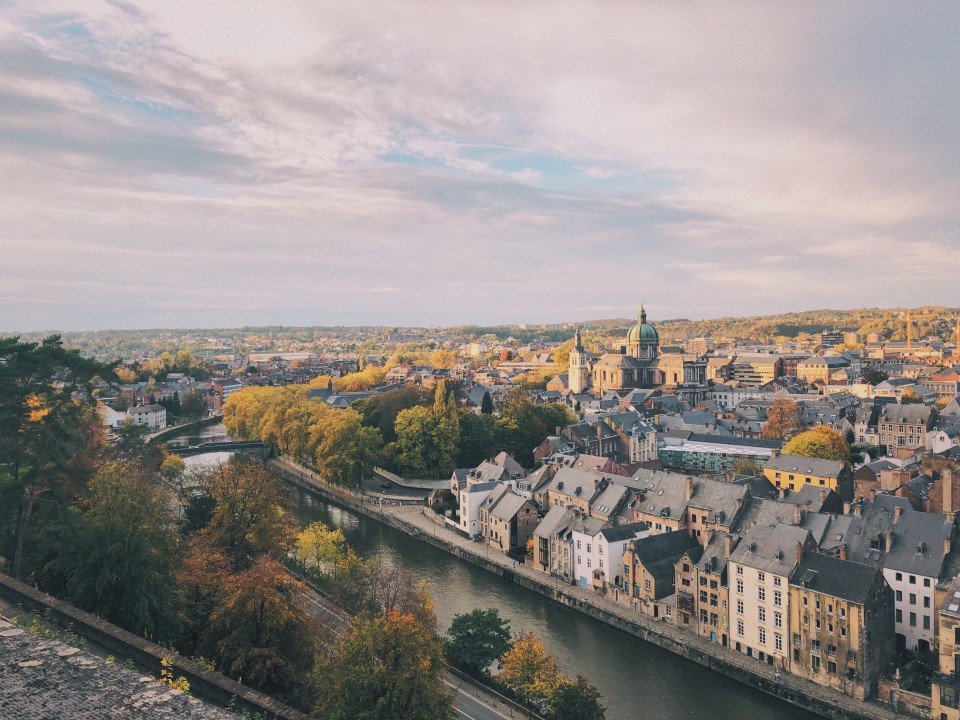
Namur, sitting alongside the Meuse River in Belgium's Wallonia region, is abundant in history and charm. Overlooked by its medieval citadel, which was once the castle of the counts of Namur, the city offers an alluring fusion of old-world allure and modern vibrancy.
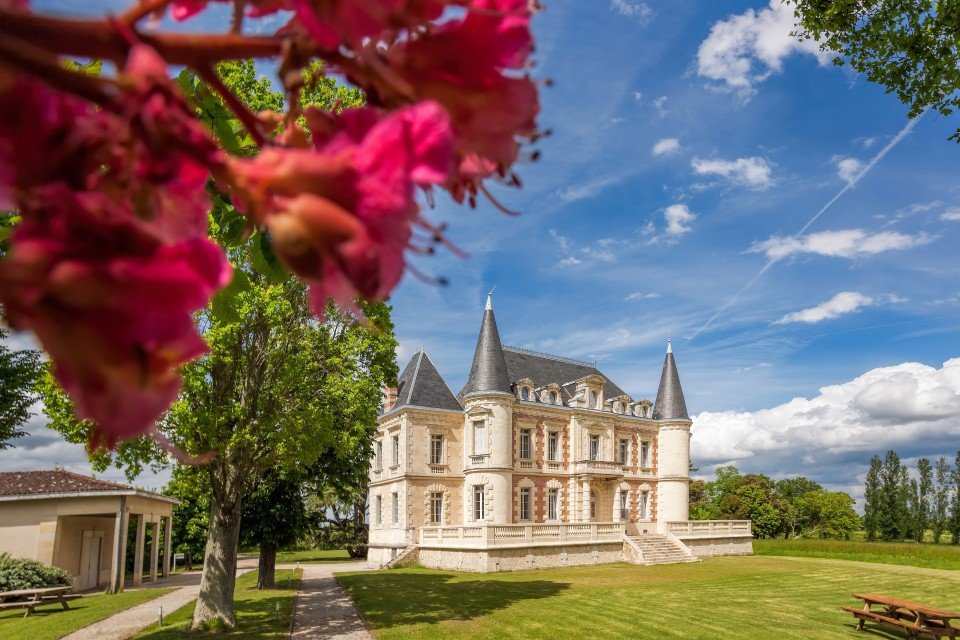
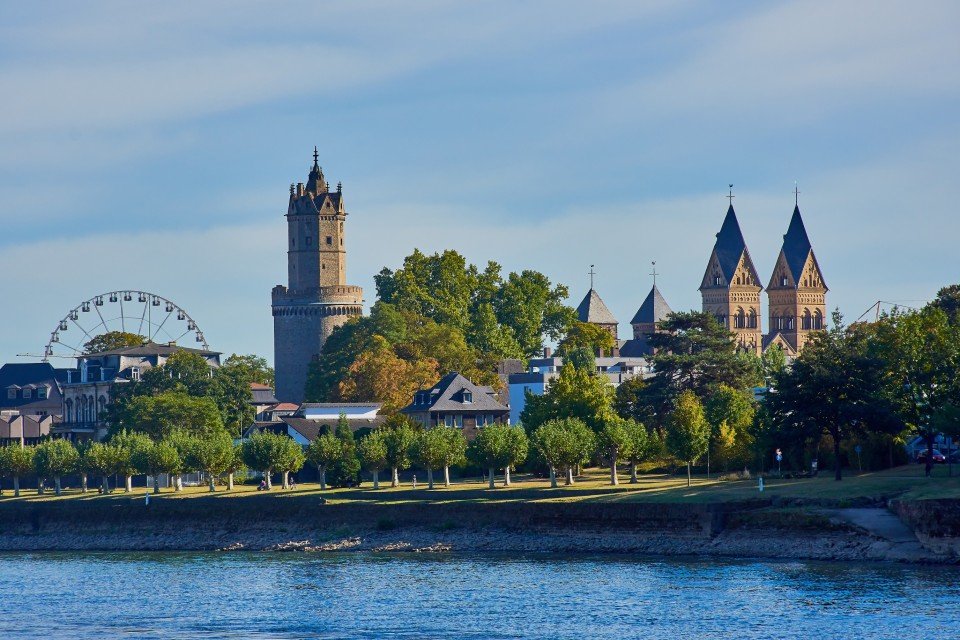
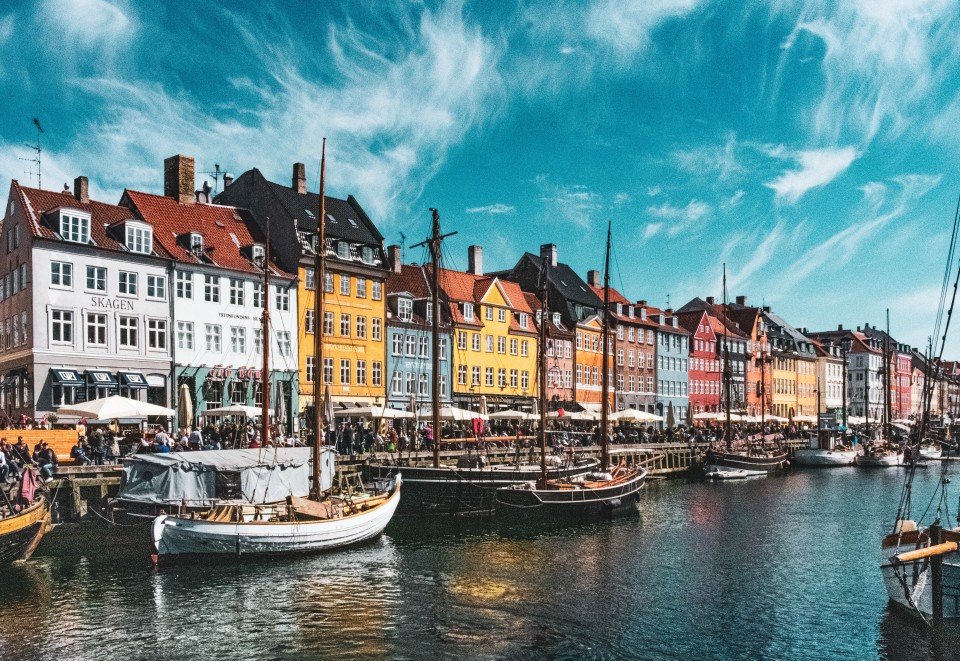
Willemstad, an enchanting Dutch town with a rich maritime heritage, is located in the South-West of the Netherlands. A UNESCO World Heritage Site, Willemstad boasts captivating pastel-coloured buildings showcasing a unique Dutch colonial style. Alongside its stunning beauty, Willemstad is also renowned for its 17th-century fortifications such as the incredible Fort Amsterdam.
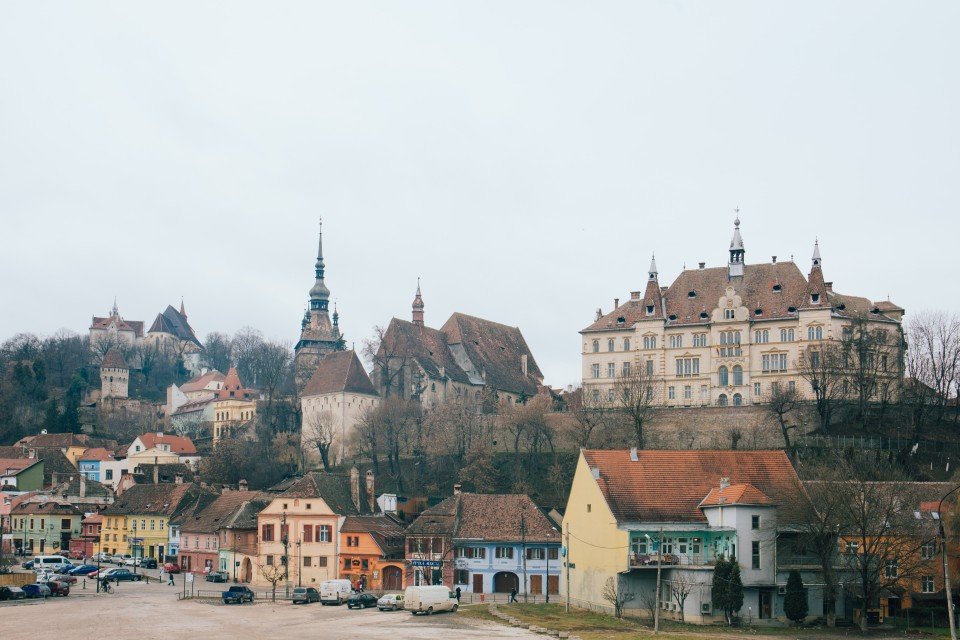
Sitting on the banks of the Danube River, Giurgiu is a Romanian city best known for its historical significance, home to landmarks such as the Clock Tower and the Giurgiu Fortress. What's more, Giurgiu acts as a vital transportation hub that connects Romania to Bulgaria via the Danube Bridge, and is also recognised for its agriculture.
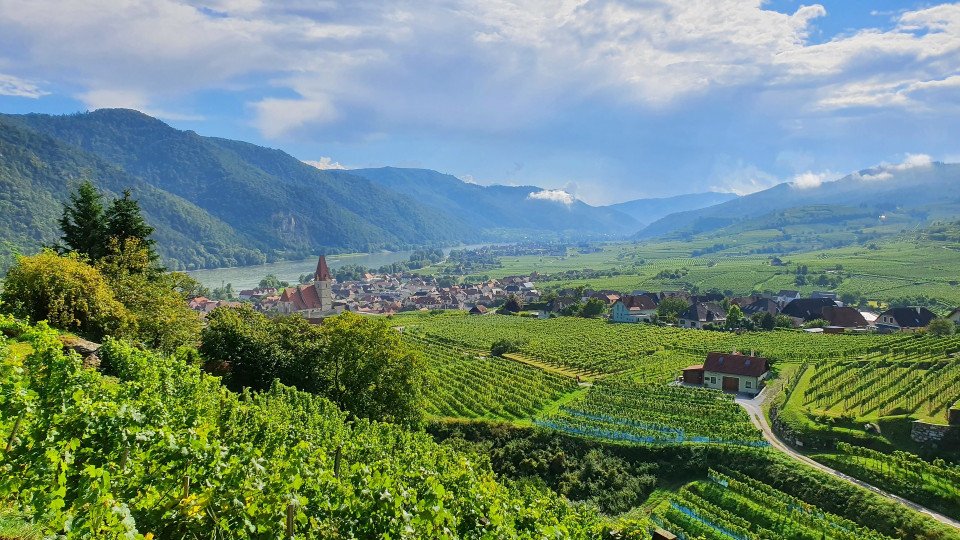
Weissenkirchen, Austria, is situated in the heart of the Wachau Valley, a UNESCO World Heritage Site renowned for its breath-taking hillsides adorned with vineyards. Visitors find themselves enamoured by the village's stunning architecture, in particular the iconic church tower, and are invited to indulge in the local wines for a truly immersive experience.
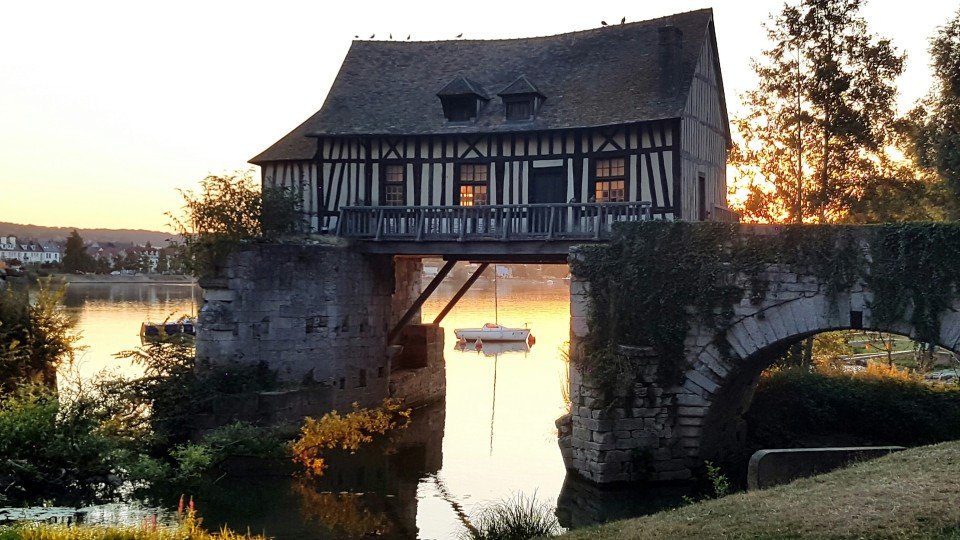
Situated in the Normandy region of France alongside the river Seine, Vernon is a must-visit town best known for the iconic Monet's Garden at Giverny, located just a short distance away. Within the town, art enthusiasts and nature lovers are enchanted by timber-framed houses, a medieval bridge and the awe-inspiring Collegiate Church of Our Lady.
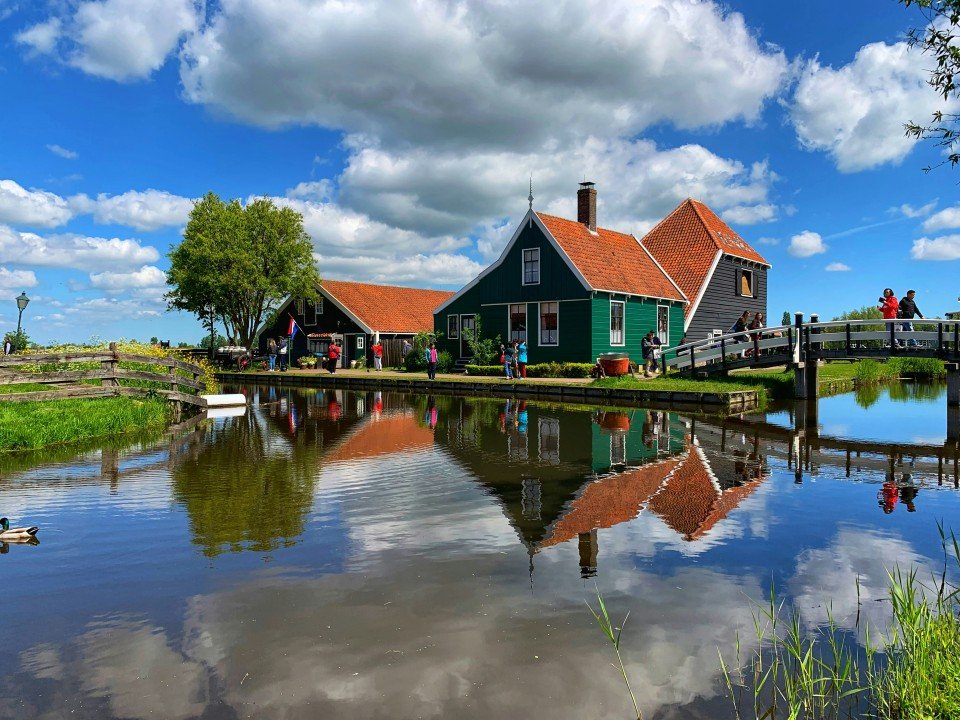
Zaandam, famous for its iconic windmills, colourful wooden houses and charming canals, is a postcard-worthy town located just north of Amsterdam. With a blend of old-world charm and contemporary allure, Zaandam tells a story of Dutch heritage and tradition complemented by modern amenities, including shopping venues, cultural hotspots and culinary variety.
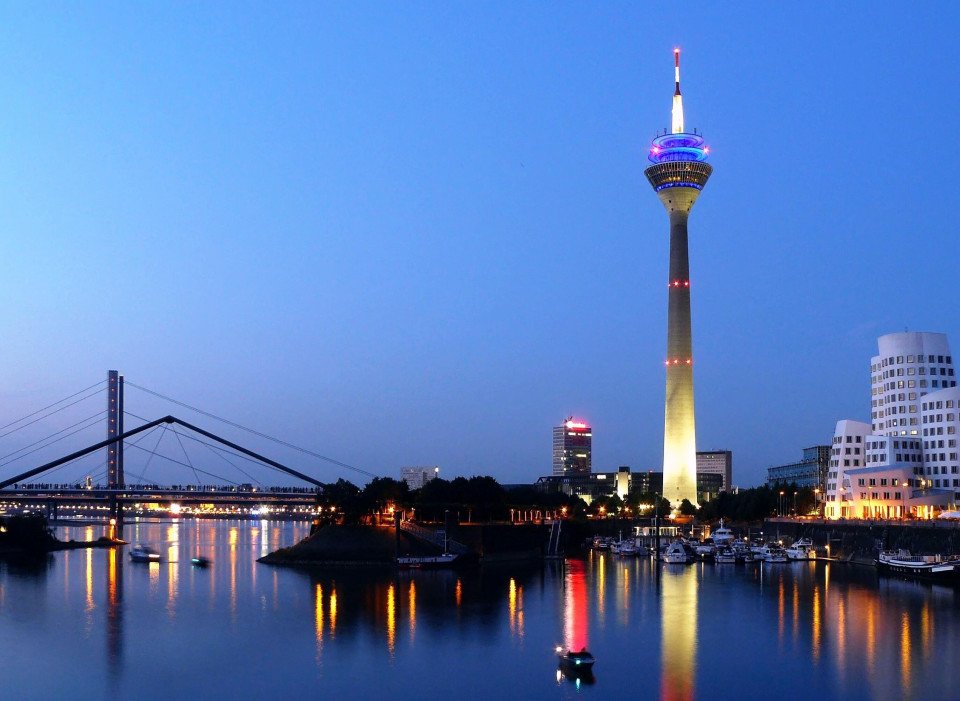
World-renowned for its vivacious arts and fashion scene, Düsseldorf sits along the Rhine River in western Germany and beautifully blends contemporary architecture with historic significance, offering its visitors a wonderfully diverse experience. Düsseldorf boasts an array of museums, galleries and boutiques, making it a key cultural hub.
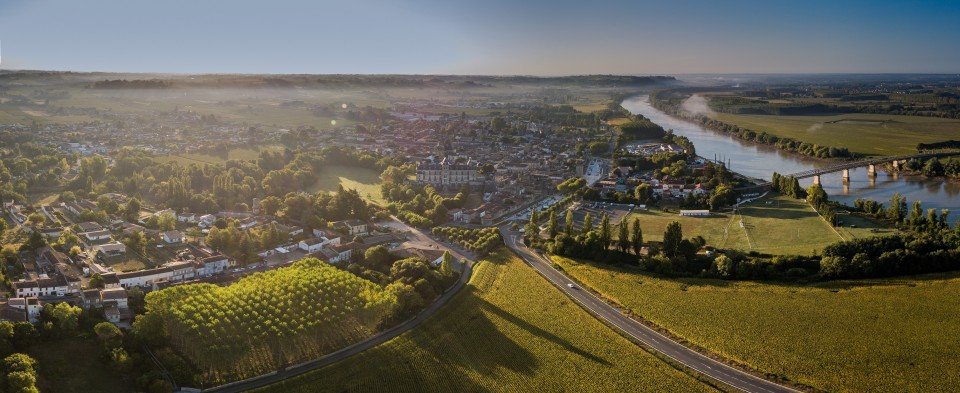
Cadillac, France, is a charming town in the Gironde department, known for its historic architecture and vineyards. Famous for its production of sweet white wines, especially Cadillac Côtes de Bordeaux, the town features a well-preserved 18th-century château and picturesque streets. Set along the Garonne River, Cadillac offers scenic views and a rich heritage, blending historical charm with local wine culture. Its vibrant markets and serene atmosphere make it a pleasant destination for those exploring the Bordeaux wine region.
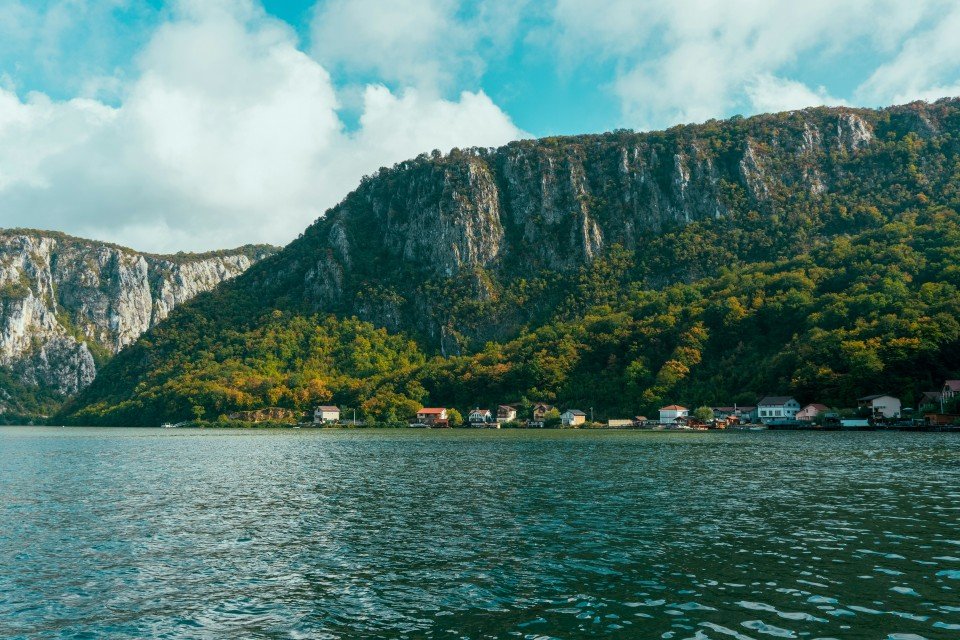
As the River Danube flows through the Carpathian Mountains, the breath-taking gorge known as the Iron Gates is formed, creating a natural border between Serbia and Romania. Characterised by steep limestone cliffs towering dramatically over the water, painting a magnificent landscape, this awe-inspiring stretch of the Danube is not only rich in natural beauty but also holds significance culturally and historically, home to archaeological remnants that date back to ancient times. The Iron Gates Dam is also situated within the Iron Gates, one of Europe's largest hydro-electric power stations, only further enhancing the gravity of the geographical marvel.
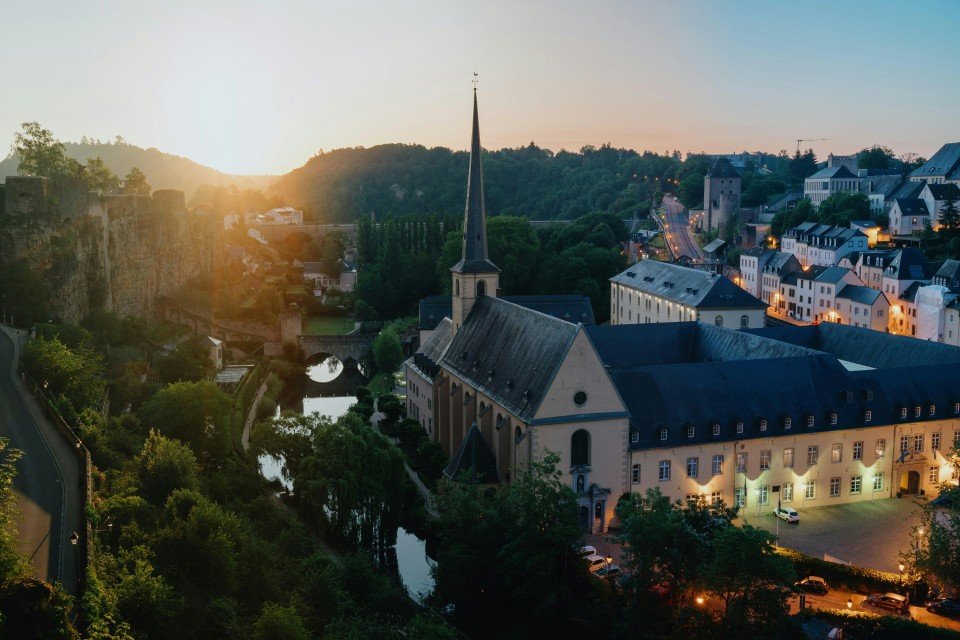
Luxembourg is a founding member of the European Union, and has a significant role in European politics and finance, hosting numerous EU institutions and multinational corporations. Despite its small size, Luxembourg boasts an impressive cosmopolitan atmosphere, rich cultural history, economic prosperity and historic charm, attracting residents and tourists alike.
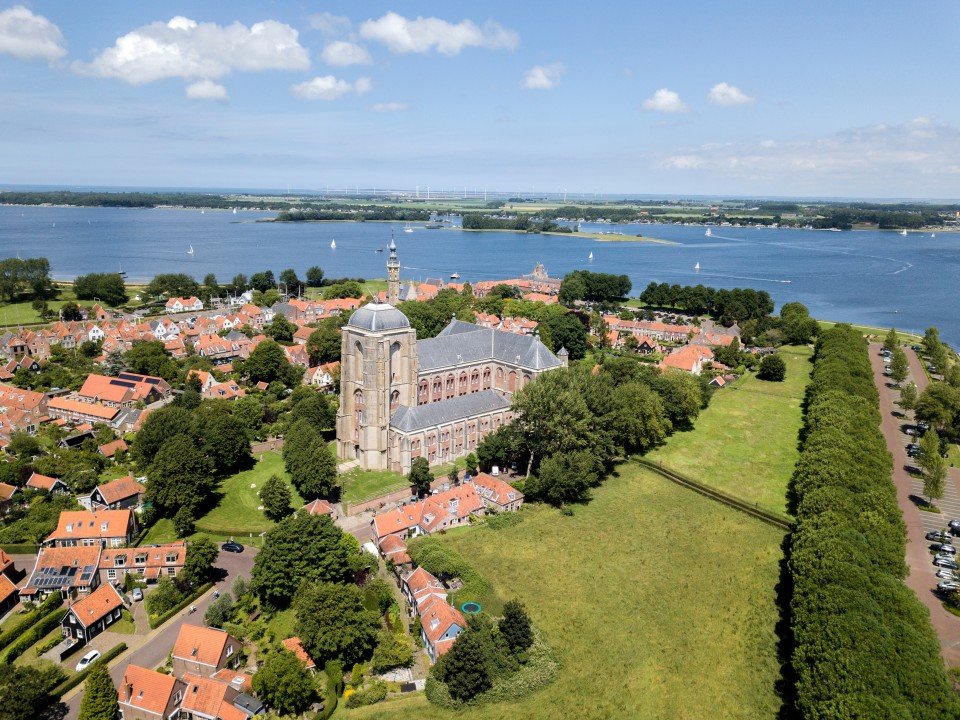
-custom_banner-banner_half.jpg)
Adorned with stunning Gothic architecture, Rouen is a city steeped in history situated in the Normandy region of France. Notable city landmarks include the breath-taking Rouen Cathedral, immortalised by Claude Monet's artwork, and the medieval astronomical clock, the Gros-Holorge. The charming old town paved with cobblestone and lined with half-timbered houses only serves to enhance the medieval charm, providing a fitting backdrop to the city's rich cultural heritage and associations with iconic figures such as Joan of Arc, seamlessly blending historical implication with French provincial charm.
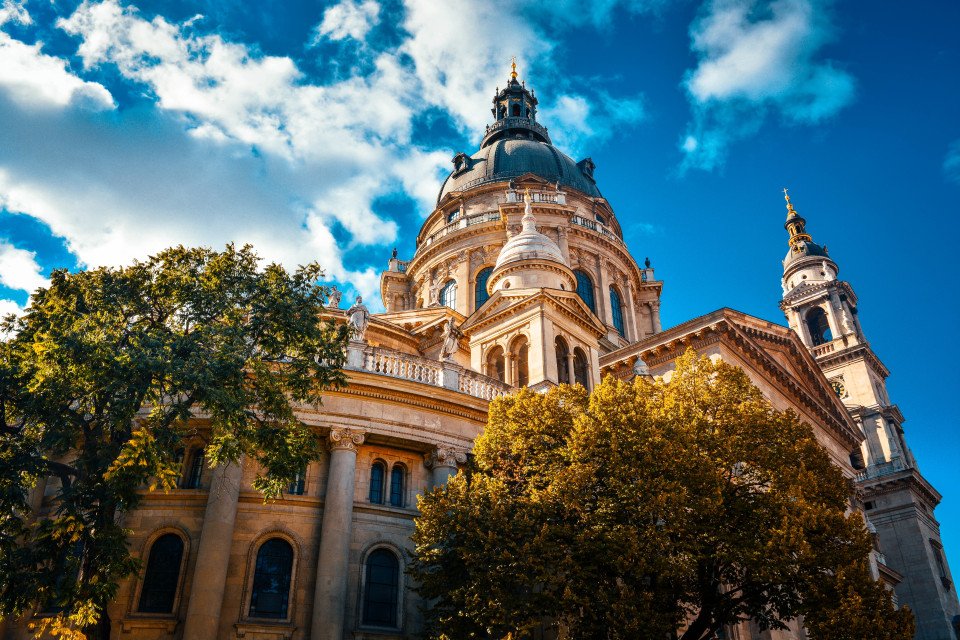
Budapest is the capital city of Hungary and is located over the River Danube. It is one of the largest cities in the European Union and much of its historical sites have been awarded UNESCO World Heritage Site status. Originally formed in 1873 by the joining of Buda, Pest and Old Buda, the city suffered heavy destruction during World War II and was rebuilt into the country's political, cultural and commercial hub it is now. Bridges and railways connect the city over the Danube, including the six small islands situated on the river themselves. Some of Budapest’s UNESCO World Heritage sites include Chain Bridge, Budapest Parliament, the striking Matthias church and the iconic Royal Palace visible from every location within Budapest City. The Castle Hills district architecture represents over a thousand years of the city's history with examples of Roman, Turkish, Gothic, Renaissance and Art Nouveau styles. Budapest also has a rich Jewish heritage and is home to the largest synagogue in Europe. The city has an abundance of restaurants offering international cuisines, as well as traditional Hungarian dishes ,including goulash soup, a very popular lunchtime dish. Hungarians enjoy their coffee so a traditional cafe is never hard to find.
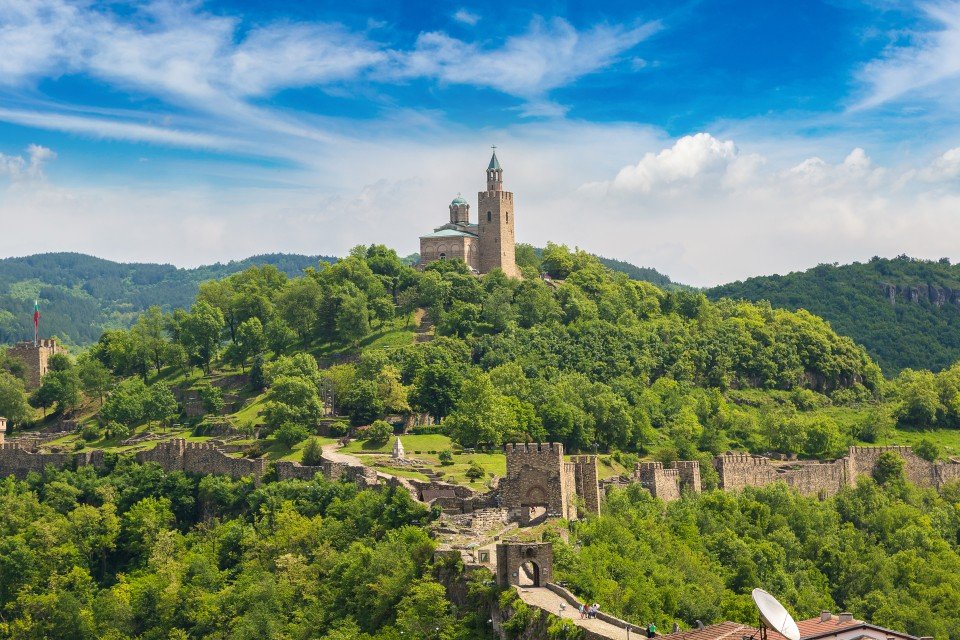
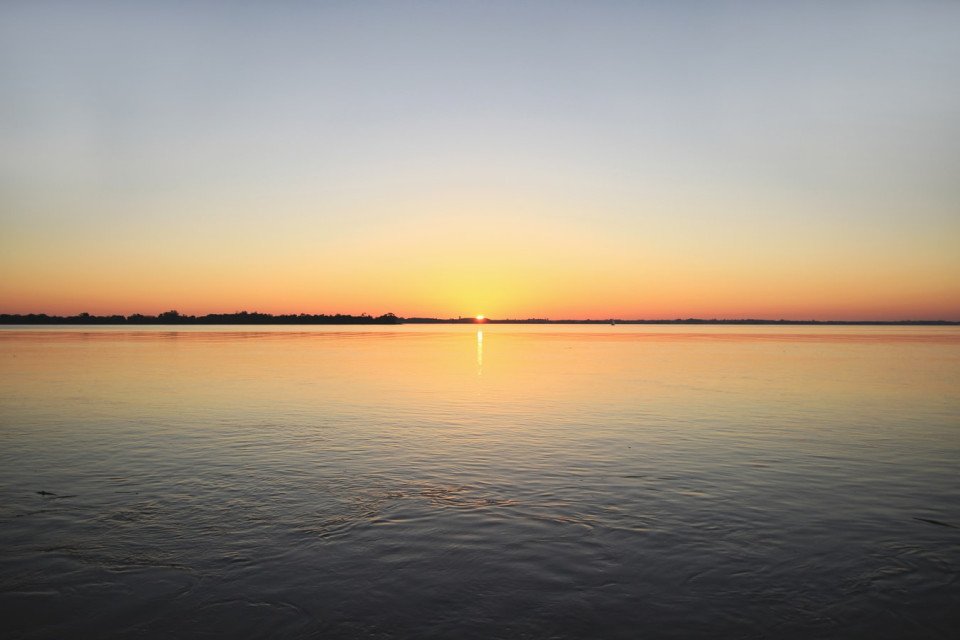
Blaye, France, is a picturesque town in the Gironde department, renowned for its historic Blaye Citadel, a UNESCO World Heritage site with stunning views of the Gironde estuary. The town boasts charming streets, vibrant markets, and renowned vineyards producing exceptional wines, including Blaye Côtes de Bordeaux. Blaye’s blend of historical architecture, scenic river views, and local wine culture makes it an inviting destination for history enthusiasts and wine lovers alike.
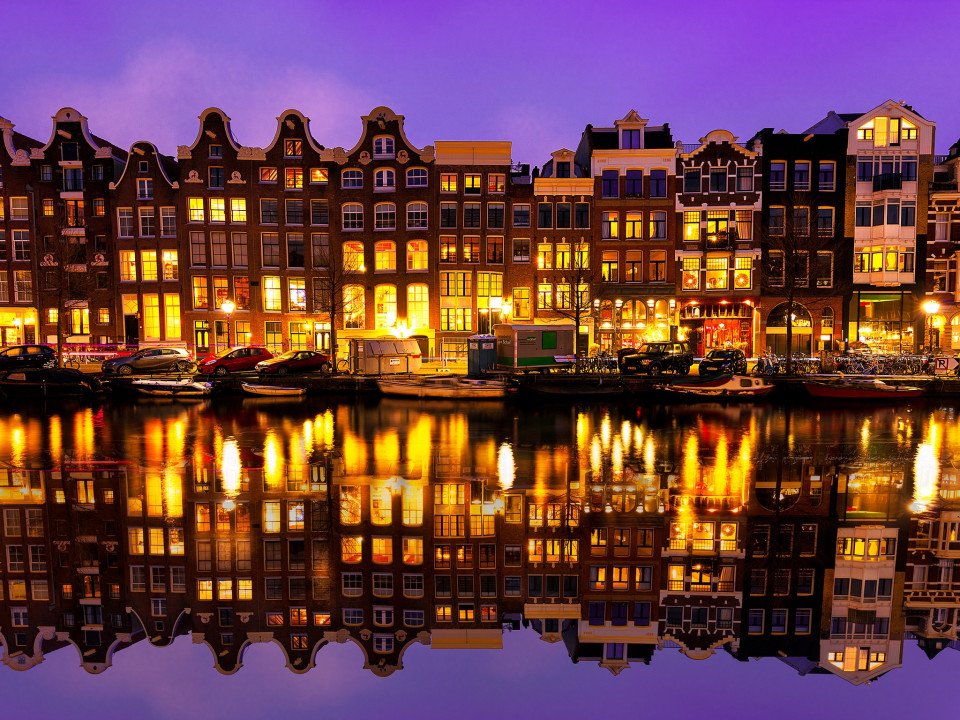
Amsterdam combines the unrivaled beauty of the 17th-century Golden Age city center with plenty of museums and art of the highest order, not to mention a remarkably laid-back atmosphere. It all comes together to make this one of the world's most appealing and offbeat metropolises in the world. Built on a latticework of concentric canals like an aquatic rainbow, Amsterdam is known as the City of Canals—but it's no Venice, content to live on moonlight serenades and former glory. Quite the contrary: on nearly every street here you'll find old and new side by side—quiet corners where time seems to be holding its breath next to streets like neon-lit Kalverstraat, and Red Light ladies strutting by the city's oldest church. Indeed, Amsterdam has as many lovely facets as a 40-carat diamond polished by one of the city's gem cutters. It's certainly a metropolis, but a rather small and very accessible one. Locals tend to refer to it as a big village, albeit one that happens to pack the cultural wallop of a major world destination. There are scores of concerts every day, numerous museums, summertime festivals, and, of course, a legendary year-round party scene. It's pretty much impossible to resist Amsterdam's charms. With 7,000 registered monuments, most of which began as the residences and warehouses of humble merchants, set on 160 man-made canals, and traversed by 1,500 or so bridges, Amsterdam has the largest historical inner city in Europe. Its famous circle of waterways, the grachtengordel, was a 17th-century urban expansion plan for the rich and is a lasting testament to the city’s Golden Age. This town is endearing because of its kinder, gentler nature—but a reputation for championing sex, drugs, and rock ’n’ roll does not alone account for Amsterdam's being one of the most popular destinations in Europe: consider that within a single square mile the city harbors some of the greatest achievements in Western art, from Rembrandt to Van Gogh. Not to mention that this is one of Europe's great walking cities, with so many of its treasures in the untouted details: tiny alleyways barely visible on the map, hidden garden courtyards, shop windows, floating houseboats, hidden hofjes(courtyards with almshouses), sudden vistas of church spires, and gabled roofs that look like so many unframed paintings. And don’t forget that the joy lies in details: elaborate gables and witty gable stones denoting the trade of a previous owner. Keep in mind that those XXX symbols you see all over town are not a mark of the city's triple-X reputation. They're part of Amsterdam's official coat of arms—three St. Andrew's crosses, believed to represent the three dangers that have traditionally plagued the city: flood, fire, and pestilence. The coat's motto ("Valiant, determined, compassionate") was introduced in 1947 by Queen Wilhelmina in remembrance of the 1941 February Strike in Amsterdam—the first time in Europe that non-Jewish people protested against the persecution of Jews by the Nazi regime.
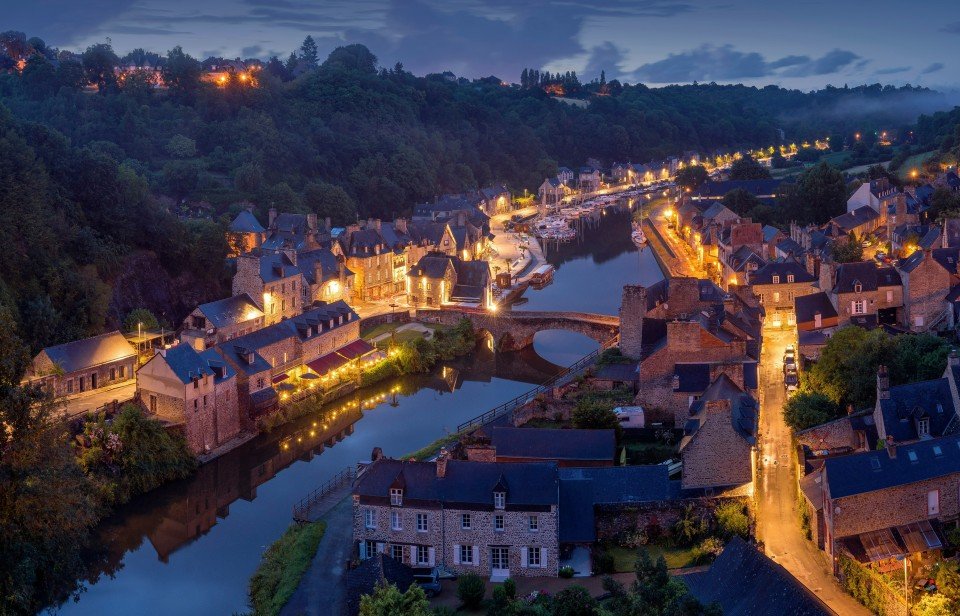
Tournus, characterised by Romanesque architecture and the iconic Abbey of Saint-Philibert, is a historical town situated in the Saône-et-Loire department. Its cultural significance exudes through its well-preserved structures, and visitors find themselves immersed in vibrant local markets showcasing regional produce, or enjoying serene walks along the stunning Saône River.
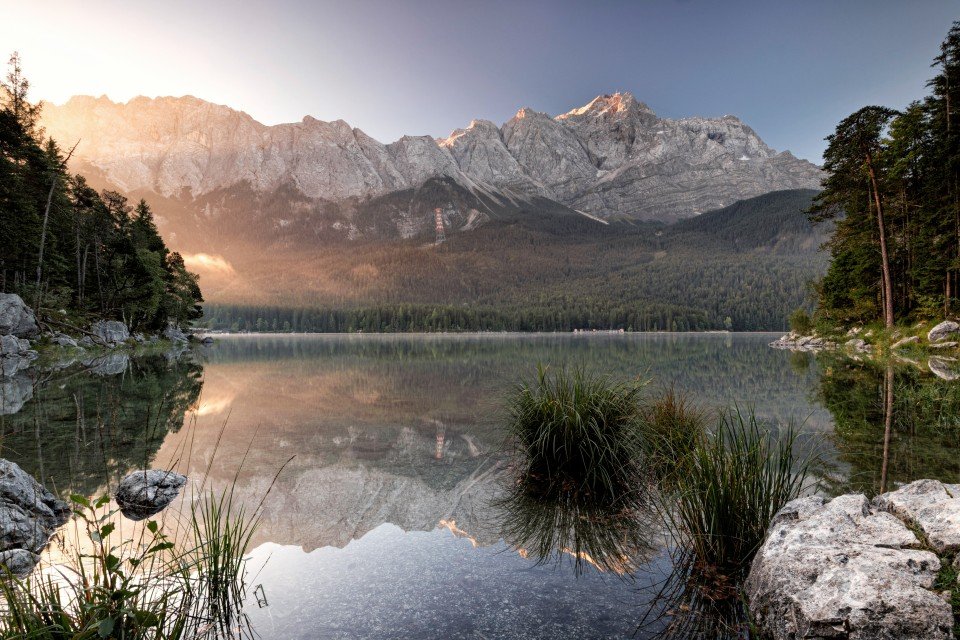
A charming town known for its winemaking traditions, Kitzingen is located in Bavaria alongside the Main River, home to historic landmarks including the Old Main Bridge and the Kitzingen Fortress, reflecting its medieval past. With festivals and events celebrating its wine culture, Kitzingen's vibrant atmosphere make it a must-visit destination for history enthusiasts, as well as those seeking a taste of regional Bavarian hospitality.
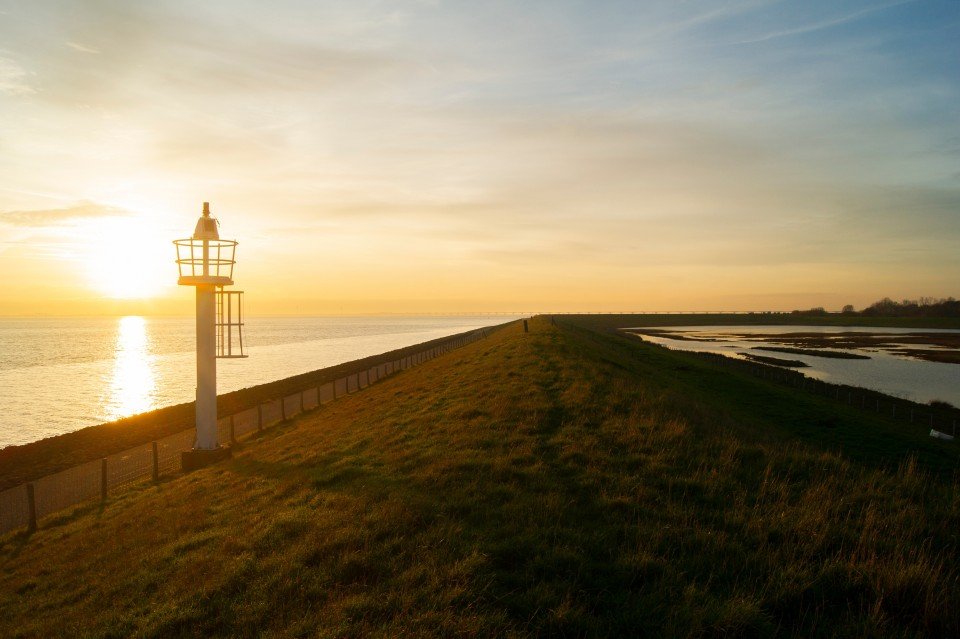
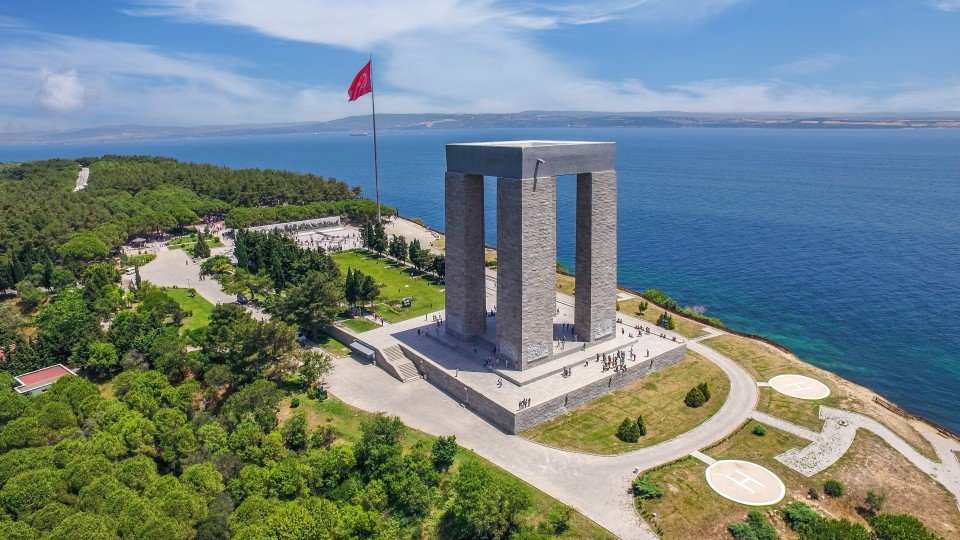
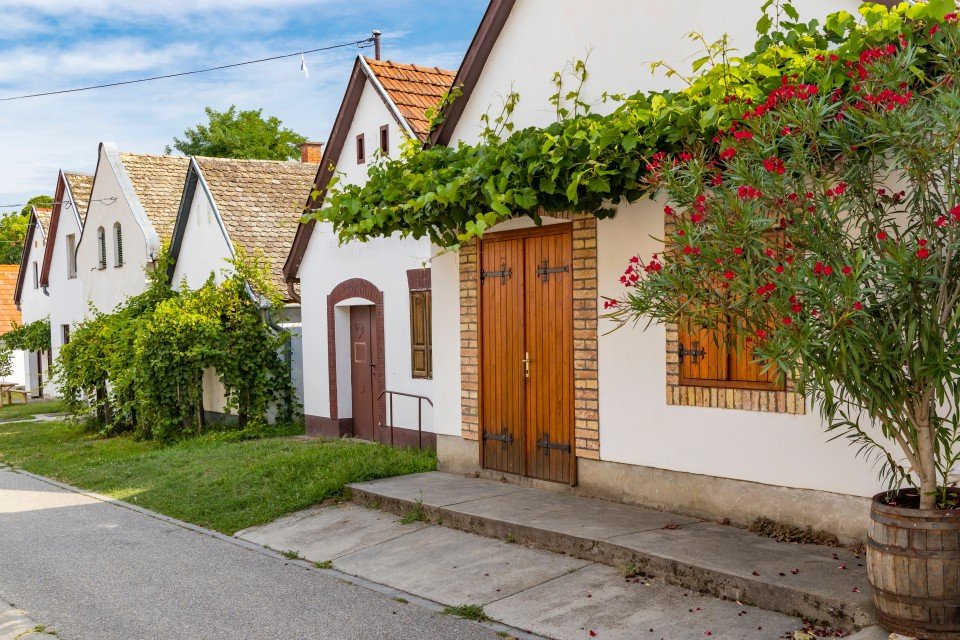
Known for its vibrant red paprika fields, Kalocsa is a delighing town situated along the banks of the Danube adorned with intricate architecture and famed for its culinary prowess. With a rich tapestry of cultural heritage and history, Kalocsa embodies traditional folklore and tradition, attracting a global audience of visitors to engage in its lively festivities.

Vienna is the capital and largest city of Austria. Located on the Danube River in the East of the country, the city is renowned for its strong music heritage and rich culture, and is the largest German speaking city in the world, outside of Berlin. In 2001, Vienna was designated a UNESCO World Heritage Site and boasts magnificent architecture. The city is home to over 27 castles and 150 palaces including the symbolic Gothic St Stephen’s Cathedral and the iconic Schönbrunn Palace. Art and music are in abundance and all tastes are catered for. Live music venues offer everything from Rock to Opera. Enjoy world class performances at Vienna State Opera and experience the epicentre of international concert life at Musikverein. Modern and historical art can be found in indoor and outdoor spaces around the city, and a visit to the famous Kunsthistorisches Museum (KHM) is highly recommended. Enjoy views of the city from the Danube Tower and the Giant Ferris Wheel, then relax in the ample cosy coffee houses, cafes, bars and restaurants where traditional and international cuisines are served, as well as the locally produced wines.
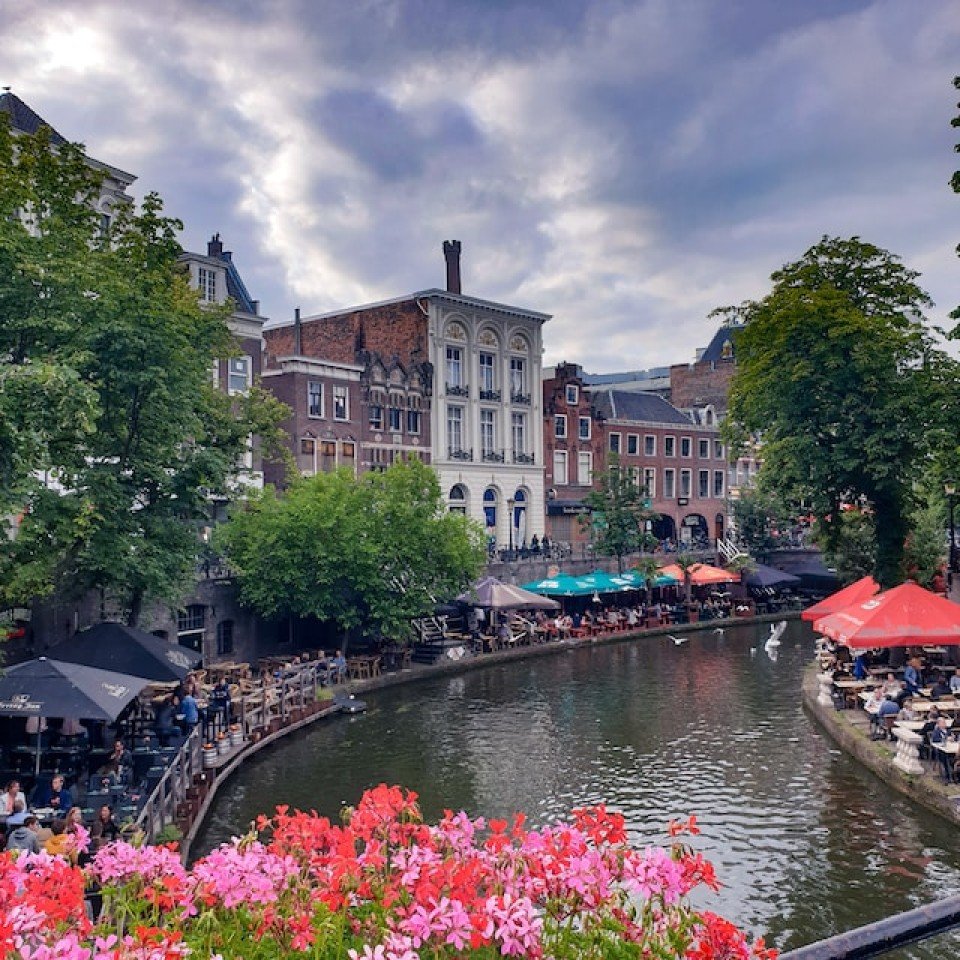
Utrecht is a city in the Netherlands, known for its medieval center. It has tree-lined canals, Christian monuments and a venerable university. The iconic Domtoren, a 14th-century bell tower with city views, stands opposite the Gothic Cathedral of St. Martin on central Domplein square. The Museum Catharijneconvent shows religious art and artifacts in a former monastery.
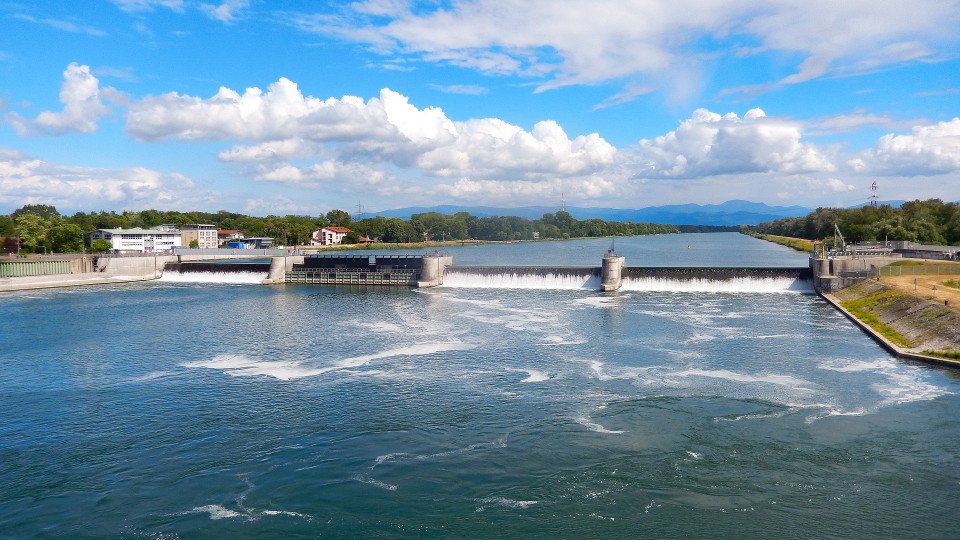
Breisach is a town located in Southwest Germany on the French border. The town is situated in the Rhine Valley on the banks of the river Rhine and dates back over four thousand years. Breisach and its history can be experienced through the City History Museum, which houses a permanent exhibition taking you from Stone Age through the Celtic, to the Romans and Middle Ages, right up to modern day. St Stephen's Cathedral is home to the city’s famous art treasures, the wheel wells, which are housed in the neighbouring Radbrunnenturm with the forty one metre deep water well. The cathedral is also home to many other treasures including the High Altar of Master HL and wall paintings by Martin Schongauer as well as High Gothic and Roman architecture. A visit to the Blue House, the former Jewish Community Centre, is highly recommended. Now owned by the Friends of Former Jewish Community House Breisach it exhibits memorials to Breisach’s Jewish heritage.
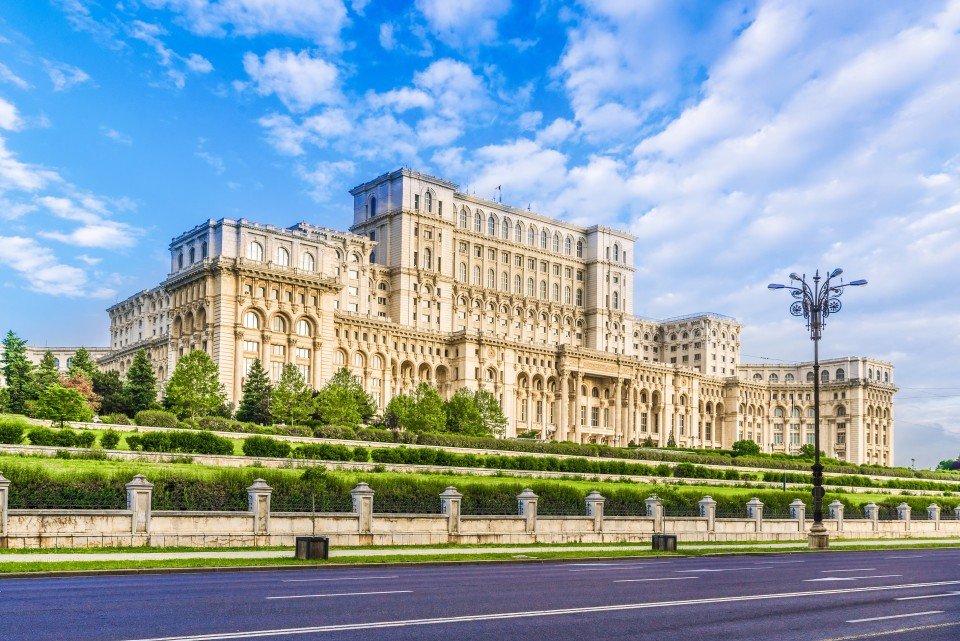
Bucharest, in southern Romania, is the country's capital and commercial center. Its iconic landmark is the massive, communist-era Palatul Parlamentului government building, which has 1,100 rooms. Nearby, the historic Lipscani district is home to an energetic nightlife scene as well as tiny Eastern Orthodox Stavropoleos Church and 15th-century Curtea Veche Palace, where Prince Vlad III (“The Impaler”) once ruled.
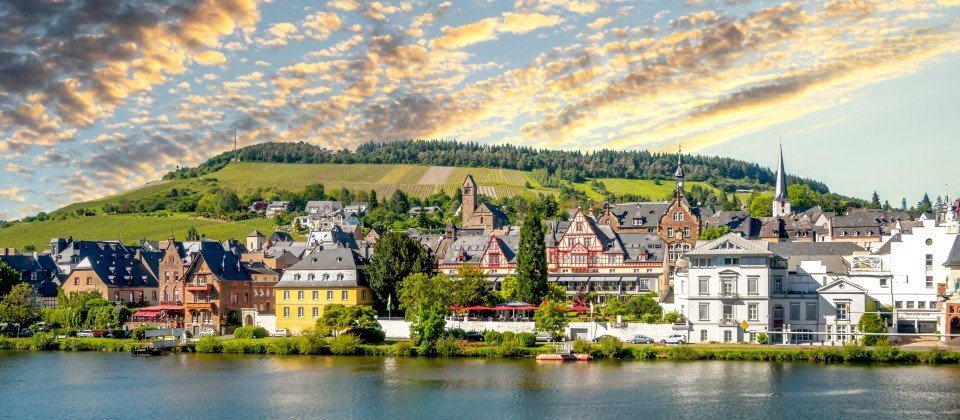
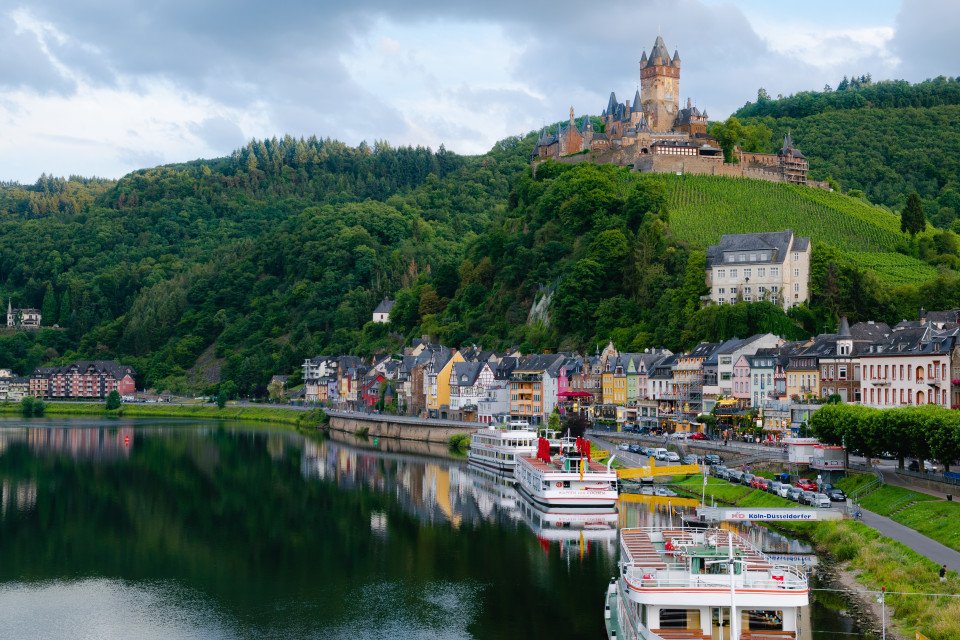
A town characterised by enchanting medieval charm, Cochem sits along the stunning Moselle River in Germany, overlooked by the fascinating hilltop Reichsburg Castle. Cochem's skyline looks as though it were lifted directly from a postcard, decorated with half-timbered houses, charming streets and the Moselle river meandering alongside. A reputable hub for impeccable Riesling wines, Cochem is also famed for its local vineyards, offering visitors a taste of traditional German wine production.
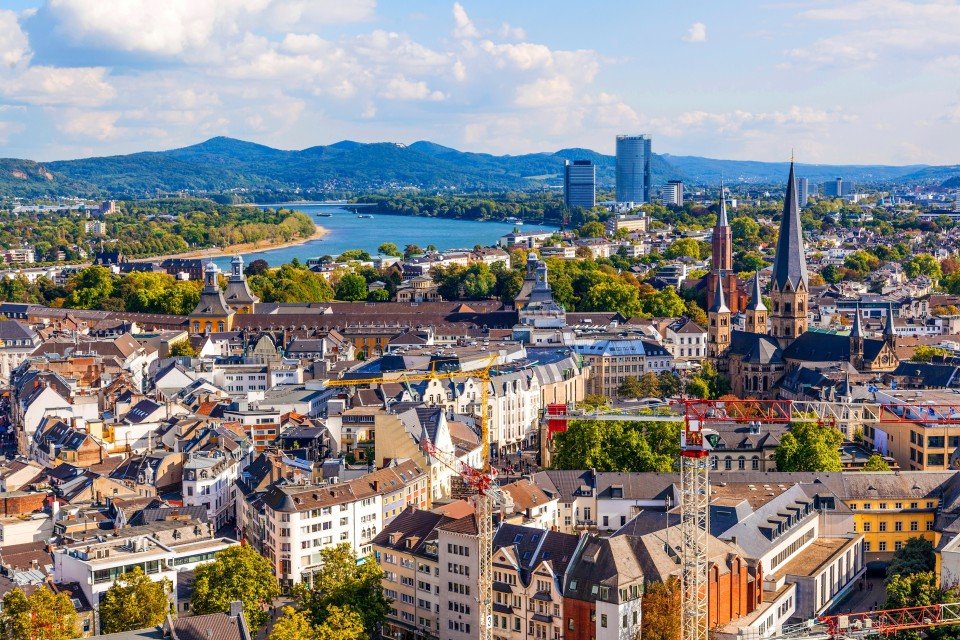
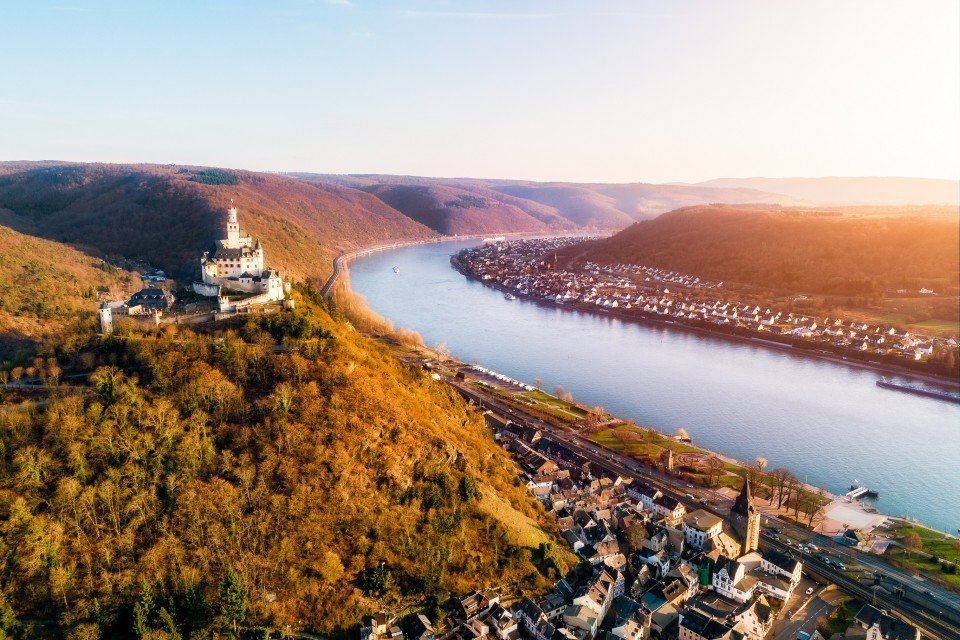
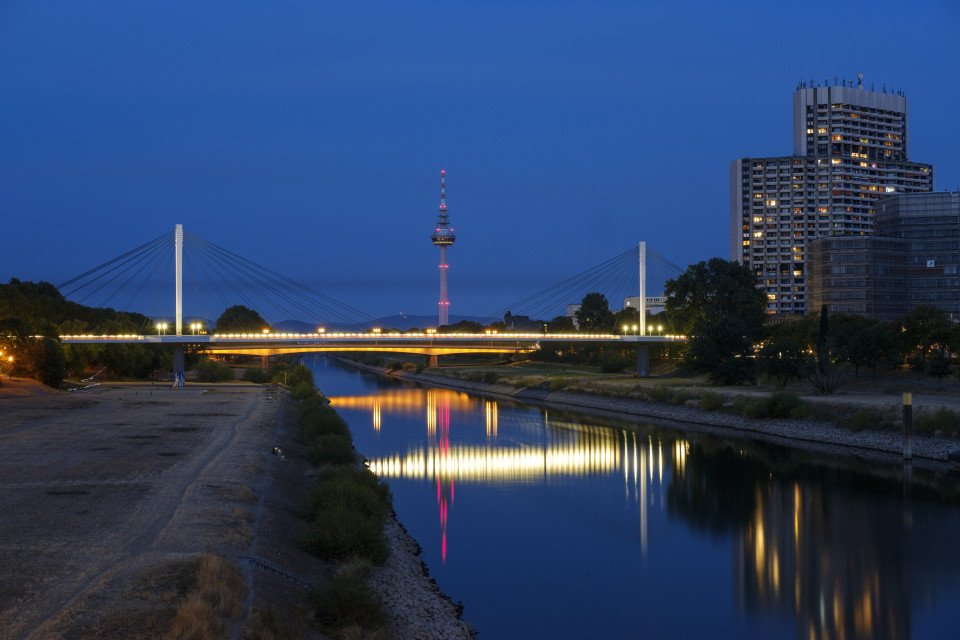
Mannheim, Germany, is a dynamic city known for its distinctive grid layout and vibrant cultural scene. Located at the confluence of the Rhine and Neckar rivers, it features the impressive Mannheim Palace and the lush Luisenpark. The city's modern architecture contrasts with its historical roots, while its thriving arts scene includes theaters, museums, and music festivals. Mannheim is also a key industrial and commercial hub, making it a blend of cultural richness and economic vitality.
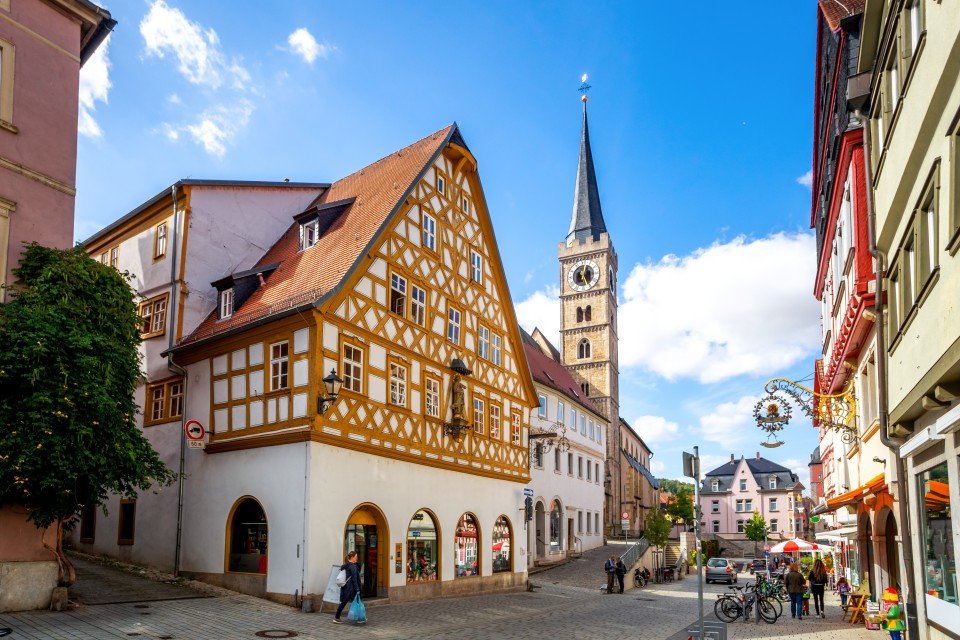
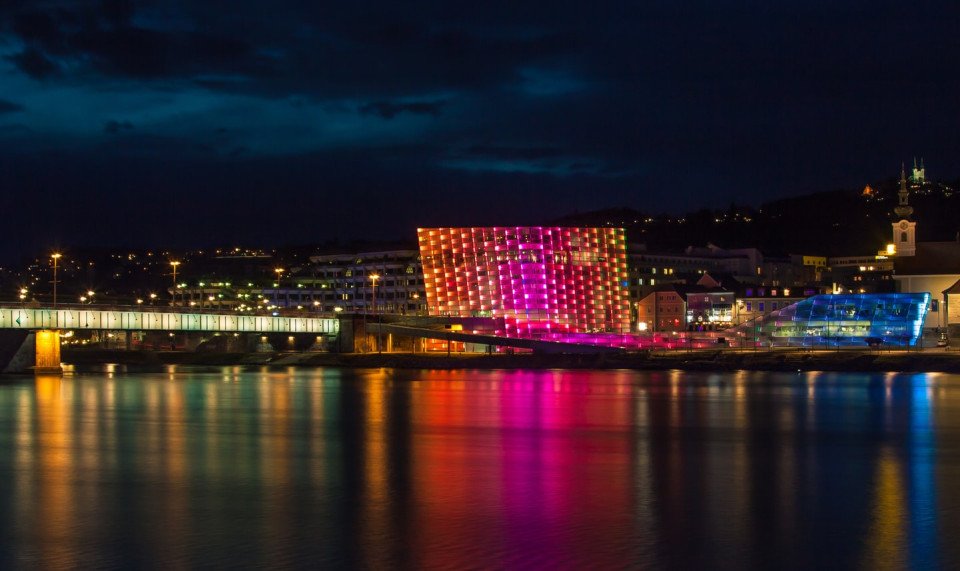
Linz is a city in northern Austria located on both banks of the Danube River and is a short distance from Salzburg and Vienna. Linz has been awarded UNESCO City of Media Arts status and prides itself on offering a broad spectrum of events, activities and cultural institutions. Enjoy popular open air concert such as Klassik am Dom and extravagant street performances, which attract large crowds and popular international artists. Art galleries and centres are in abundance around the city as well as many museums housing international collections and depictions of the history and heritage of Linz. The architecture of the city also plays an important role in Linz’s cultural heritage with Main Square, Old Town and Mariendom Cathedral being some key attractions. Families will enjoy a trip to Postlingberg, located high up in the mountains and featuring a zoo, the Grottenbahn and spectacular views of the river and city below.
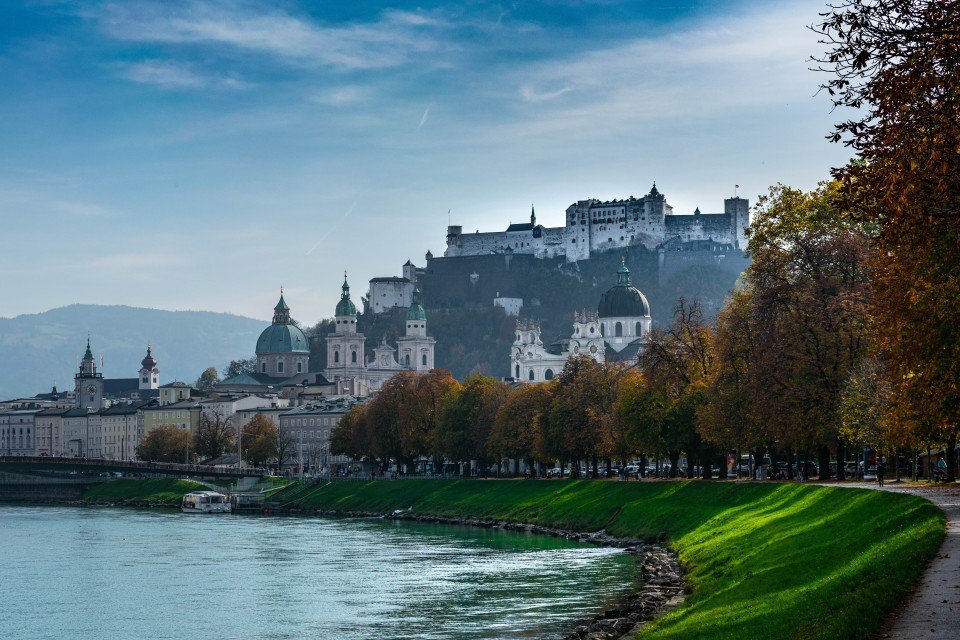
Salzburg, tucked away in the heart of Austria, is a city with music and harmony woven deeply into the tapestry of its culture, as it was once the birthplace of the legendary Wolfgang Amadeus Mozart. Paying tribute to its orchestral legacy, Salzburg now hosts the annual Mozart Festival, attracting a global audience of classical music enthusiasts. What's more, the city's historic old town is a UNESCO World Heritage Site, and features historic landmarks such as Hohensalzburg Fortress and the iconic Mirabell Palace and Gardens, offering visitors a journey through centuries of history.
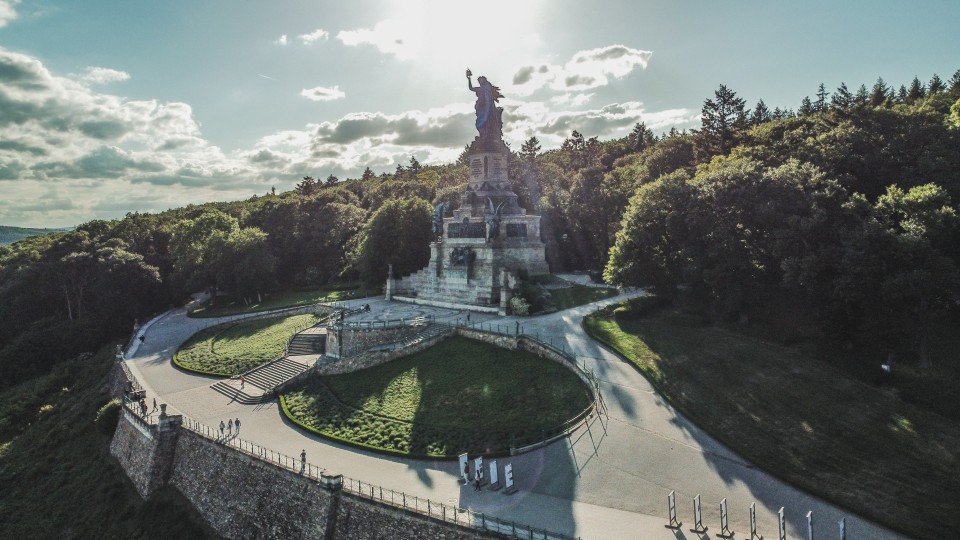
Rudesheim am Rhine is a town in the Rhine Valley in Germany and part of the UNESCO World Heritage Site of Rhine Gorge. It is known for its production of Riesling wine and has been popular for its wine making since ancient times. The Medieval Bromserburg Castle is home to the Rheingau Wine Museum and wine is a crucial part of Rudesheimer culture. The town is surrounded with vineyards and wineries, as well as many local wine bars and seasonal wine taverns. Wine tasting is a must do in Rudesheim and dining out is a great accompaniment. The local cuisine is seasonal and is closely intertwined with the wine growing traditions together with soups such as Zwiebelkuchen, Handkäs mit Musik and Spundekäs. Nordic Walking is popular around town, with five adventure trails around the vicinity, as well as many popular cycling routes. Great views of the town can be found from the water, the cable car to Niederwald Monument and the Monument itself. Old Town has the best examples of the town’s architecture with Eagle Tower, Oberstrasse and Rheinstein Castle some key sites to visit.
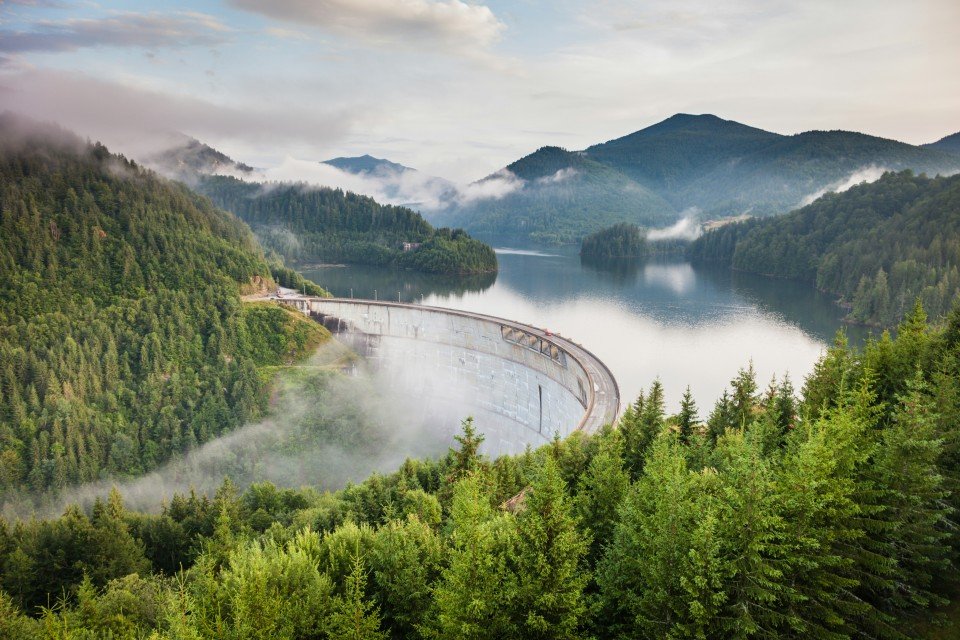
Oltenita is an embodiment of culture and history, situated along the banks of the Danube in Romania. Located the Călărași County, Oltentia is characterised by charm, serenity and tradition, boasting a vibrant community where age-old customs are observed with fervour by the locals. Visitors are immersed in the warmth and hospitality that exudes from the town, exploring enchanting streets rich with timeless allure.

Bratislava is the capital city of Slovakia and is located along the Danube a river on the borders of Austria and Hungary. The city is surrounded by the Little Carpathians Mountains and vineyards as well as its iconic reconstructed Bratislava Castle overlooking Old Town. The castle offers a picturesque view of the city, the neighbouring countries and is home to the Museum of History. Bratislava offers a blend of historic and modern attractions including the Old Town Hall, now home to the Bratislava City Museum, the UFO Bridge, Martin’s Cathedral, Michael’s Gate and Blue Church St Elizabeth’s. Bratislava is home to one of the oldest city parks in Central Europe and is popular with walkers, runners and cyclists as is the city forest park and foothills of the Carpathian Mountains. The city is popular for its locally brewed beers and has many micro-breweries and underground beer cellars. The local cuisine of Bratislava is an eclectic influence of European cultures including Slovak, Hungarian, Austrian and German and serves as a reminder of the history of this cosmopolitan city. However, visitors will find an array of offerings to suit all tastes with lunch being the main meal of the day and roast goose with lokse considered a signature dish of the area.
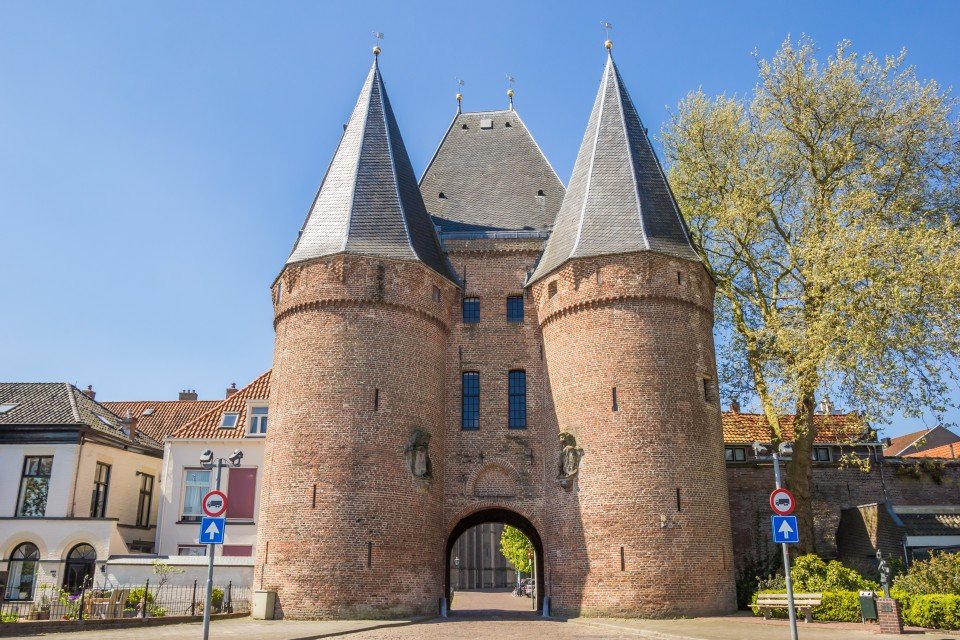
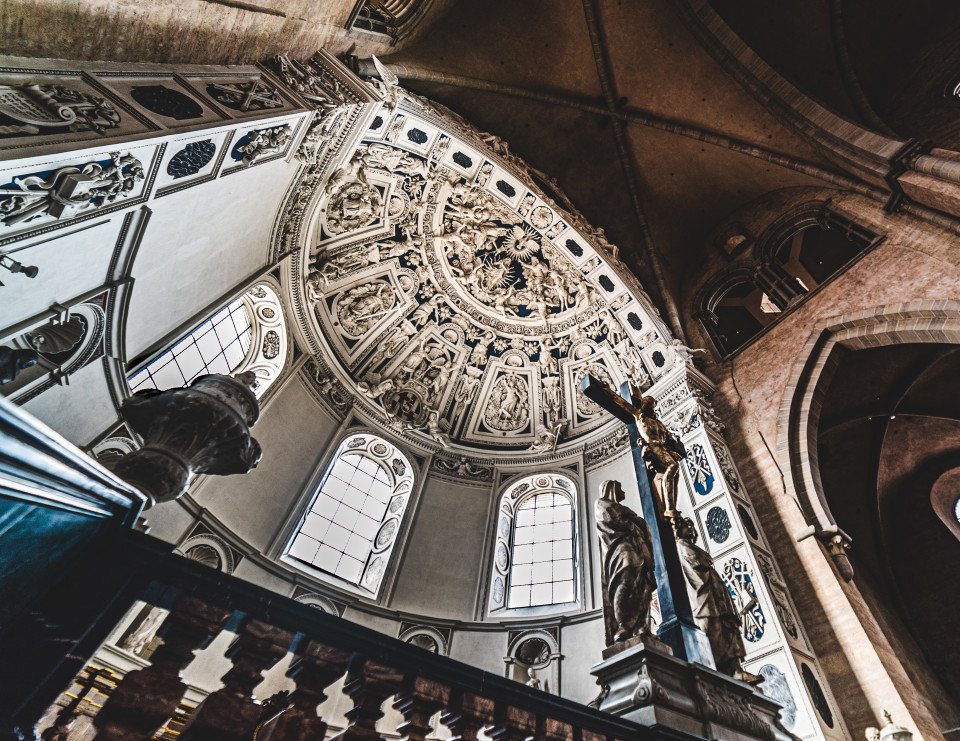
One of the oldest cities in Germany, Trier's rich history dates back over 2,000 years as the former capital of the Western Roman Empire. The city is home to an impressive array of well-preserved Roman ruins, including the iconic Porta Nigra, a massive city gate. What's more, Trier boasts several UNESCO World Heritage Sites, such as the Roman amphitheater and the Imperial Baths. Besides its captivating past, Trier also offers a unique blend of contemporary and traditional elements, with an enchanting old town, lively market squares and a vivid cultural scene.
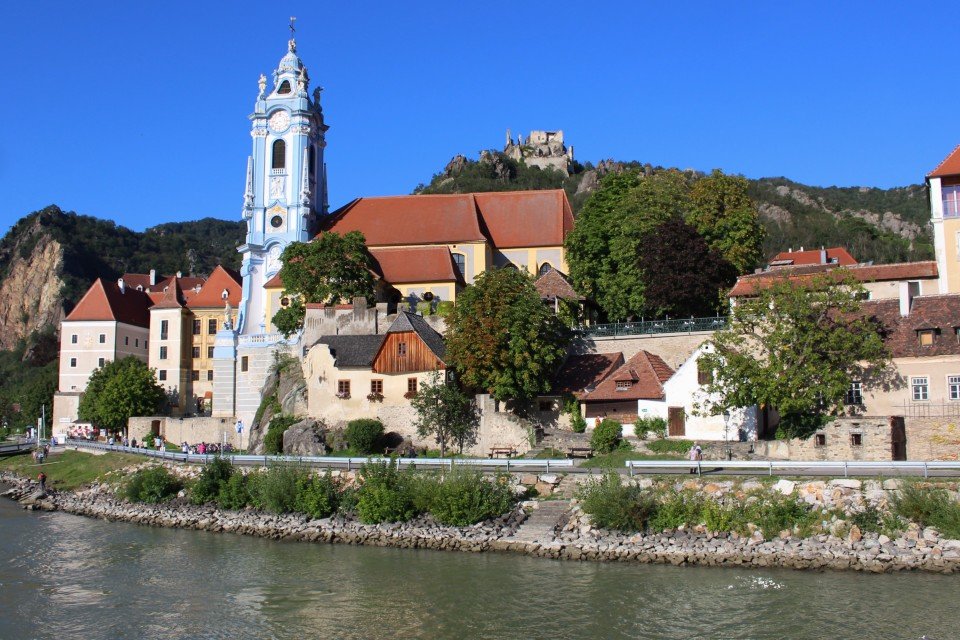
Dürnstein is a town located in the Northeast of Austria, situated on the Danube river. It is part of the UNESCO World Heritage site and wine region of Wachauer. It is a popular destination for wine lovers as many wineries offer accommodation. In addition to wine tasting and vineyard tours, visitors will find exploring the area on foot is easy and enjoyable. Take one of the many beautiful hiking trails across ancient rocks and admire the impressive views across the Danube valley. Children will enjoy exploring the outdoors of Dürnstein too, with outdoor playgrounds and theme trails available to keep them entertained. In addition, children and adults will enjoy Austria’s only outdoor biological swimming pool, Kuenringerbad, with an average temperature of 23 degrees celsius. Enjoy views of the town from overhead helicopter tours, leisurely river excursions, or hike up into the mountains and explore some of Dürnstein’s ruins. The mountains offer the ruins of Dürnstein castle and city wall as well as beautiful flora and fauna to spot.
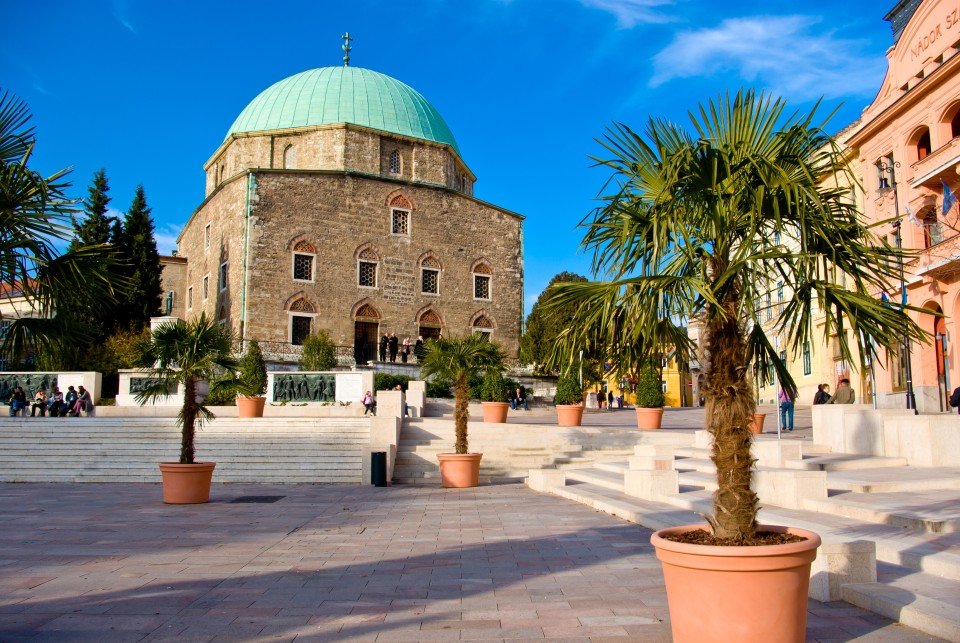
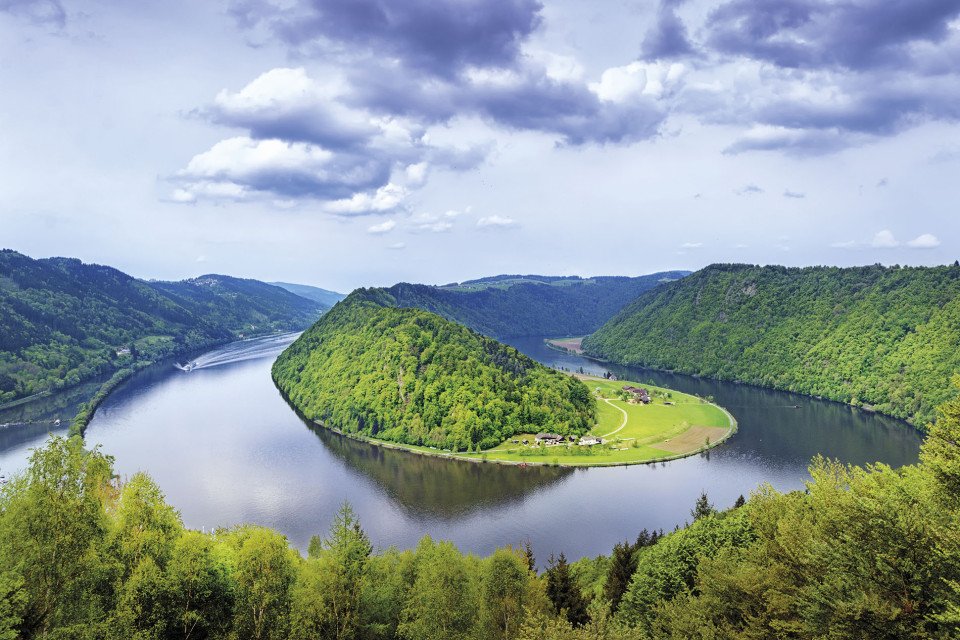
Passau is a German city located in the Southeast of Germany on the Austrian border. It is situated at the confluence of the rivers Danube, Inn and Ilz. The Three Rivers City, as it’s also known, is unique for its three contrasting currents of blue, green and black. Old Town of Passau is home to towering buildings of striking architecture: the majestic fortress Veste Oberhaus, the Pilgrimage Church Mariahilf and St Stephen's Cathedral. Many of Passau’s attractions can be found in this area, including the New Bishop’s Residence, the Gothic Town Hall, as well as many churches and museums. Visitors can stroll along the riverfront promenades and romantic lanes whilst enjoying the picturesque landscape. For modern art, The Museum of Modern Art and Glass Museum Passau are recommended as they offer something a bit different. Theatre and cabaret are a popular evening pastime, with performances at the former Prince Bishopric Theatre or some lively cabaret and Jazz at the Scharfrichterhaus. Visitors will also find many traditional local Bavarian and Austrian cafes and restaurants offering a cosy atmosphere with home cooked food from local produce.
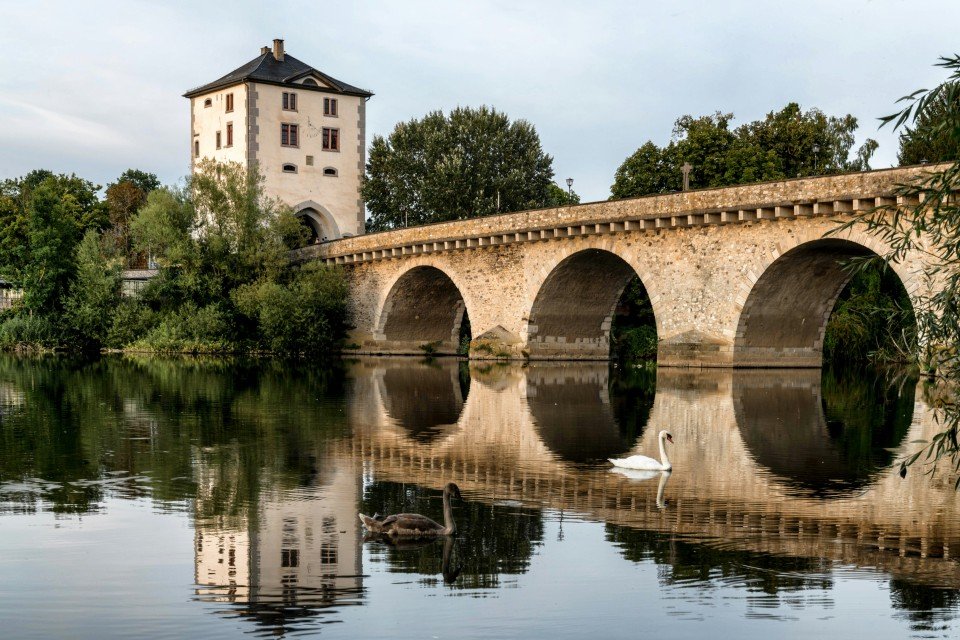
Lahnstein sits at the confluence of the Lahn and Rhine rivers, and is decorated with stunning medieval architecture such as the famed Lahneck Castle. The picturesque German town is bursting with character and rich history, located along the Rhine Gorge and offering a serene experience for visitors exploring Germany.
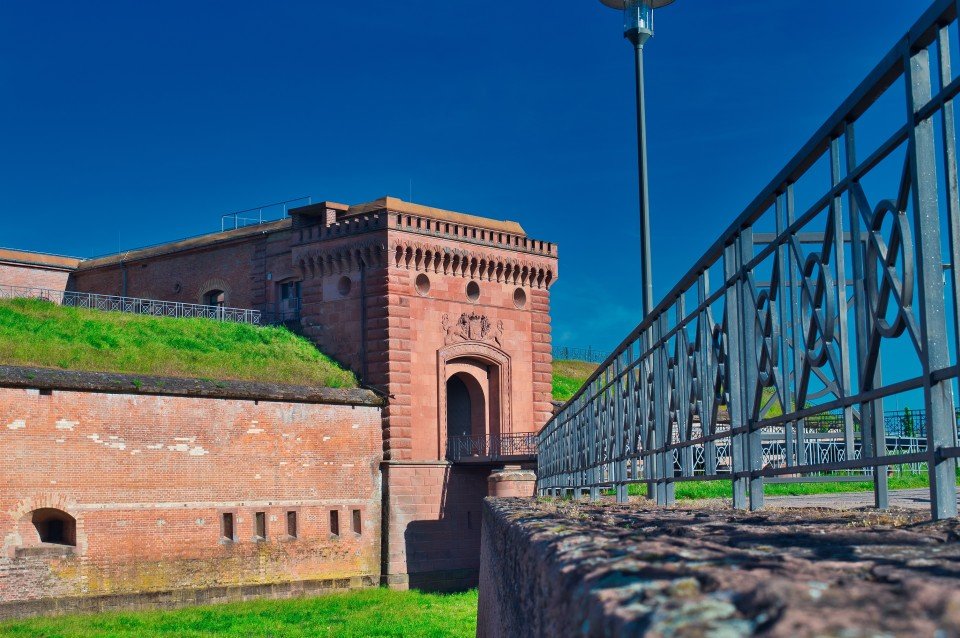
Germersheim is a town in the German state of Rhineland-Palatinate, of around 20,000 inhabitants. It is also the seat of the Germersheim district. The neighboring towns and cities are Speyer, Landau, Philippsburg, Karlsruhe and Wörth
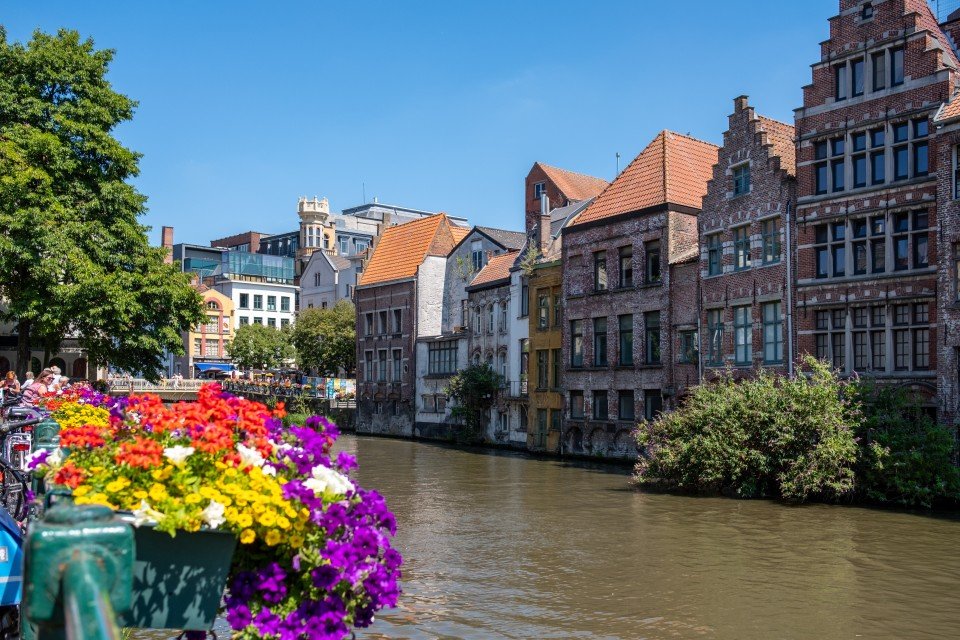
Gent (Ghent) is a must-visit Belgian city adorned with medieval architecture, such as the Gravensteen castle and the iconic Belfry of Ghent. Visitors to Gent are enamoured by charming canals and taken in by the local cuisine, finding opportunities to immerse themselves into the vibrant local culture at every turn.
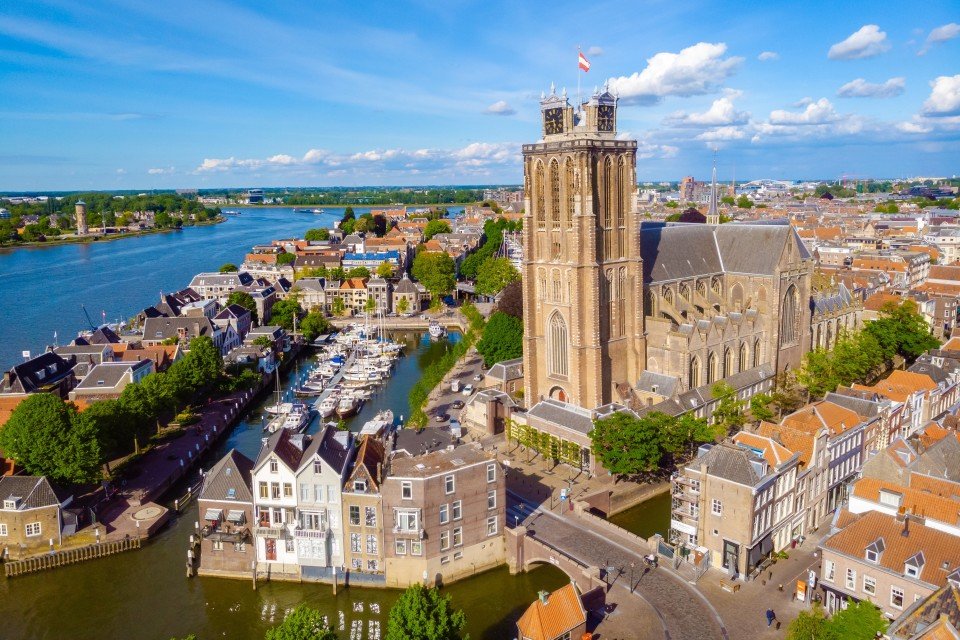
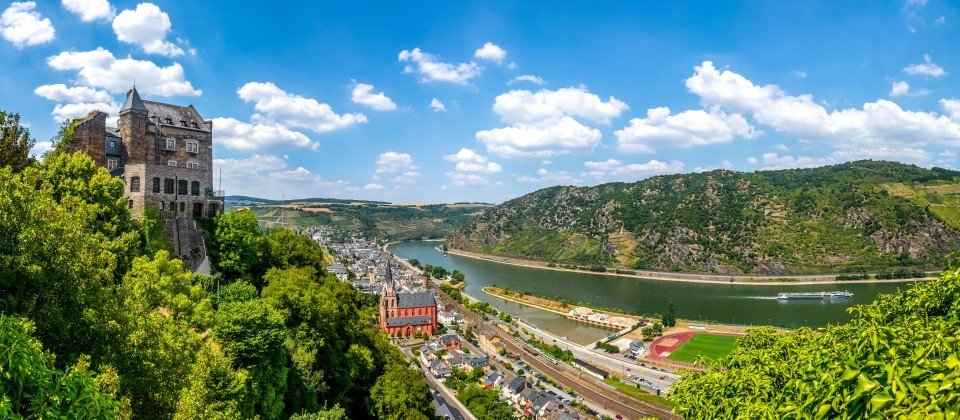
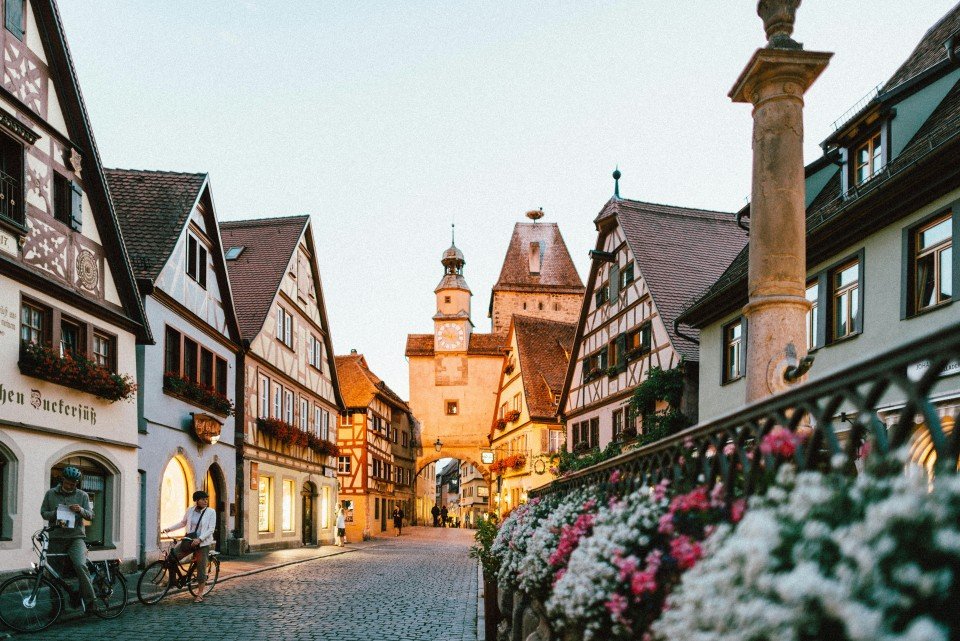
Located at the confluence of the Tauber and Main rivers, Wertheim is a German town best known for picturesque medieval architecture, including the impressive Wertheim Castle overlooking the quaint Old Town. The cobblestone streets are testament to the town's rich history, and the timber-framed houses paint a vivid picture of Germany's past.
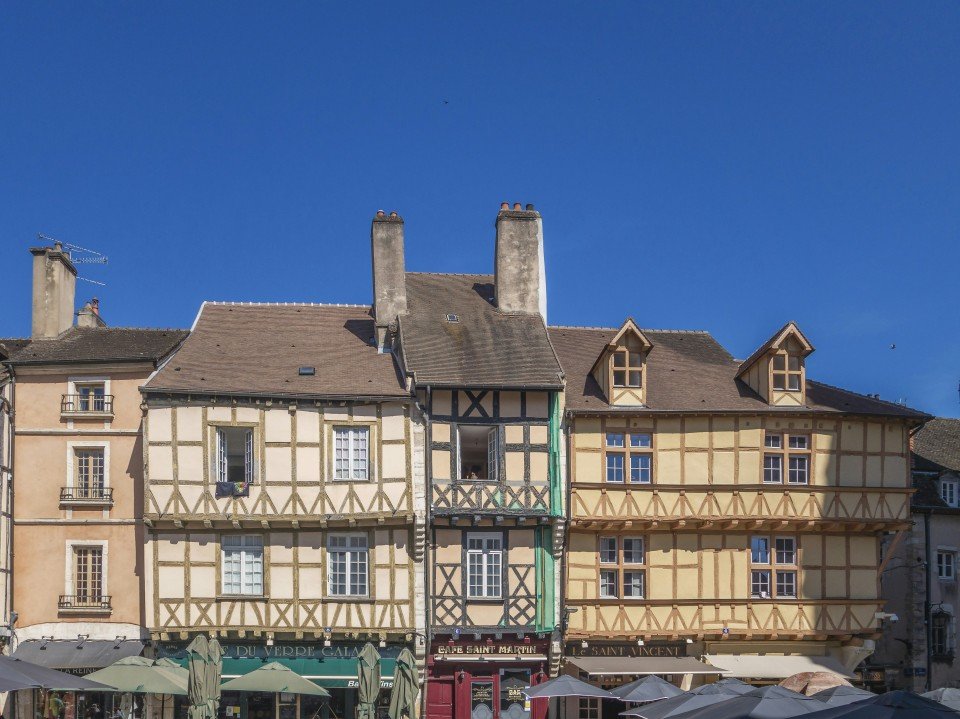
Birthplace of the renowned photography pioneer Nicéphore Niépce, Chalon-sur-Saône celebrates its rich artistic legacy with museums and galleries showcasing the art form. Situated in France's Burgundy region, the town offers opportunities for scenic walks along the riverbanks, indulging in the region's renowned Burgundian cuisine and wines, and an authentic French experience in a town brimming with history and charm.
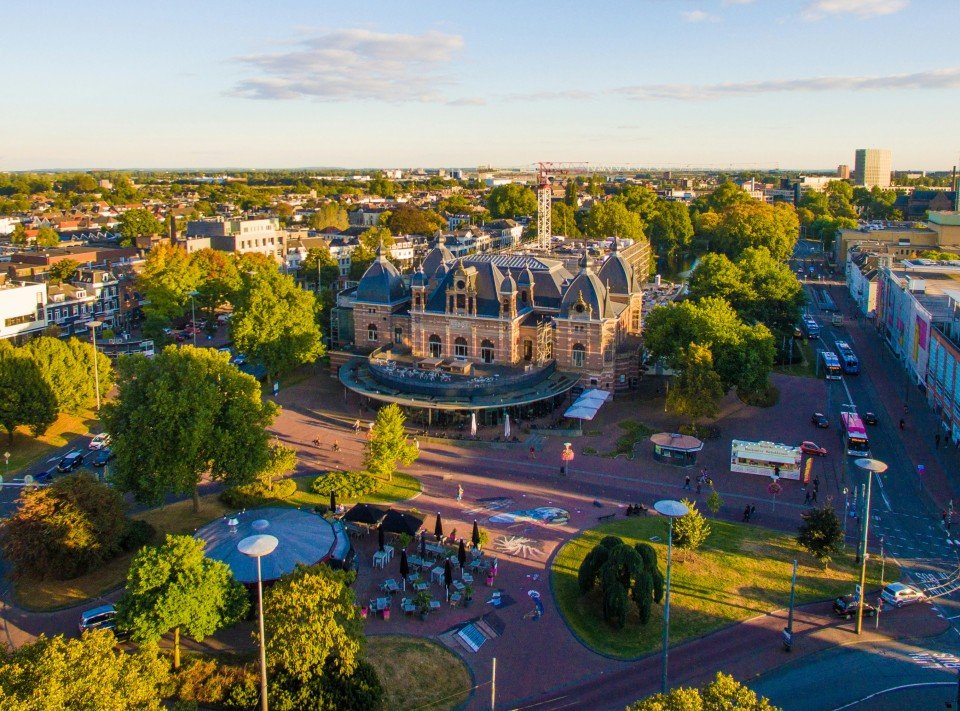
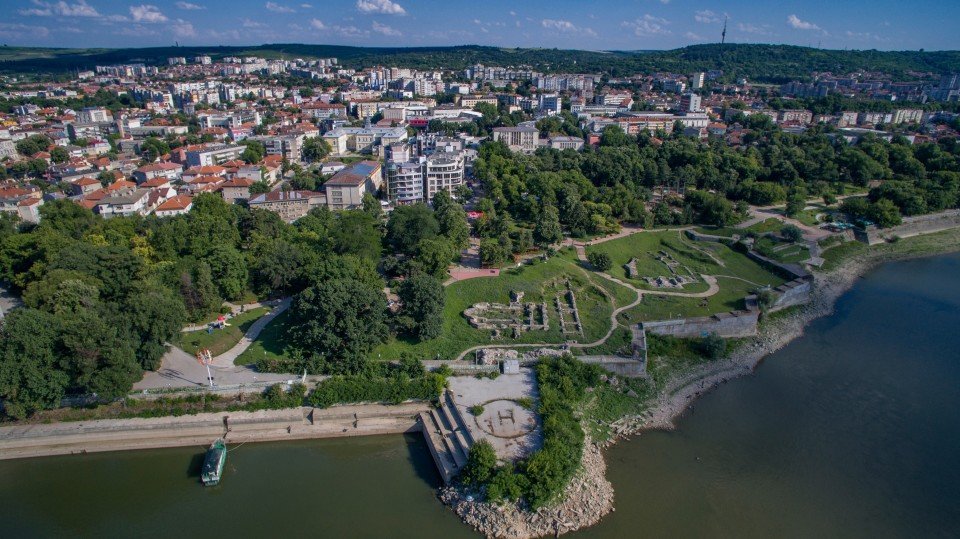
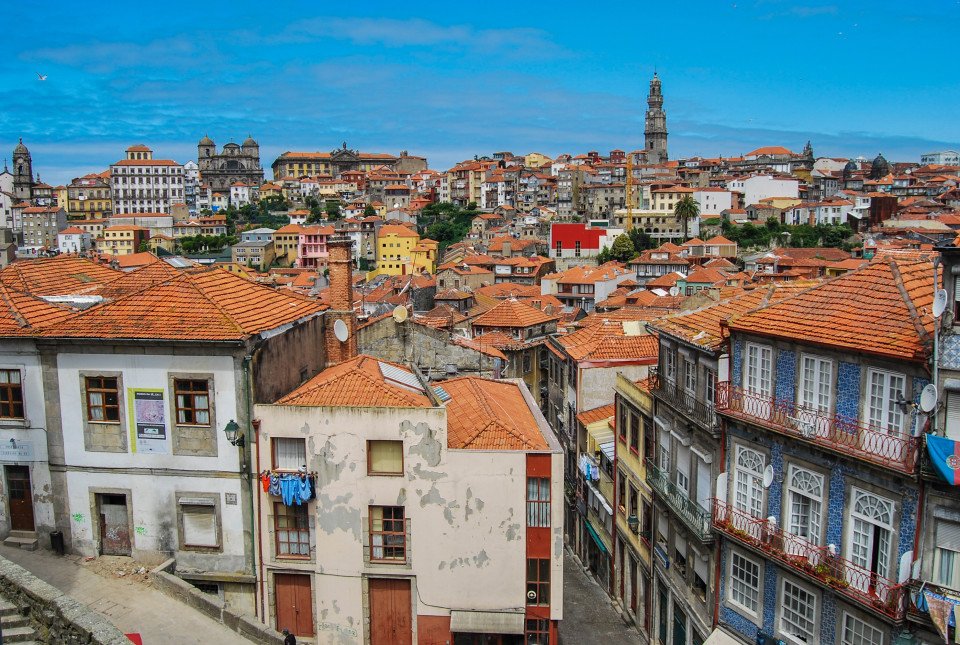
Lively, commercial Oporto is the second largest city in Portugal after Lisbon. Also called Porto for short, the word easily brings to mind the city's most famous product - port wine. Oporto's strategic location on the north bank of the Douro River has accounted for the town's importance since ancient times. The Romans built a fort here where their trading route crossed the Douro, and the Moors brought their own culture to the area. Oporto profited from provisioning crusaders en route to the Holy Land and enjoyed the riches from Portuguese maritime discoveries during the 15th and 16th centuries. Later, port wine trade with Britain compensated for the loss of the spice trade and the end of gold and gem shipments from Brazil. In the 19th century, the city went through a period of new prosperity with the rise of industries. In its wake followed the building of workers' quarters and opulent residences. Since the declaration of Oporto as a World Heritage Site by UNESCO, the city aims to build up a cultural reference that will provide it with a new image, based on deep historical roots. Among the attractions that make Oporto such an interesting place are its graceful bridges spanning the Douro River, a picturesque riverfront quarter and, most notable, its world-famous port wine lodges. Although Oporto is a bustling centre and home to many different businesses, the source of its greatest fame is the rich, sweet fortified red wine we know as port.
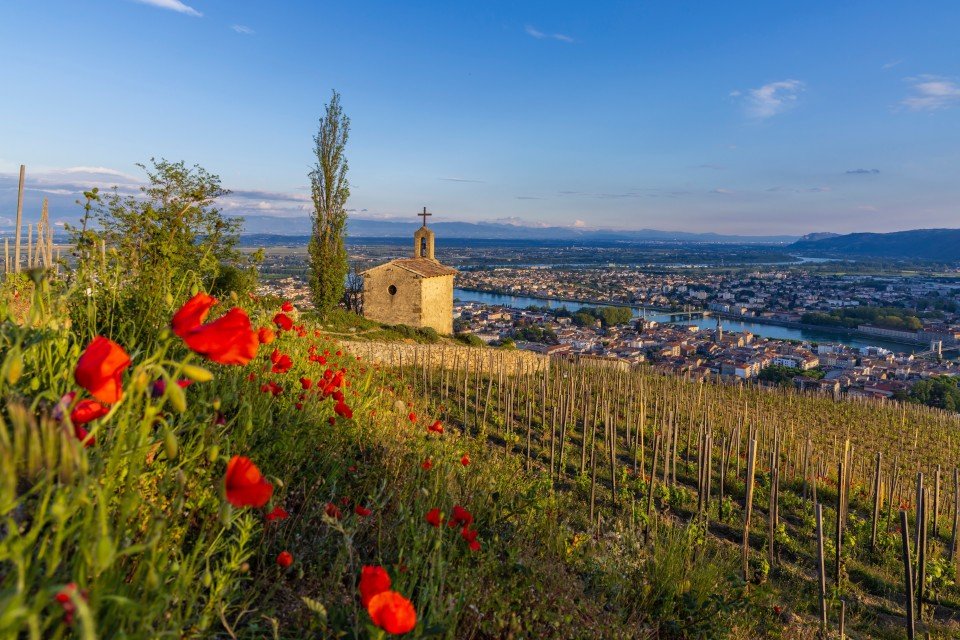
Tain-l'Hermitage, France, is a picturesque town in the Rhône-Alpes region, renowned for its exceptional wines, particularly its Syrah and Hermitage varietals. Nestled along the Rhône River and surrounded by lush vineyards, it offers scenic views and a charming atmosphere. The town features historic sites like the 12th-century Hermitage Chapel and the Cité du Chocolat, celebrating local culinary delights. With its blend of fine wine, rich history, and stunning landscapes, Tain-l'Hermitage is a captivating destination for wine enthusiasts and travelers seeking a taste of Provence.
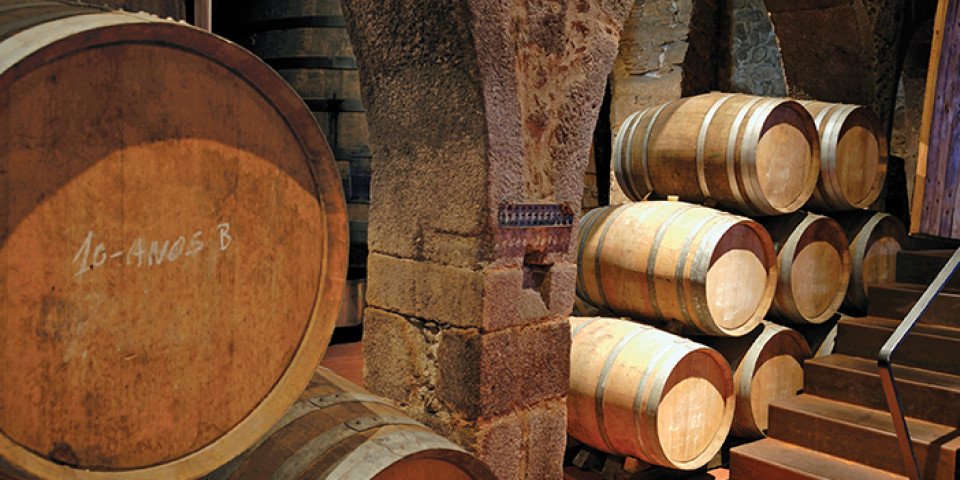
Sometimes known as Peso da Régua, Régua is a key hub situated in the Duoro Valley and serving as a central location for the region's wine production. Home to a number of port wine lodges and museums, the town offers stunning views of the surrounding vineyards combined with a unique insight into the legacy and craftmanship of Portugal's iconic fortified wine.

Famed for its 12th Century prestigious university, Salamanca captivates visitors with an impressive blend of history, culture and academia. Home to architectural marvels, such as the ornately decorated Plaza Mayor and stunning Salamanca Cathedral, Salamanca showcases centuries of artistic heritage alongside a lively nightlife buzzing with vibrant tapas bars, cafes and flamenco venues.
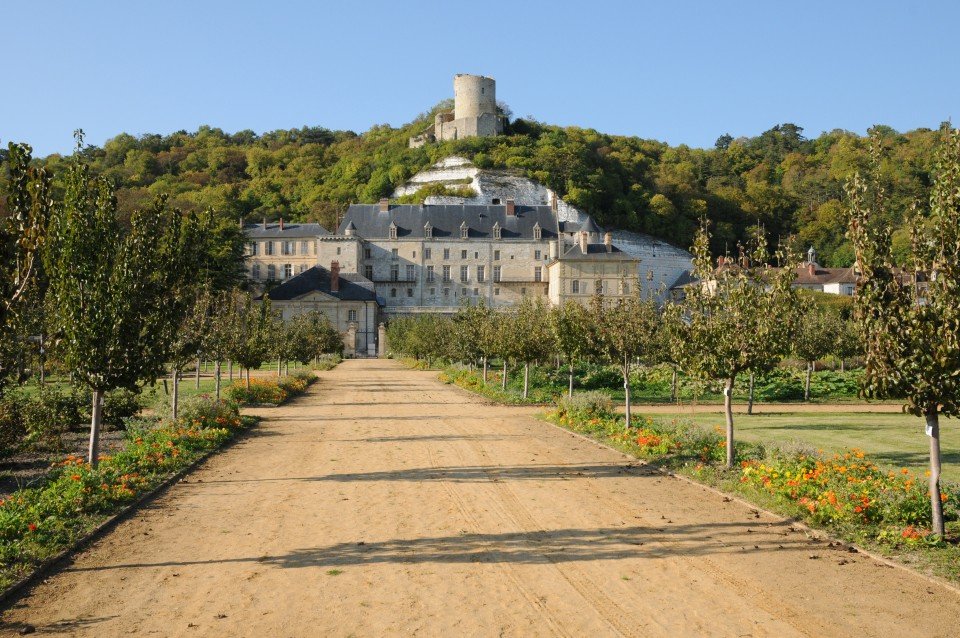
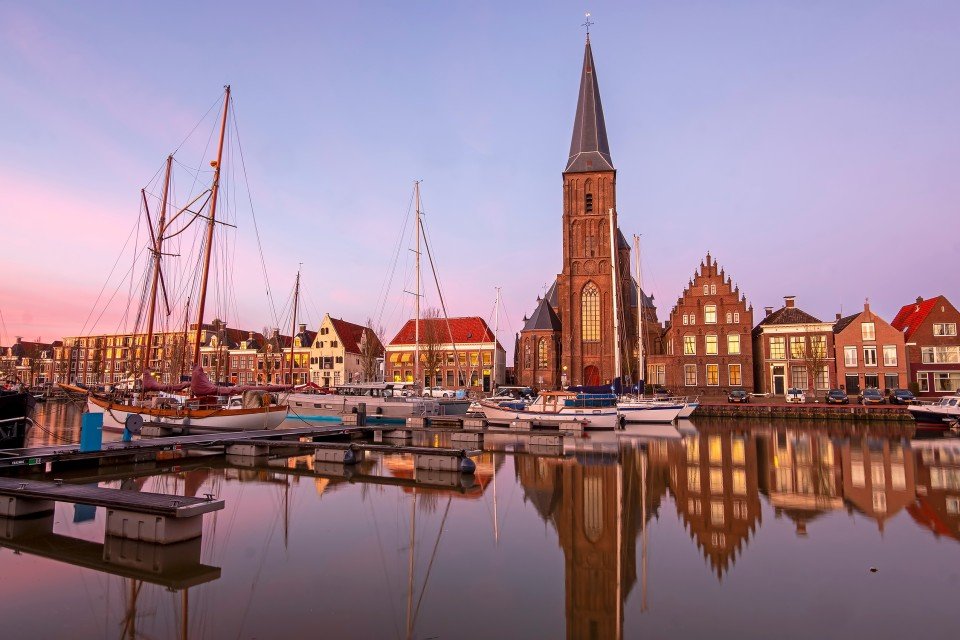
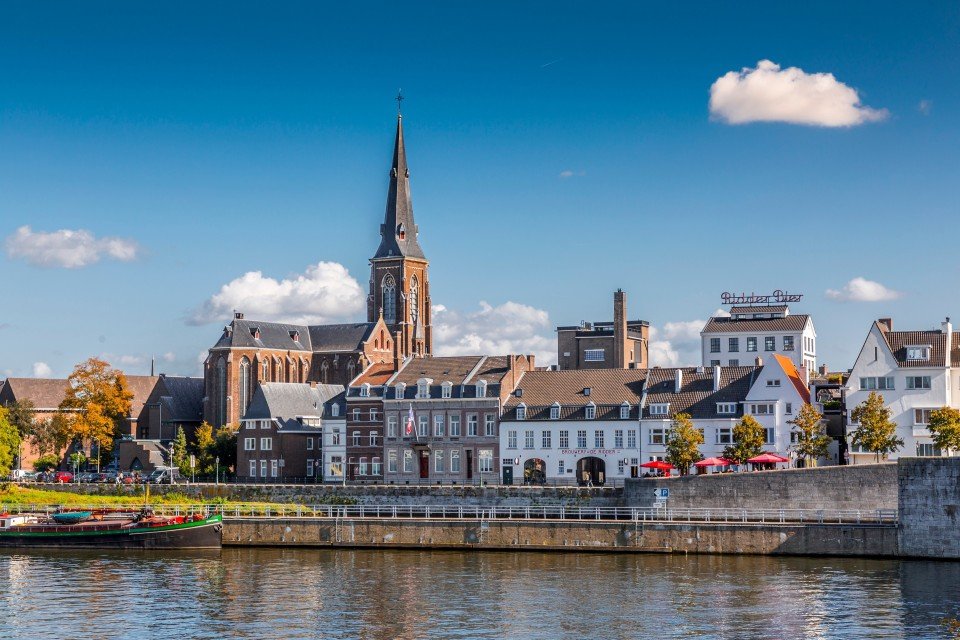
Maastricht is a Dutch city with an allure that extends beyond its landmarks, renowned for cobblestone streets, medieval era churches and vibrant cuisine. Boasting a rich tapestry of architectural marvels spanning several centuries, such as the Saint Servatius Bridge, Maastricht exudes a blend of history, culture and modernity.
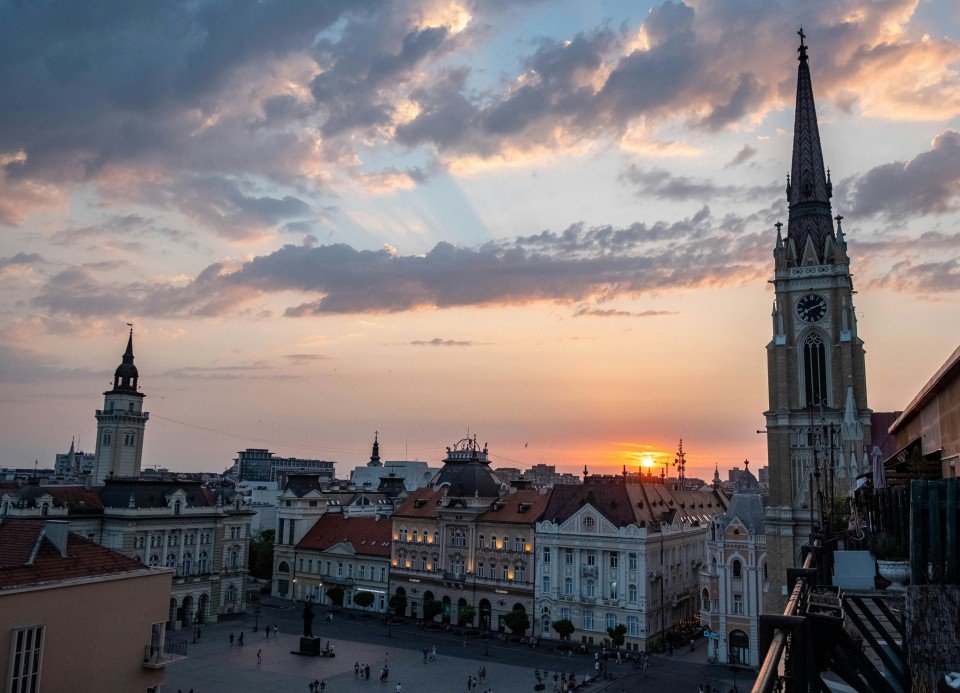
Novi Sad, situated in the north of Serbia, is recognised for its stunning landscapes, cultural richness and historical architecture. The famous Petrovaradin Fortress dominates the city scape, and plays host annually to the EXIT music festival, drawing crowds from across the globe. With its enticing old town, colourful culinary scene and welcoming feel, sitting along the banks of the Danube, Novi Sad offers a delightful blend of history, entertainment and Serbian hospitality.

Speyer is a town located in southwest Germany situated beside the river Rhine. Originally founded by the Romans, it is one of the oldest settlements in Germany and is situated in the popular wine growing region of the Palatinate. A key attraction of Speyer is the Historical Museum of the Palatinate, which is one of the most celebrated culture-history museums in Germany. It features five permanent collections including Prehistory, Roman Times, Cathedral Treasury, Modern Era and Wine Museum. Not far from the museum, visitors will find the Imperial Cathedral, a UNESCO World Heritage Site, which is considered the largest preserved Romanesque church in Europe. Originally constructed by Konrad II, this magnificent and looming building was intended to demonstrate the Lord’s religio-political claim to power against the papacy. Speyer has been producing wine since its Roman beginnings and wine tasting, festivals and events are popular all year round. The town is popular for outdoor activities such as hiking and cycling as well as guided walking tours of the town.
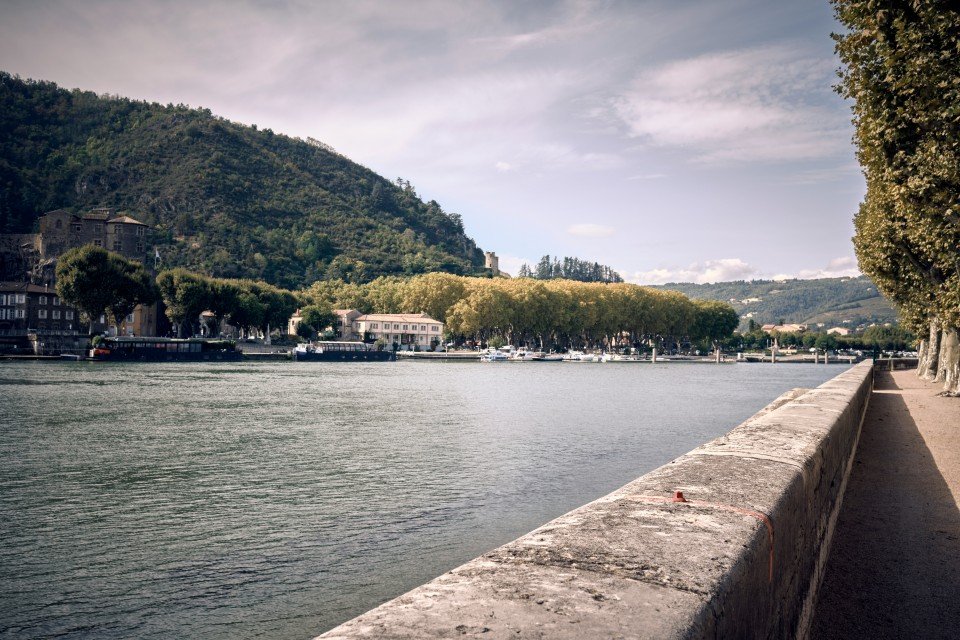
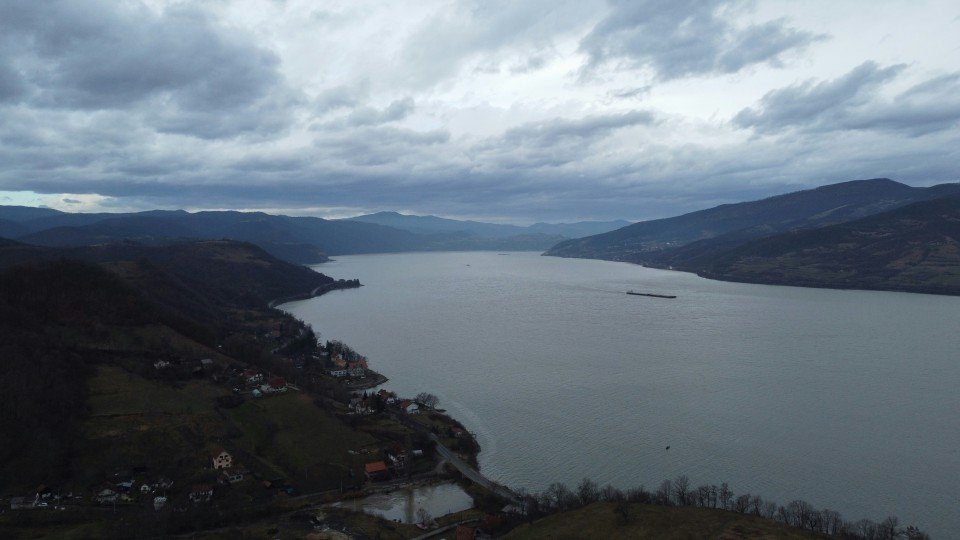
Donji Milanovac offers a breathtaking backdrop for exploration and relaxation, situated at the confluence of the Danube and the Iron Gate Gorge. Steeped in natural beauty, the town boasts stunning vistas of rugged cliffs and serene waters, adorned with archaeological sites including the Lepenski Vir, an ancient settlement dating back thousands of years.
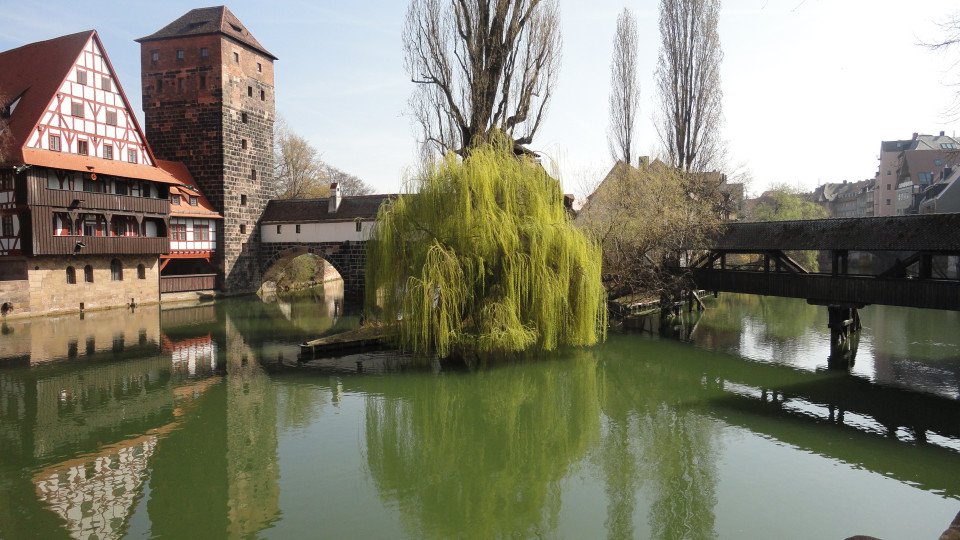
Nuremberg is a medieval city located in northern Bavaria in Germany. It is Bavaria's second largest city and is noted for its iconic red roofed buildings and medieval architecture. The imperial Castle overlooks Nuremberg and was one of the most important fortifications of the Roman Empire. For more significant cultural history, the Germanisches Nationalmuseum, one of the largest cultural history museums in the German speaking world, offers visitors exhibitions from Prehistoric all the way to present day. Walking tours around the city offer an enjoyable and active way to learn of Nuremberg’s history and culture. Through Old Town, discover fountains, wells, churches, and art treasures, as well as learning of the colourful past and cosmopolitan present of the city and its people. Nuremberg is also home to one of the oldest Christmas markets in Germany, the Nuremberg Christkindlesmarkt, where visitors can purchase traditional handmade decorations and enjoy the famous gingerbread, mulled wine, and grilled sausage from over one hundred and eighty wooden stalls.
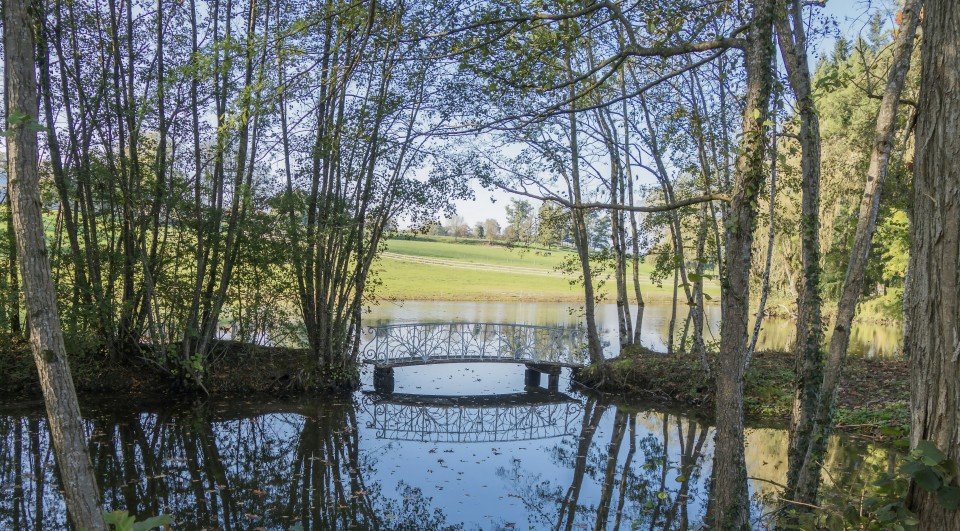
Viviers, France, is a charming medieval town in the Rhône-Alpes region, renowned for its well-preserved historical architecture. Nestled on the banks of the Rhône River, it features narrow, winding streets, ancient stone houses, and the impressive Saint-Vincent Cathedral. The town's Roman and medieval heritage is evident in its old ramparts and historic buildings. Viviers' tranquil atmosphere and picturesque surroundings offer a glimpse into the past, making it a delightful destination for history lovers and those seeking a serene escape.
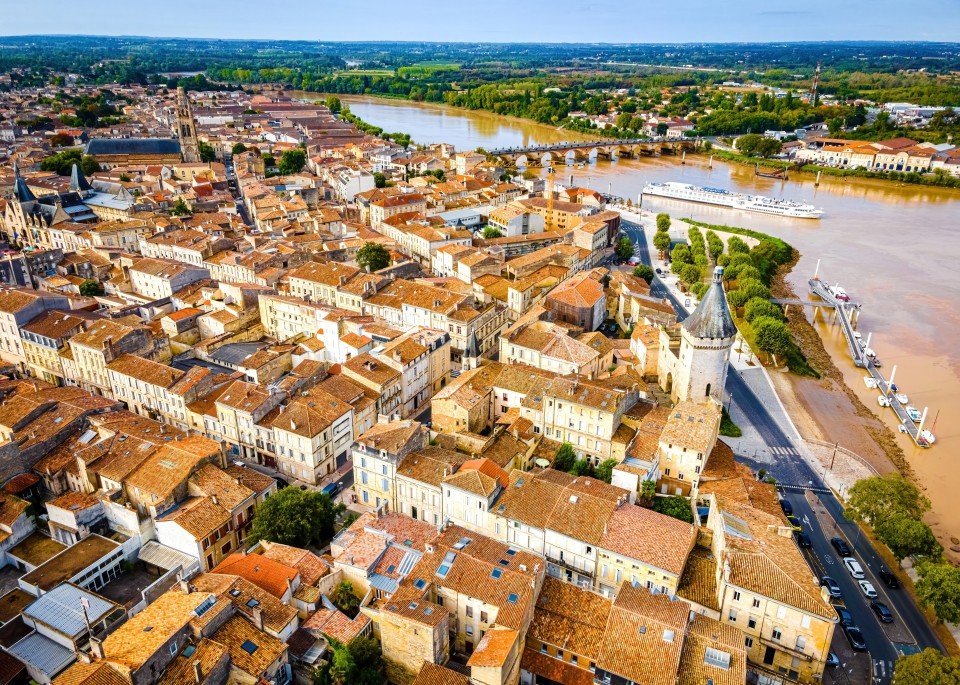
Libourne, France, is a historic town in the Bordeaux wine region, renowned for its vibrant market and beautiful architecture. Located along the Dordogne River, it features a charming blend of medieval and Renaissance buildings, including the striking Church of Saint-Jean-Baptiste. Libourne is a gateway to prestigious wine estates, including Pomerol and Saint-Émilion. The town's bustling market and scenic riverside setting offer a delightful experience for visitors interested in wine, history, and local culture.
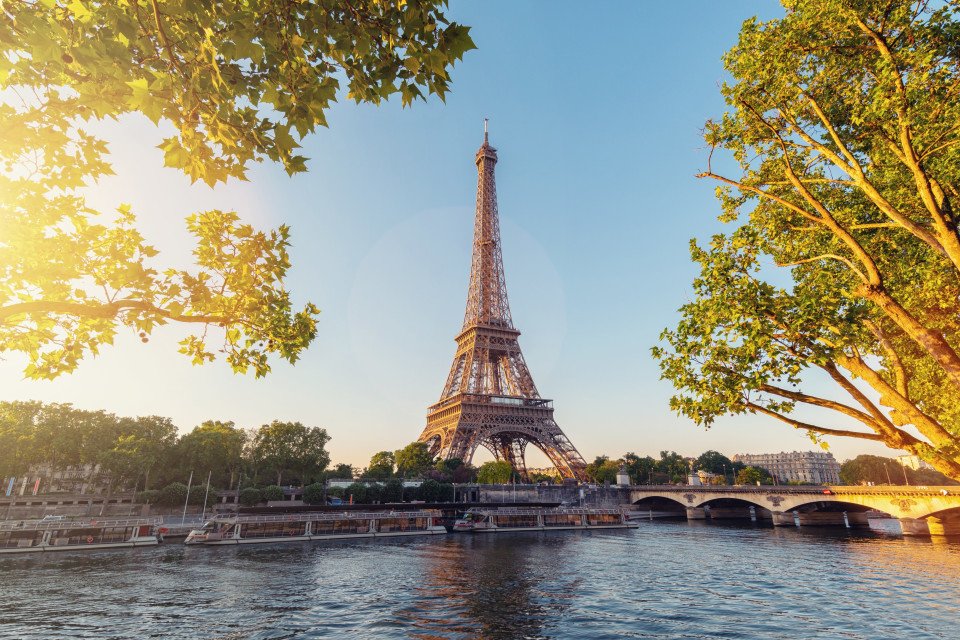
France's iconic and enchanting capital, Paris, is a globally recognised symbol of art, culture and romance, sitting along the banks of the river Seine. Home to world-famous landmarks including the Eiffel Tower, Louvre Museum and the Notre-Dame Cathedral, Paris is a beacon of timeless elegance, cultural richness and historical magnitude. Affectionately named the City of Light and the City of Love, Paris enchants with its stunning boulevards, charming cafes and world-class culinary scene, with the Seine gracefully winding through the city and further enhancing the romantic allure. The artistic haven of Monmartre contributes to the city's heritage and status as a global symbol of fashion, art and culinary excellence, serving as an epitome of sophistication in a destination that seamlessly intertwines history and modernity.
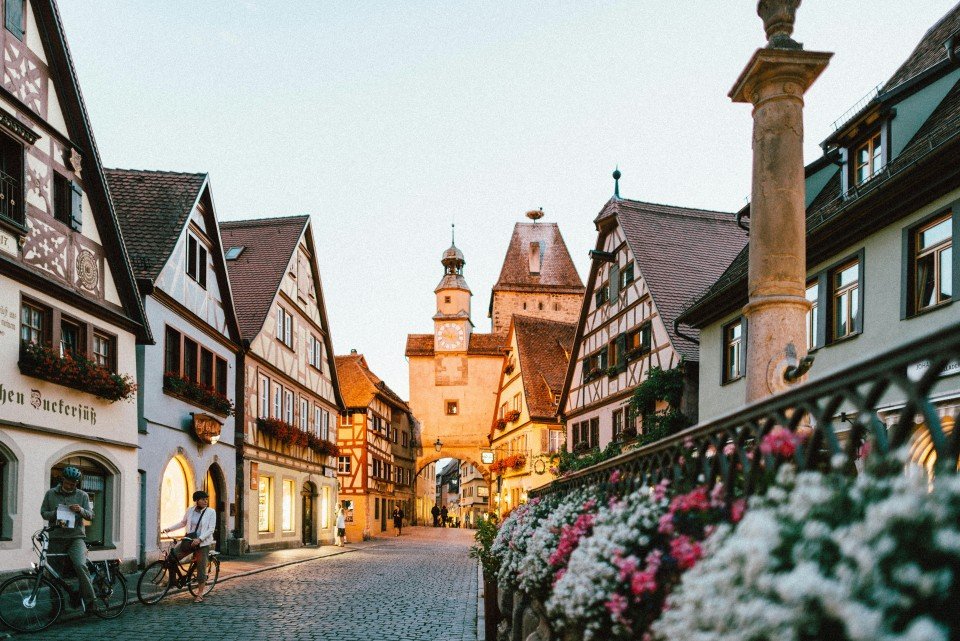
In the heart of Bavaria, Roth is home to charming streets, historic architecture and lush countryside, offering a tranquil retreat for visitors looking to explore nature and appreciate the outdoors. Famed for its annual world-renowned Challenge Roth triathlon, the town draws athletes and spectators from all over the world, bolstering community spirit.
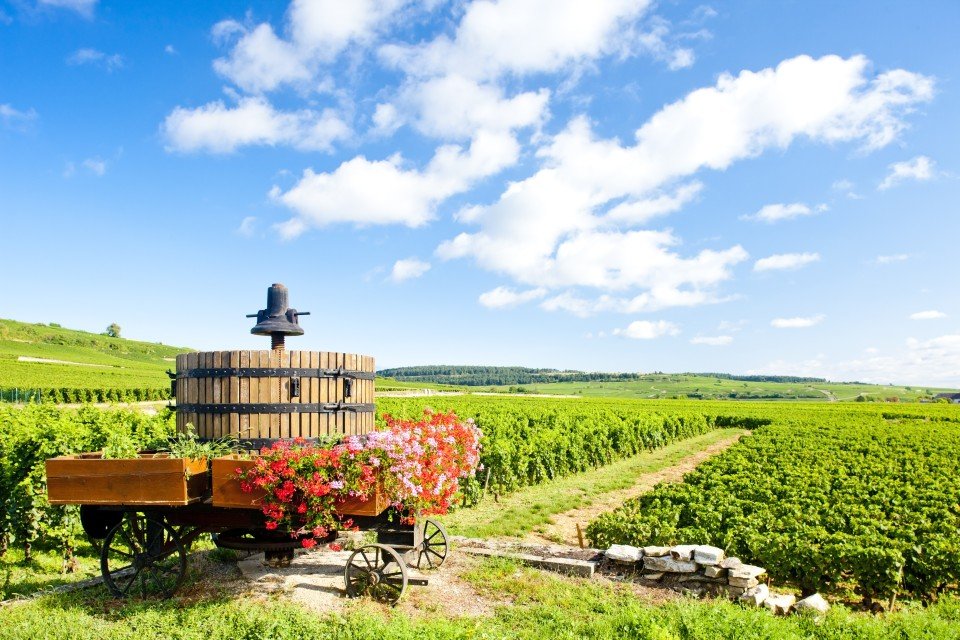
Renowned for its wine heritage, prestigious vineyards and medieval past, Beaune is a stunning town in the heart of the Burgundy wine region that exudes quaint charm and a unique, traditional Burgundian-Flemish feel. With cobbled streets and historic architecture, Beaune offers a wealth of sights to explore and a vibrant culinary scene, all against a backdrop of timeless beauty.
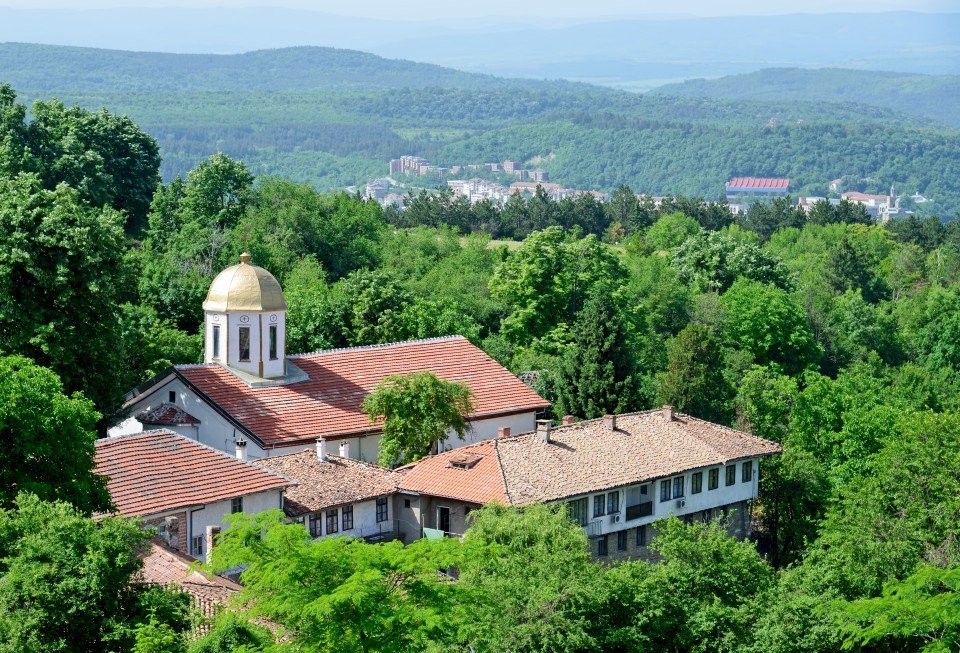
Arbanasi, a small village in the north-central part of Bulgaria, is a picturesque only village recognised for its preserved 19th century architecture and old churches. For tourists seeking a glimpse into Bulgaria's past, Arbanasi is a popular destination with a rich history, surrounded by picturesque landscapes that provide a stunning backdrop for hiking, cycling and nature walking.
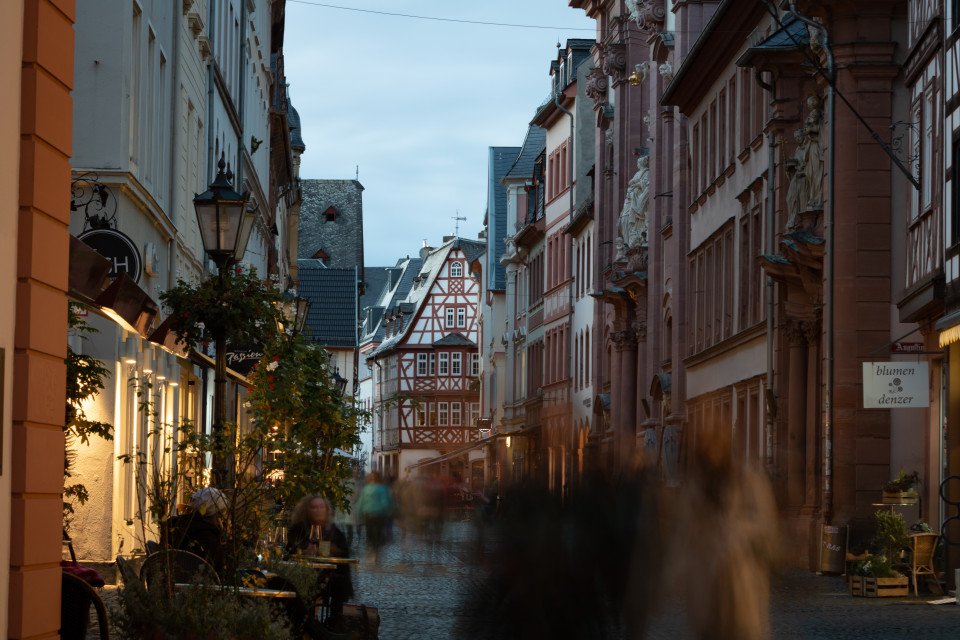
Situated on the banks of the Rhine, Mainz is a German city with an intricate history dating back to the Roman era, as the capital of the Rhineland-Palatine state. Celebrating its cultural heritage, Mainz is home to several iconic landmarks that represent the city's historical significance, including the Mainz Cathedral, the Old Town and the Gutenberg Museum, which honours the inventor of the printing press.
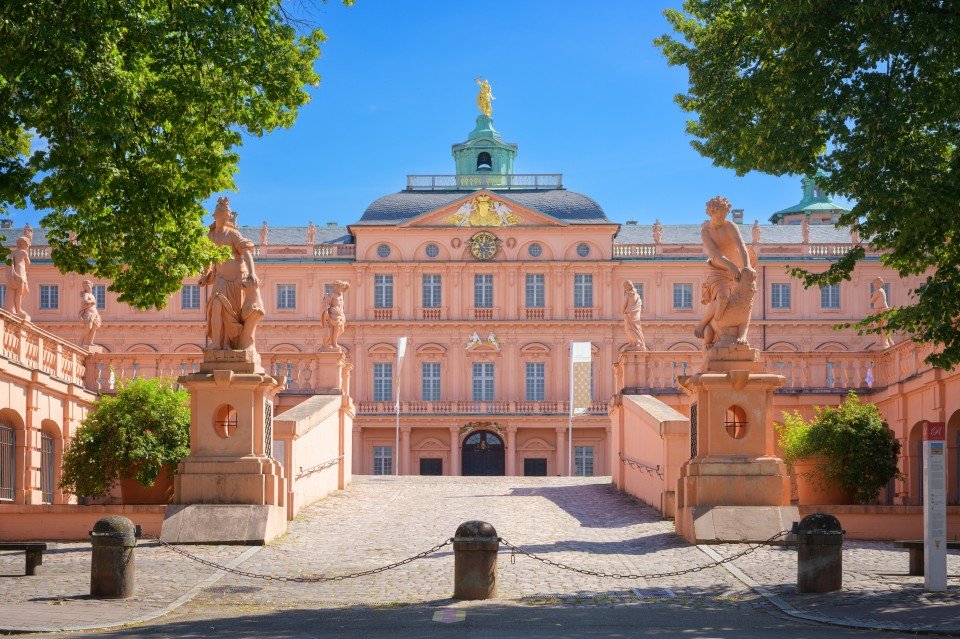
Rastatt, Germany, is a charming town in the Baden-Württemberg region, known for its Baroque architecture and historic significance. The centerpiece is the Rastatt Palace, a stunning example of Baroque grandeur with its beautiful gardens. The town offers picturesque streets, vibrant markets, and a rich cultural scene. Located near the Rhine River, Rastatt combines historical charm with a lively atmosphere, making it a delightful destination for exploring its architectural heritage and enjoying its local culture.
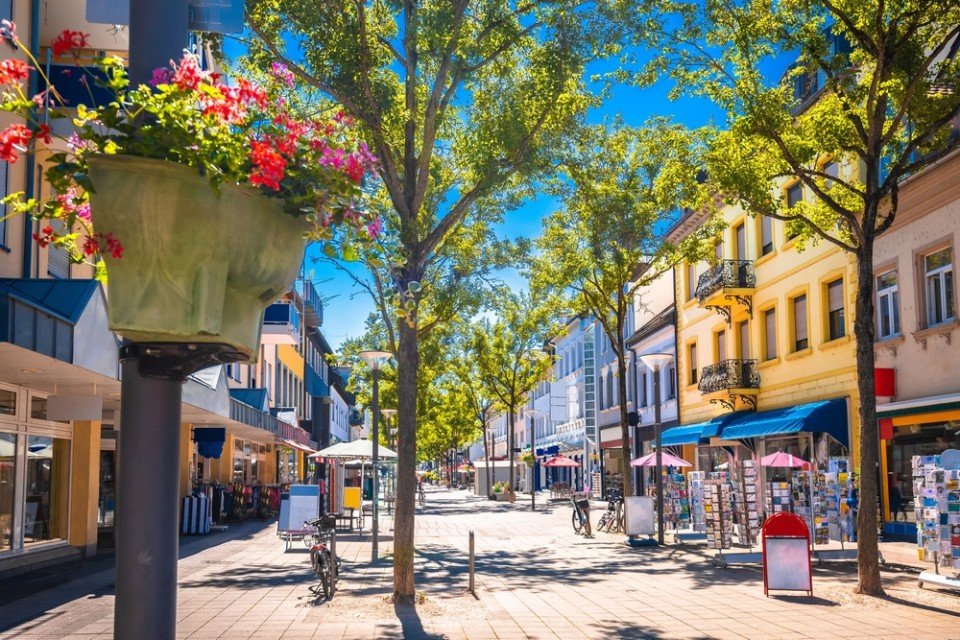
Kehl is a town located in southwest Germany on the River Rhine, across from the French City of Strasbourg. The town is not known as a tourist destination, however it benefits from idyllic landscape and a water-rich environment. Walk or cycle along the Reinpromenade or the garden of the Zweubüchter and enjoy a picnic at one of Kehl’s numerous excavation lakes. Nature lovers will enjoy spotting animals hiding along the rivers, lakes and bushes. Discover Kehl’s turbulent war and peace history with a guided tour of the centre and its surrounding villages. Visitors will also experience the town’s habitat and culture which is characterised through the half timbered houses and streets. Kehl town centre features a large pedestrian zone with many retail outlets, street cafes and outdoor dining to enjoy. A few minutes by public transport and visitors will find themselves in the centre of metropolitan Strasbourg.
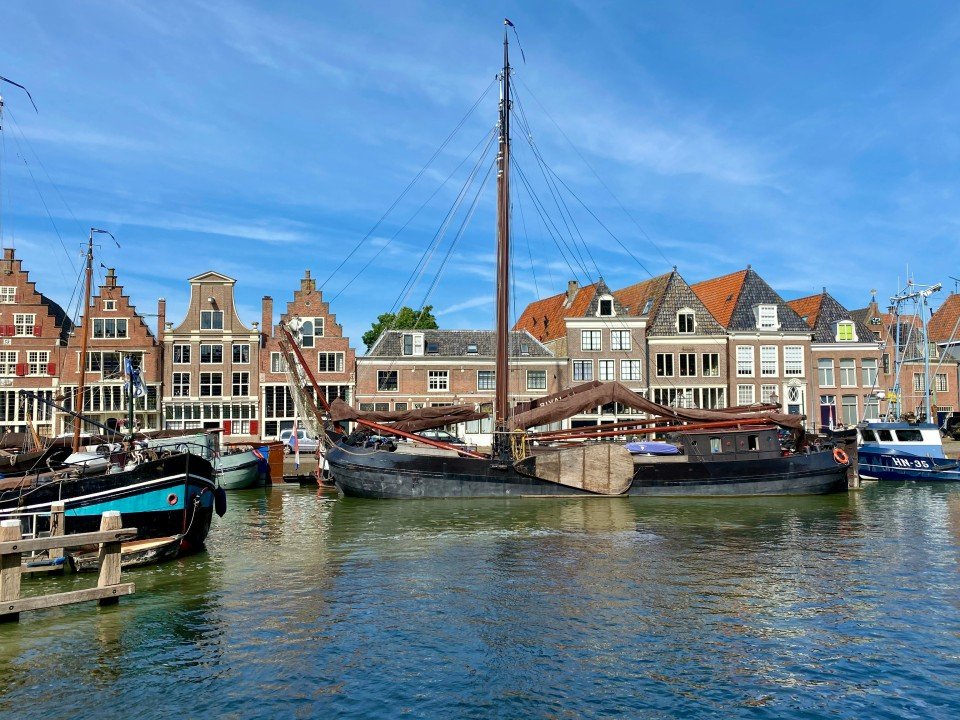
Hoorn was once a vital centre for trade and shipping during the Dutch Golden Age, thanks to its location on the shores of the IJsselmeer. A picturesque town with a rich maritime history, Hoorn's beautifully well-preserved architecture, including the imposing Hoofdtoren (Main Tower), reflect the town's cultural tapestry and the prosperity of the era. Visitors are invited to meander the cobblestone streets, take in the scenic harbour and take a trip to the Westfries Museum, immersing themselves in Hoorn's maritime history and old-world character.
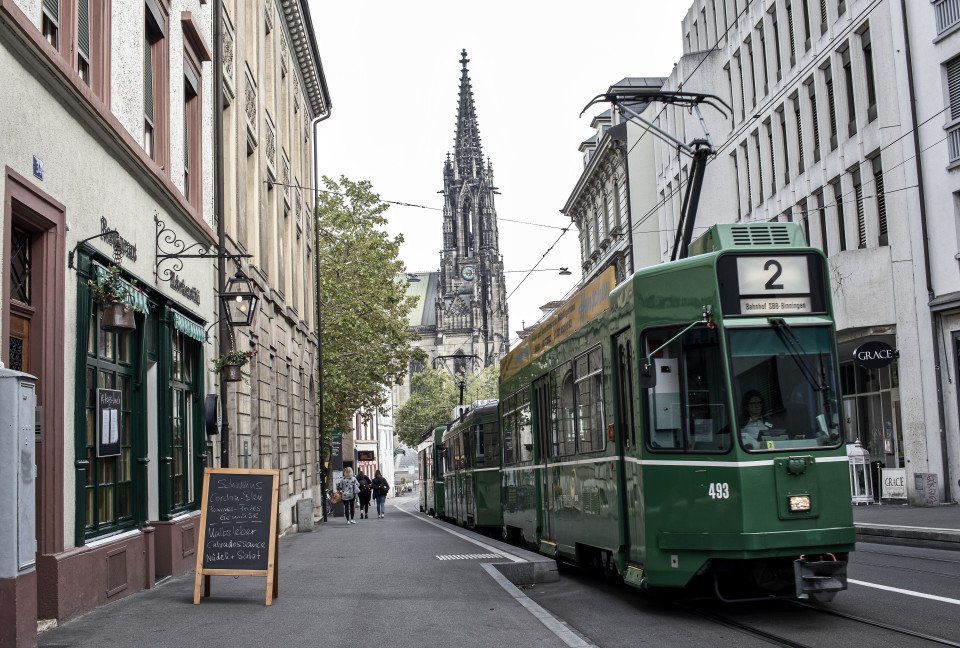
Basel is a city in northwestern Switzerland on the Swiss, French and German borders. It is located on the bend of the River Rhine and benefits from a Mediterranean climate. It is the third most populated city in Switzerland and has been the commercial hub for Swiss arts and culture since the Renaissance. In 1967 the people of Basel voted to acquire two paintings by Picasso, who was so moved by the Basel people that he donated 3 paintings and a study to the city's Kunstmuseum (Museum of Fine Arts). Visit the Augusta Raurica, one of the largest Roman archaeology parks in Switzerland, and enjoy a river crossings over the River Rhine by non-motorised ferries. During the summer months, time is spent outdoors, either swimming in the River Rhine, dining al fresco, enjoying open air concerts, cinema, street parties and festivals. Basel is home to over 20 restaurants that have won GaultMillau or Michelin awards, and boasts Switzerland's largest collection of theatre shows, including modern contemporary dance, touring and puppetry theatre.
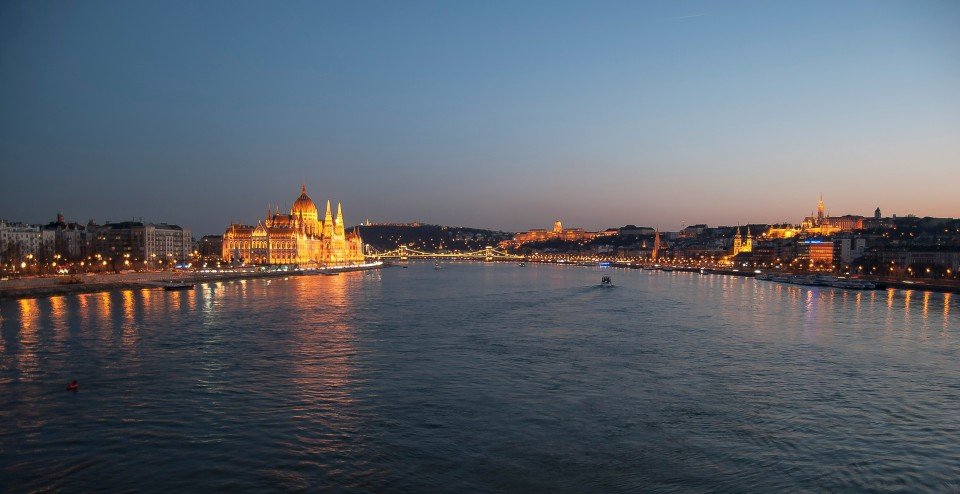
Mohács is situated on the banks of the Danube river in southern Hungary, celebrated for its significance in history and warfare strategy as the site of the 16th Century Battle of Mohács, which saw the Ottoman Empire defeat the Kingdom of Hungary in what became a pivotal event in history. The town offers a number of historical landmarks to reflect its diverse past, including the Mohács Castle and the Turkish House. Moreover, Mohács is host to the renowned Busójárás festival, a unique carnival featuring elaborate masks and traditional rituals.
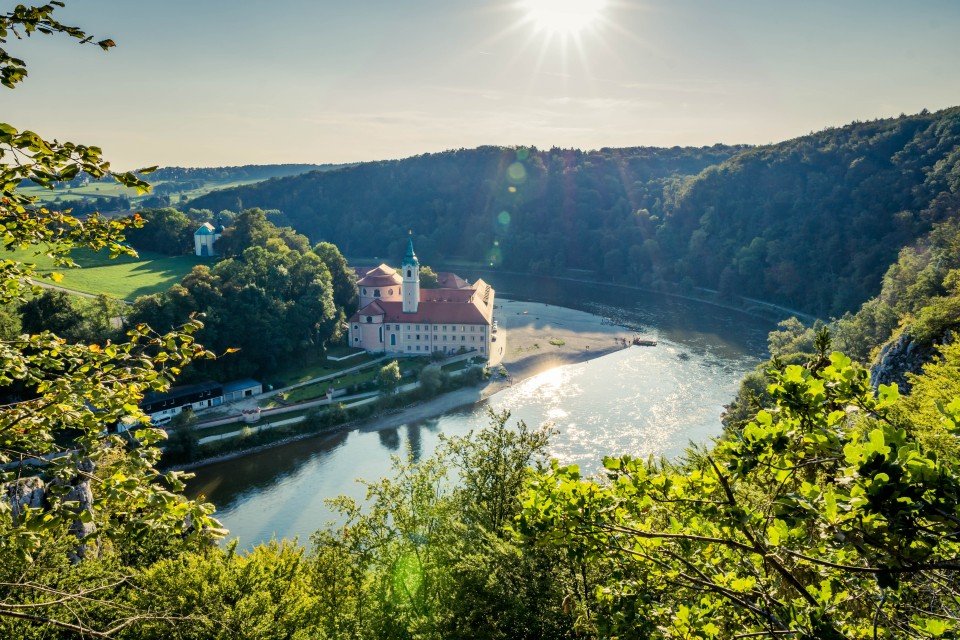
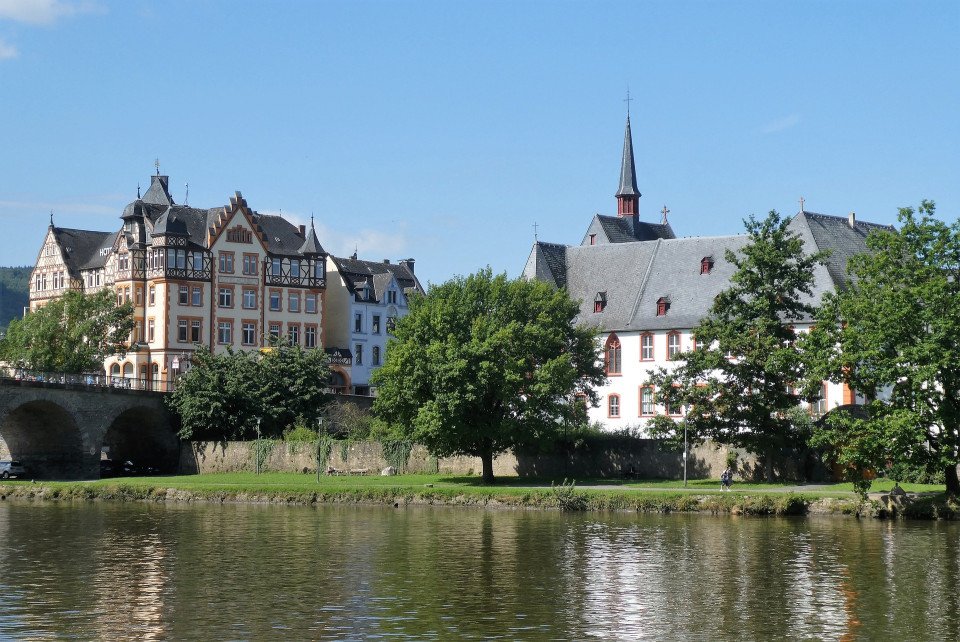
Bernkastel-Kues is an enchanting fairytale town situated along the Moselle River, Germany, with streets paved with cobblestone and lined with half-timbered houses. Famed for its medieval architecture, the lively market square is home to the iconic Spitzhäuschen (Pointed House), a narrow, gabled timber-framed building dating back to the 15th century. Alongside its rich cultural heritage, the town is renowned for its vineyards and wine production, offering its visitors delightful wine-tasting experiences and stunning views of the surrounding vine-covered hills.
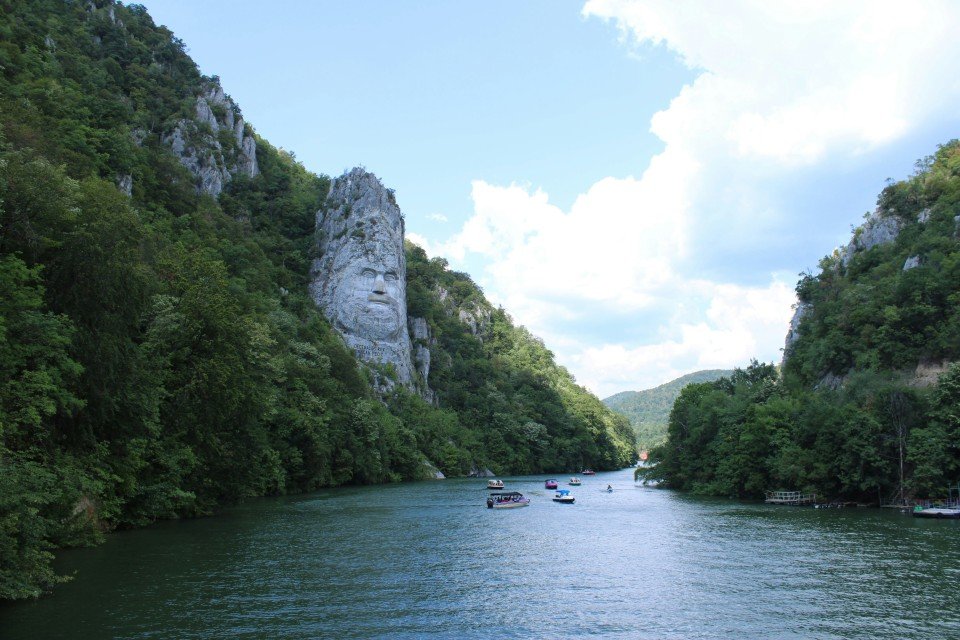
Hârșova, Romania, is a town steeped in history with a strategic location alongside the Danube, making it a significant crossroads throughout the ages with remnants of ancient civilians adorning the landscape. Hârșova's cultural heritage is eloquently showcased through iconic landmarks, notably the stunning bridge that spans the Danube and the Ethnographic Museum, which serves as a powerful representation of the town's significance in history, as well as offering visitors a window into its vibrant past.

The only city in the world that can lay claim to straddling two continents, Istanbul—once known as Constantinople, capital of the Byzantine and then the Ottoman Empire—has for centuries been a bustling metropolis with one foot in Europe and the other in Asia. Istanbul embraces this enviable position with both a certain chaos and inventiveness, ever evolving as one of the world’s most cosmopolitan crossroads. It’s often said that Istanbul is the meeting point of East and West, but visitors to this city built over the former capital of two great empires are likely to be just as impressed by the juxtaposition of old and new. Office towers creep up behind historic palaces, women in chic designer outfits pass others wearing long skirts and head coverings, peddlers’ pushcarts vie with battered old Fiats and shiny BMWs for dominance of the noisy, narrow streets, and the Grand Bazaar competes with modern shopping malls. At dawn, when the muezzin's call to prayer resounds from ancient minarets, there are inevitably a few hearty revelers still making their way home from nightclubs and bars. Most visitors to this sprawling city of more than 14 million will first set foot in the relatively compact Old City, where the legacy of the Byzantine and Ottoman empires can be seen in monumental works of architecture like the brilliant Aya Sofya and the beautifully proportioned mosques built by the great architect Sinan. Though it would be easy to spend days, if not weeks, exploring the wealth of attractions in the historical peninsula, visitors should make sure also to venture elsewhere in order to experience the vibrancy of contemporary Istanbul. With a lively nightlife propelled by its young population and an exciting arts scene that’s increasingly on the international radar—thanks in part to its stint as the European Capital of Culture in 2010—Istanbul is truly a city that never sleeps. It’s also a place where visitors will feel welcome: Istanbul may be on the Bosphorus, but at heart it’s a Mediterranean city, whose friendly inhabitants are effusively social and eager to share what they love most about it.
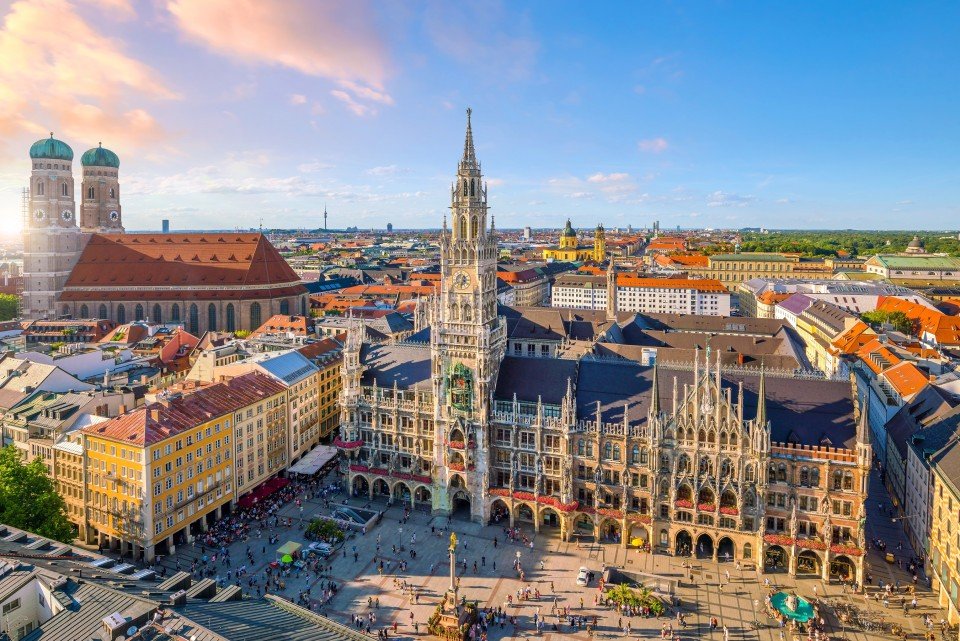
The third largest city in Germany, and one of the most prosperous and fastest growing, Munich is a city characterised by its lively energy blended seamlessly with its tranquil atmosphere. For tourists looking to explore the city and discover its rich history, or for those interested in the finest beers, stunning views or mind-blowing cuisine, Munich is host to an incredible variety of beer gardens, museums, parks, lakes, historical sites, retailers and restaurants, meaning that there really is something for everyone in Munich.
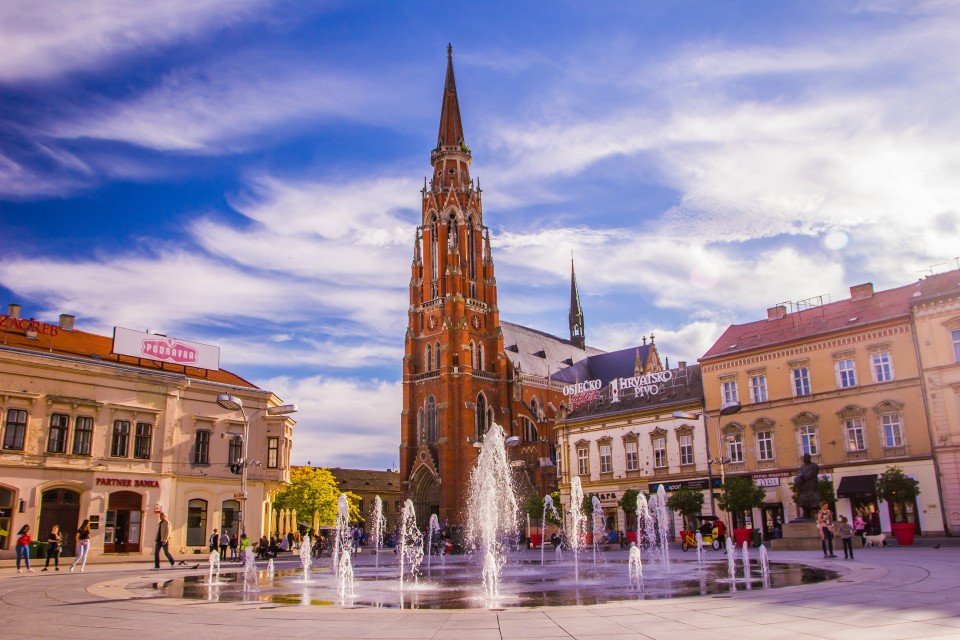

Located in the West of the country, Koblenz is one of the oldest cities in Germany. It is situated on both banks of the river Rhine, at its confluence with the Moselle River. The beginnings of Koblenz can be traced back to its military beginnings around 8 BC. The city is rich in its history and heritage and is easily explored on foot. Take the cable car crossing over the river Rhine for spectacular aerial views or enjoy the city from the one thousand year old fortress, Ehrenbreitstein. The upper middle Rhine Valley is a UNESCO World Heritage Site and its unique landscape can be enjoyed and discovered through the interactive multimedia journey at the Romanticum. Historical and architectural sites of interest include Stolzenfels Castle, the Electoral Palace of Koblenz and Old Town. From the romantic winding streets and small squares of Old Town, stroll through the alleyways from the Church of the Holy Virgin to the St Kastor Basilica and enjoy the picturesque buildings and squares along the way. Koblenz is also very popular for its Riesling and strong Spatburgunder wines since the Romans introduced it two thousand years ago.
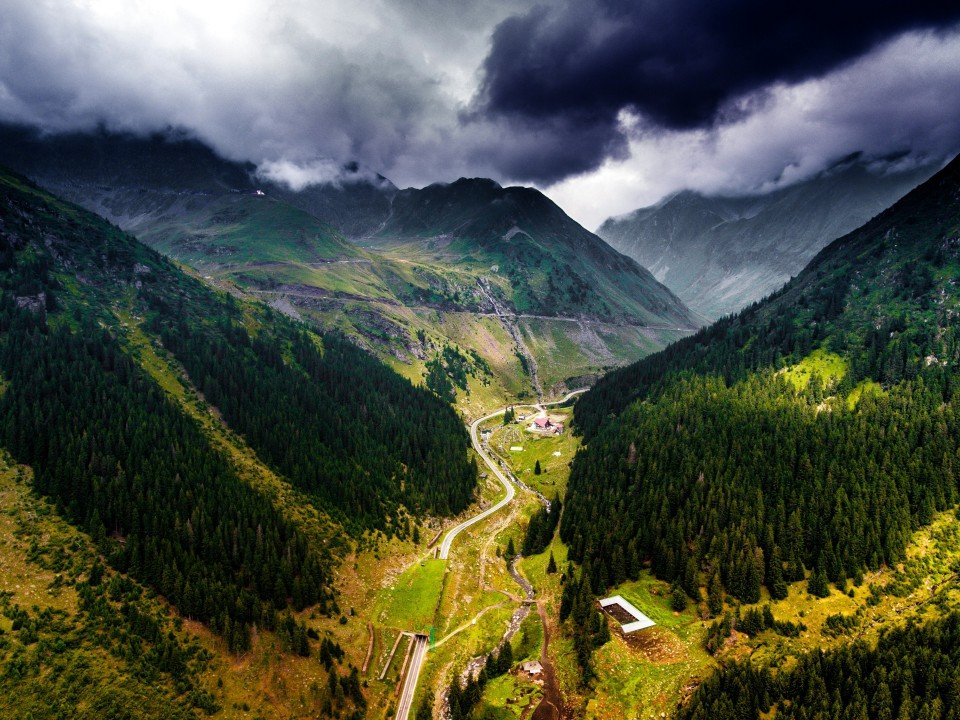
Fetești is located in the Ialomița County, Romania, and is a lively town bursting with modern vitality and historical depth. Resting along the banks of the Danube, Fetești acts as a crucial transportation hub that connects various regions of Romania, fostering a rich cultural exchange over the centuries. This blend of influences is evident in the diverse culinary traditions, architecture and bustling markets adorned with local produce.
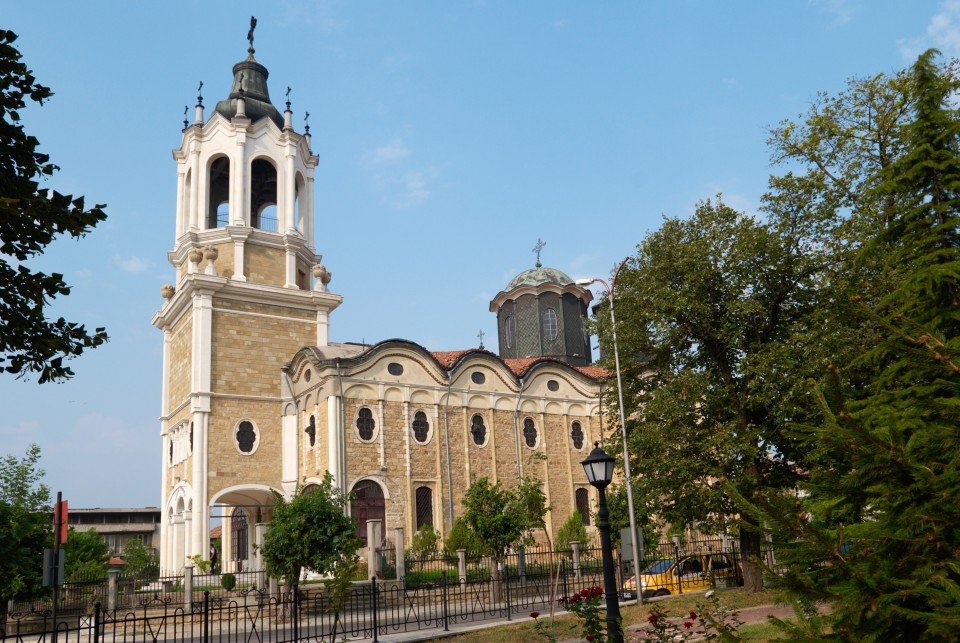
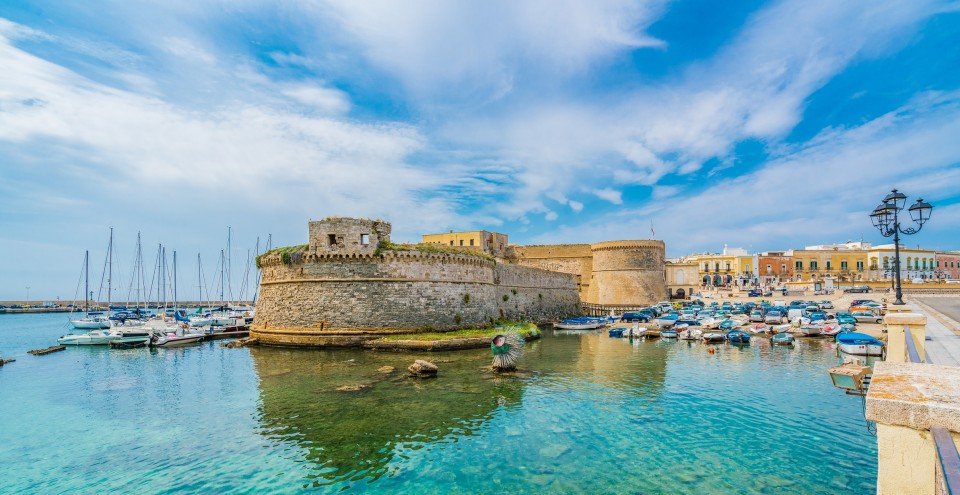
Kalè polis, meaning beautiful city, is the name ancient Greek mariners bestowed on Gallipoli, with good reason. Situated on a mound, the Old Town with its labyrinth of winding lanes, emerges from the Ionian Sea. It is connected to the mainland and modern Gallipoli via a 17th-century bridge. The area lies on the Salentina Peninsula in the extreme southeast end of Italy, commonly referred to as the heel of the boot. The Salento region was inhabited already in prehistoric times; later centuries were marked by Greek, Norman, Byzantine and Baroque cultures. It is a land of farms, castles, works of art, myths and legends. Many heroic battles were fought; fierce resistance was shown by Gallipoli’s citizens against numerous invaders that included Romans, Vandals, Swabians, Venetians, French and lastly the English in 1809. In addition to its tumultuous history and natural beauty, the city’s claim to fame rests in its art treasures, most notably, the Basilica of Sant’Agata with its majestic 17th-century façade. Inside, the church contains a rich and important art collection with numerous works by its great native son, Giovanni Andrea Coppola.
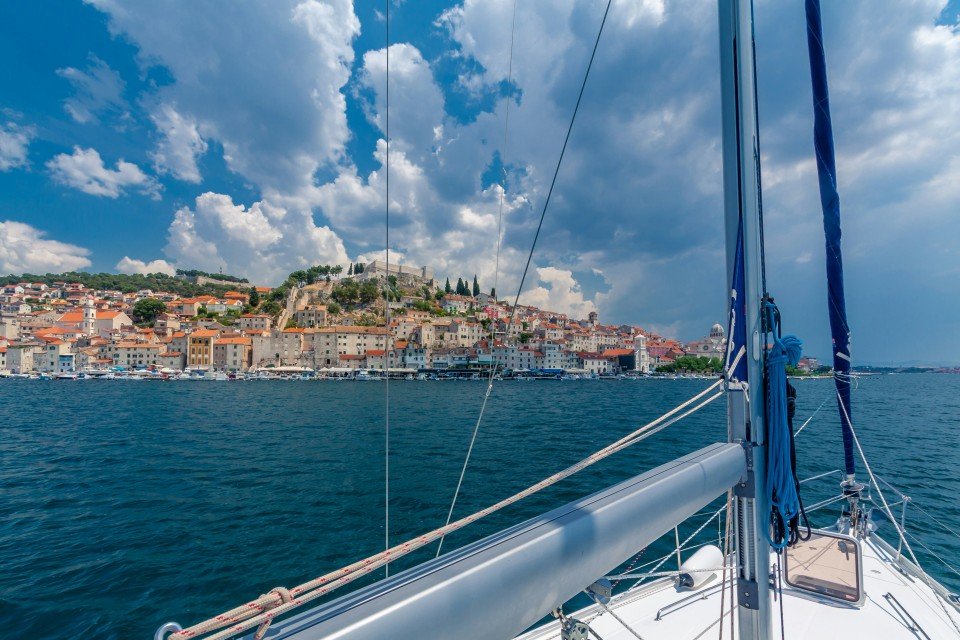
Vukovar is a Croatian city with a poignant history, marked by the Croatian War of Independence of the early 20th Century, during which it suffered extensive damage and destruction. Despite the scars of its past, Vukovar has seen remarkable efforts to rebuild, whilst maintaining elements of its rich cultural history. Visitors today can explore the Baroque architecture of Eltz Castle and the solemn Memorial Cemetery, serving as a symbol of resilience and strength alongside hope, recovery and light, a tribute to the powerful determination of its population.
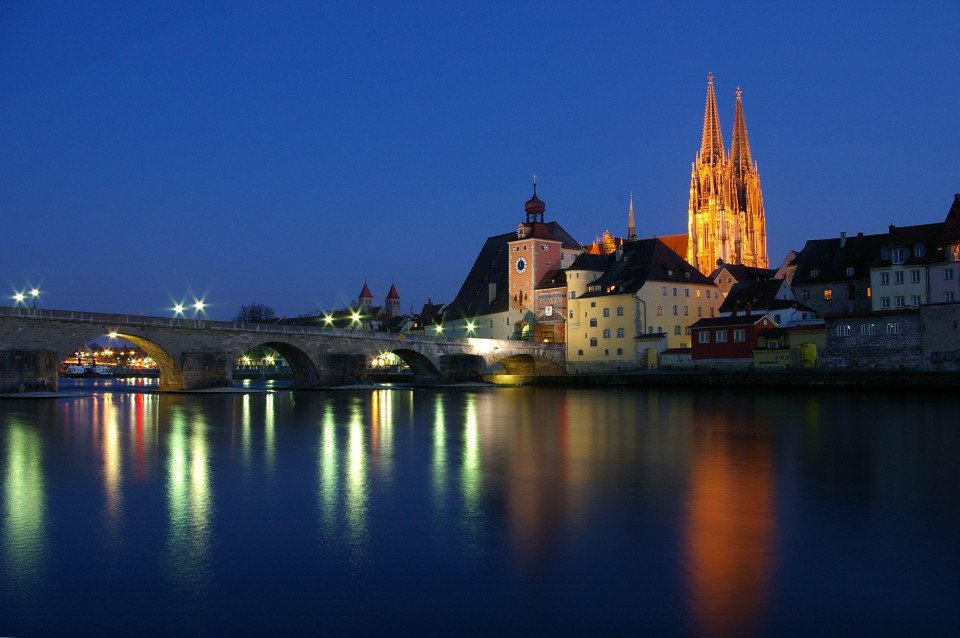
Regensburg is a medieval city of Bavaria in southeast Germany. It is situated on the northern point of the Danube River at its confluence with the Regen and Naab rivers. The city is famous for its iconic 12th Century stone bridge and sixteen arches, crossing the Danube into Old Town and is the oldest preserved bridge in Germany. Regensburg is also noted for its 13th Century Regensburg Cathedral and Gothic twin spires that feature prominently on the city’s skyline. Recently awarded UNESCO World Heritage status, the city is home to many preserved sites. Visit the the 2nd Century Porta Praetoria which served as the north gate to a Roman camp and St Peter’s Cathedral, with its French Gothic architecture. Also the 18th Century Thurn and Taxis Palace and the Old Town Hall, which is now home to the Imperial Diet Museum, are also worth a visit. Regensburg benefits from lots of parks and gardens for visitors to relax in, as well as walks and cycle paths along the banks of the rivers.
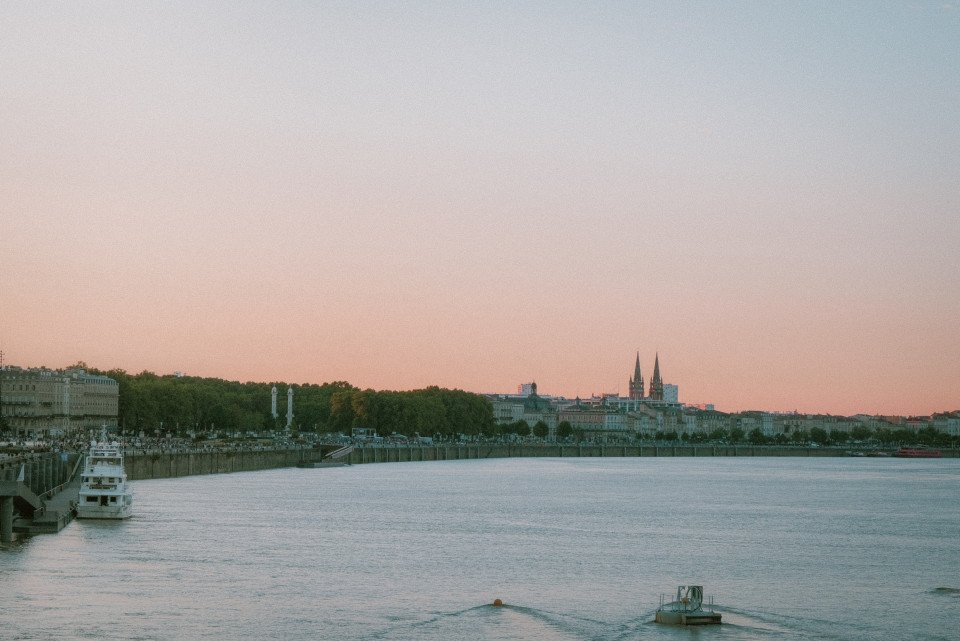
Bordeaux as a whole, rather than any particular points within it, is what you'll want to visit in order to understand why Victor Hugo described it as Versailles plus Antwerp, and why the painter Francisco de Goya, when exiled from his native Spain, chose it as his last home (he died here in 1828). The capital of southwest France and the region's largest city, Bordeaux remains synonymous with the wine trade: wine shippers have long maintained their headquarters along the banks of the Garonne, while buyers from around the world arrive for the huge biennial Vinexpo show (held in odd-number years).Bordeaux is, admittedly, a less exuberant city than many others in France, but lively and stylish elements are making a dent in its conservative veneer. The cleaned-up riverfront is said by some, after a bottle or two, to exude an elegance reminiscent of St. Petersburg, and that aura of 18th-century élan also permeates the historic downtown sector—“le vieux Bordeaux"—where fine shops invite exploration. To the south of the city center are old docklands undergoing renewal—one train station has now been transformed into a big multiplex movie theater—but the area is still a bit shady. To get a feel for the historic port of Bordeaux, take the 90-minute boat trip that leaves Quai Louis-XVIII every weekday afternoon, or the regular passenger ferry that plies the Garonne between Quai Richelieu and the Pont d'Aquitaine in summer. A nice time to stroll around the city center is the first Sunday of the month, when it's pedestrian-only and vehicles are banned.

Caudebec-en-Caux, situated along the Seine in the Normandy region of France, is a charming town known for its medieval charm, half-timbered houses and wonderful blend of history and beauty. The impressive Gothic architecture of The Church of Saint-Pierre is a particular highlight, with its breath-taking façade and panoramic views of the Seine valley.
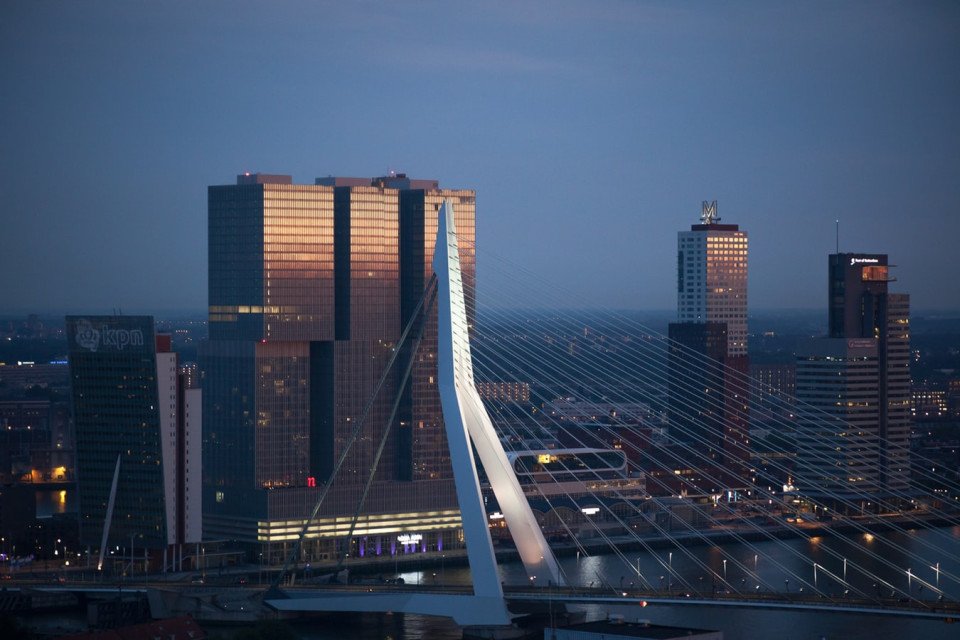
Rotterdam is a city that's a long way removed from most people's stereotypical notion of the Netherlands. There are few, if any, canals to be found here nor are there any quaint windmills. There is, however, a thriving modern city which is one of the busiest ports in the entire world.
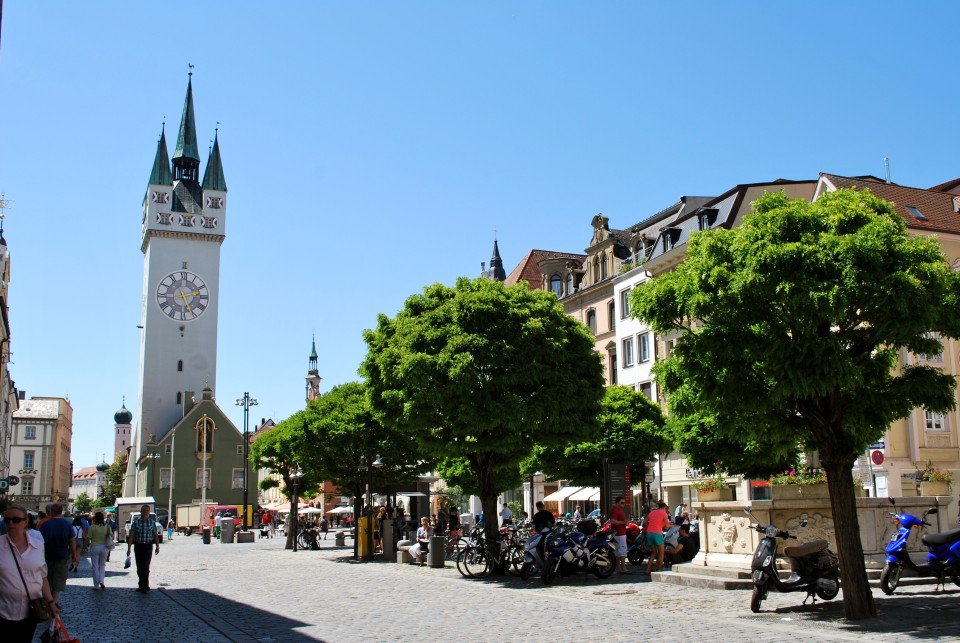
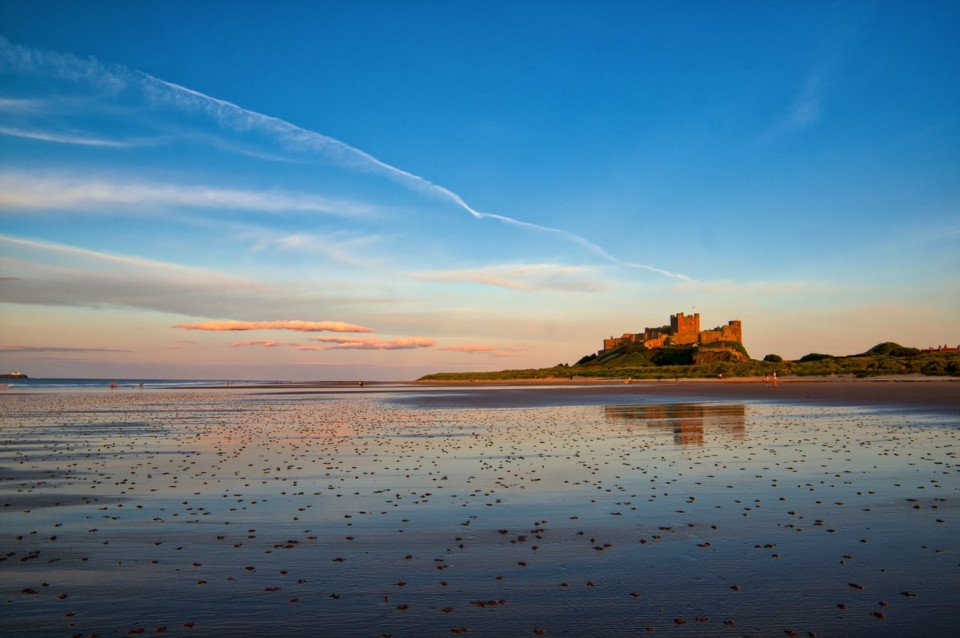
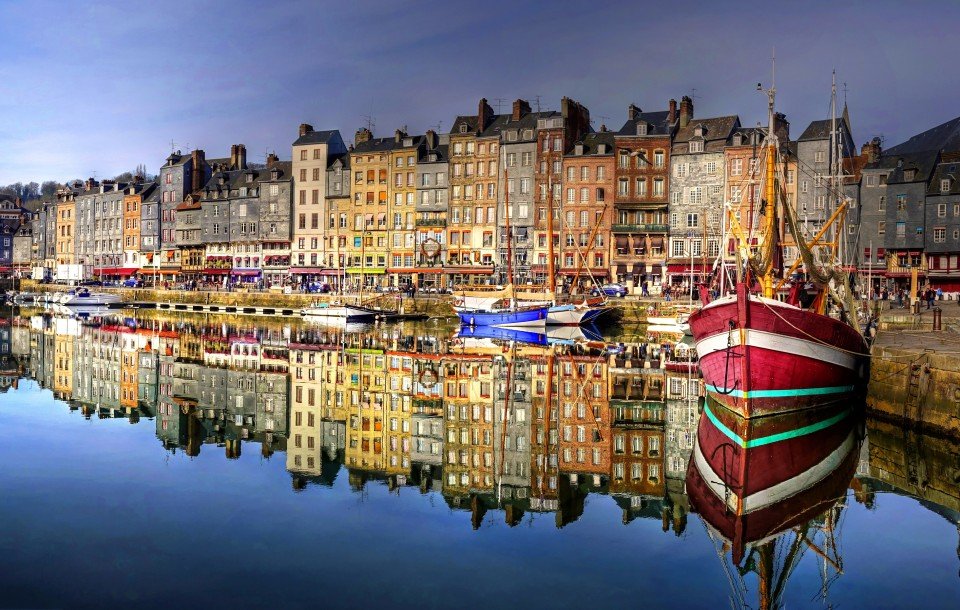
Honfleur, the most picturesque of the Côte Fleurie's seaside towns, is a time-burnished place with a surplus of half-timber houses and cobbled streets that are lined with a stunning selection of stylish boutiques. Much of its Renaissance architecture remains intact—especially around the 17th-century Vieux Bassin harbor, where the water is fronted on one side by two-story stone houses with low, sloping roofs and on the other by tall slate-topped houses with wooden facades. Maritime expeditions (including some of the first voyages to Canada) departed from here; later, Impressionists were inspired to capture it on canvas. But the town as a whole has become increasingly crowded since the Pont de Normandie opened in 1995. Providing a direct link with Upper Normandy, the world's sixth-largest cable-stayed bridge is supported by two concrete pylons taller than the Eiffel Tower and designed to resist winds of 257 kph (160 mph).

Cologne is a city in western Germany located across the Rhine river. It is the oldest in Germany, dating back 2000 years and is considered the region’s cultural hub. The city is known for its iconic landmark of the twin-spired Cologne Cathedral set against the reconstructed Old Town buildings. When in Old Town, visit the historic Old Town Hall and the Roman Church Great St Martin, or take time out and sit at one of the traditional breweries and enjoy the scenery around you. Historical sites such as the Roman Dionysus mosaic and the medieval Overstolzenhaus are worth a visit too. Another iconic sight in Cologne is at Hohenzollern Bridge. Here, local and tourist couples affix padlocks to the railings of the bridge and swear their loyalty to each other, they then throw the key into the Rhein to ensure everlasting love. Cologne is home to over 30 stages providing cabaret, free ensembles, theatre and dance and also celebrates its openly gay culture.
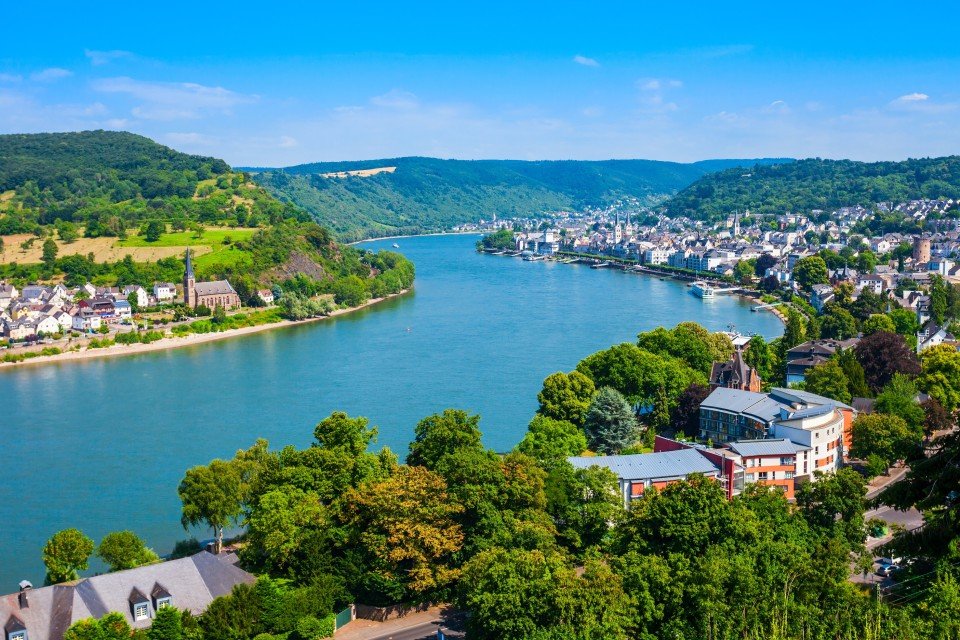
Boppard, Germany, is home to the iconic Romanesque St. Severus Church, a well-preserved medieval building that exudes timeless elegance and captivates visitors, situated along the scenic Rhine River. Surrounded by picturesque vineyards, stretching along the Rhine Valley hillsides, the town is known for its fine wine production, drawing attraction from wine enthusiasts worldwide. Boppard offers historical charm combined with natural beauty, complemented by warm German hospitality, making it a must-visit destination.
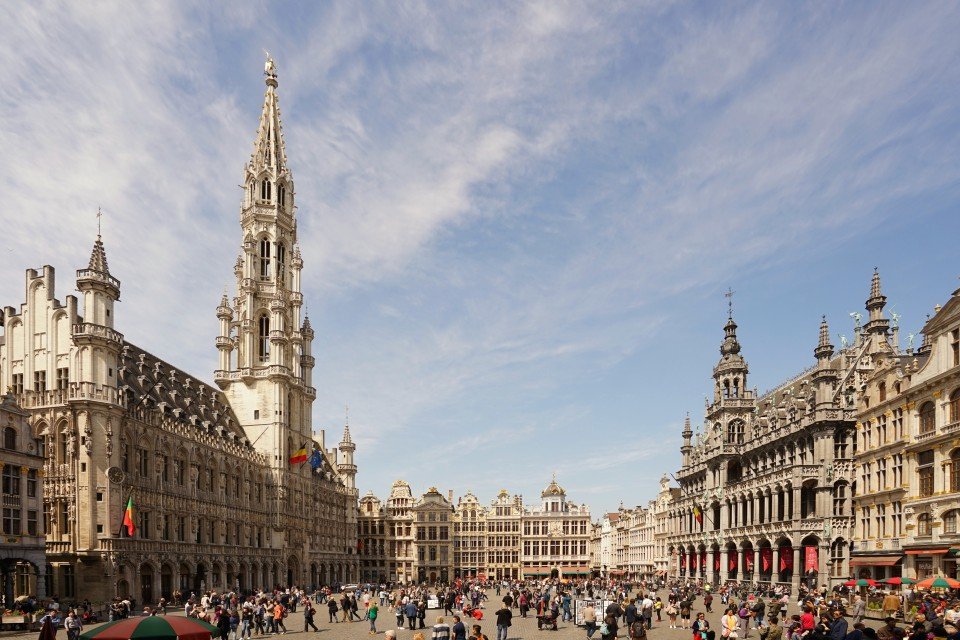
Experience Belgium's capital, a city renowned for its cultural influence and significance in European politics. Brussels (Bruxelles) hosts iconic landmarks such as the Grand Place, Atomium and the Manneken Pis, and seamlessly blends historic allure with contemporary character. Between marvelling at the sites, enjoy world-famous gastronomy, chocolate and Belgian waffles, and find yourself immersed in the essence of Belgian tradition and innovation.
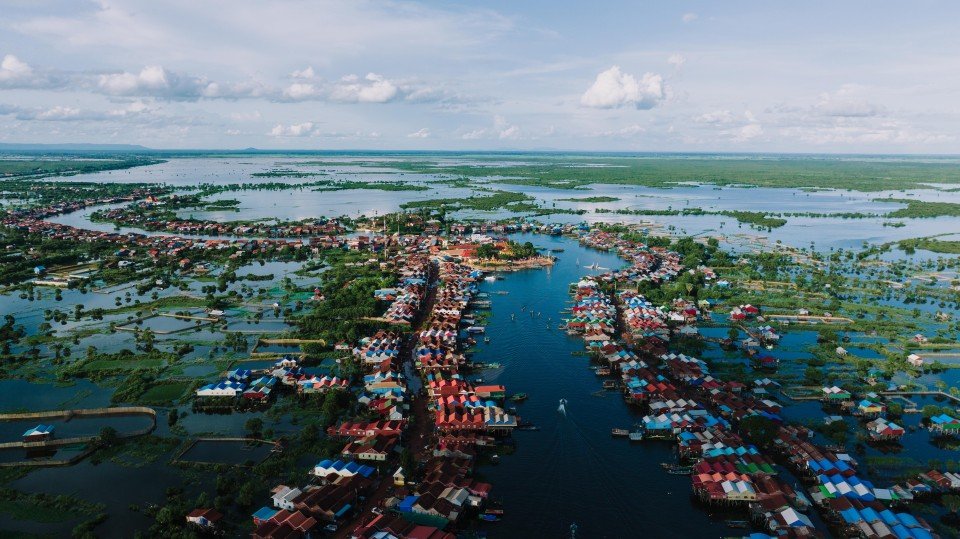
Tonlé Sap, located in the north west of Cambodia, is the largest freshwater lake in Southeast Asia and is renowned for its floating villages and diverse ecosystem. As the lake undergoes the fascinating phenomenon of changing with the seasons, it has a profound influence on the livelihoods of those populating the local communities, and offers a fascinating look into the symbiotic relationship between nature and human life in this culturally rich region.

Bamberg is a German town located over a landscape of seven hills and the confluence of Regnitz and Main rivers. The town is a UNESCO World Heritage Centre with Old Town home to structures dating back to the 11th century. An iconic landmark to visit in Bamberg is the town hall Altes Rathaus, located on an island in the Regnitz and covered in murals. Bamberg Cathedral, with its four towers and numerous stone carvings, is a striking example of Romanesque architecture. Head to the Market Gardeners District and visit the historical houses where centuries ago the town gardeners would grow and export produce such as onions, seeds and liquorice. In the town centre and heart of Little Venice, the rivers and arched bridges connecting the island city are reminiscent of Venice, with a lively atmosphere and modern shops set in historical surroundings. After a day shopping, head to one of the many Brewery pubs for some popular German beer. Bamberg is famous for its beer and is where its name originated from, with the town being populated by nine traditional breweries.
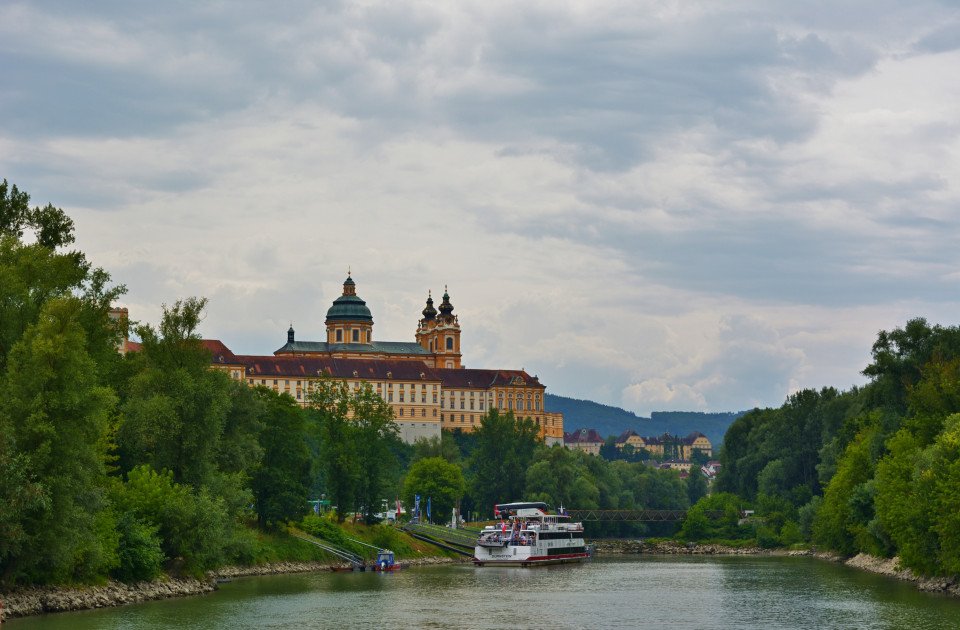
Melk is an Austrian town situated on the River Danube. Located west of Vienna, the town is mostly famous for its 11th Century Melk Abbey, a magnificent monastery built high above the town. Melk Abbey is the largest example of Baroque architecture in the Wachau Valley, with the valley itself awarded UNESCO World Heritage Site status in 2000. Its steep terraced vineyards mean vinters cultivate with traditional manual practices and the springtime sees this unique landscape covered in apricot tree blossoms. Strolling around the streets of Melk Old Town, visitors will find the Town Hall Square, the Main Square, the old Post Office, now a local museum, Old Abbey Tavern, and Kremser Strasse. River cruises, self-guided walking tours and cycle tours are also extremely popular around Melk, as the Wachau Valley offers unique landscape to be explored and enjoyed. Art festivals and Baroque music is celebrated each year with the Melk Baroque Days, an international festival.
-custom_banner-banner_half.jpg)
Lyon, the capital city in France’s Auvergne-Rhône-Alpes region, sits at the junction of the Rhône and Saône rivers. Its center reflects 2,000 years of history from the Roman Amphithéâtre des Trois Gaules, medieval and Renaissance architecture in Vieux (Old) Lyon, to the modern Confluence district on Presqu'île peninsula. Traboules, covered passageways between buildings, connect Vieux Lyon and La Croix-Rousse hill.
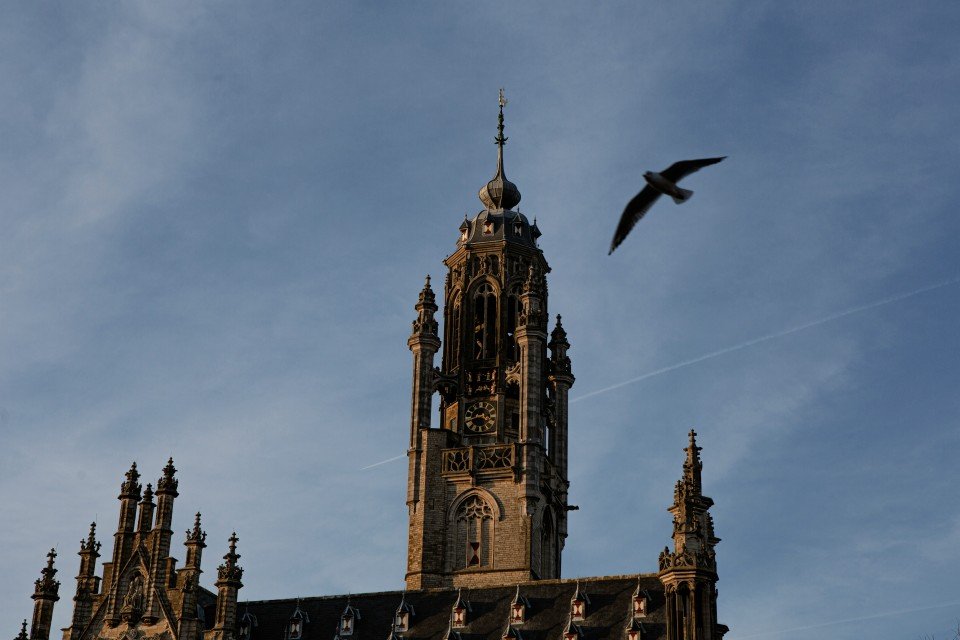
Situated in the province of Zeeland, in the Netherlands, Middleburg is a city famed for historic charm and maritime heritage. The captivating city centre is adorned with well-preserved medieval buildings, paved with cobblestone and home to notable landmarks such as the imposing abbey complex of Lange Jan (Long John) and the impressive Town Hall. Thanks to a rich history combined with cultural attractions, Middleburg delightfully blends Dutch tradition with scenic beauty.
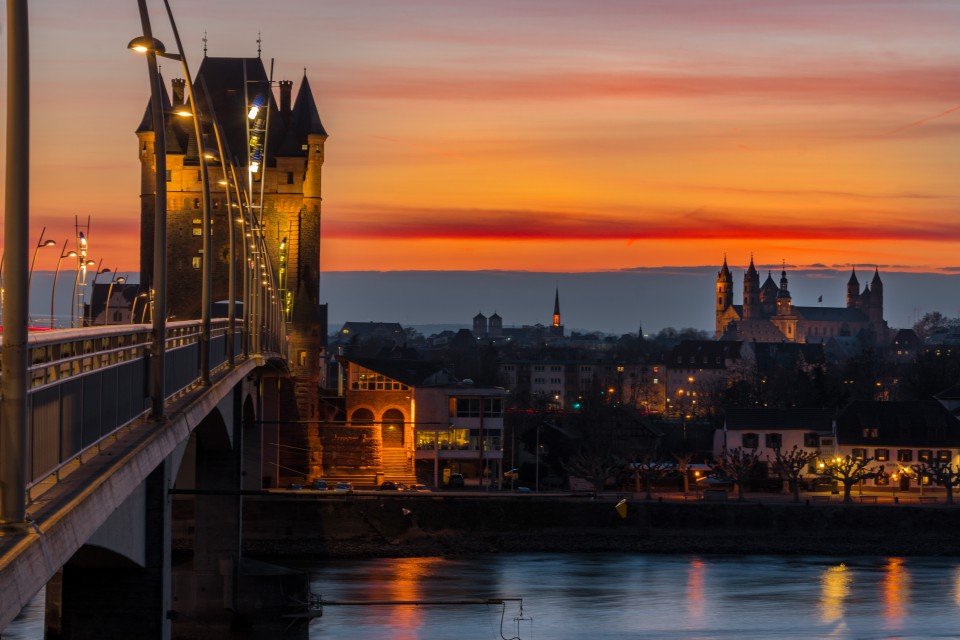

Strasbourg is a picturesque city in northeastern France, notable for its unique blend of French and German influences. Thanks to well-preserved, awe-inspiring medieval architecture such as the stunning Strasbourg Cathedral and the historic La Petite France district, Strasbourg has earned its spot on the map as a famous, must-visit European destination.
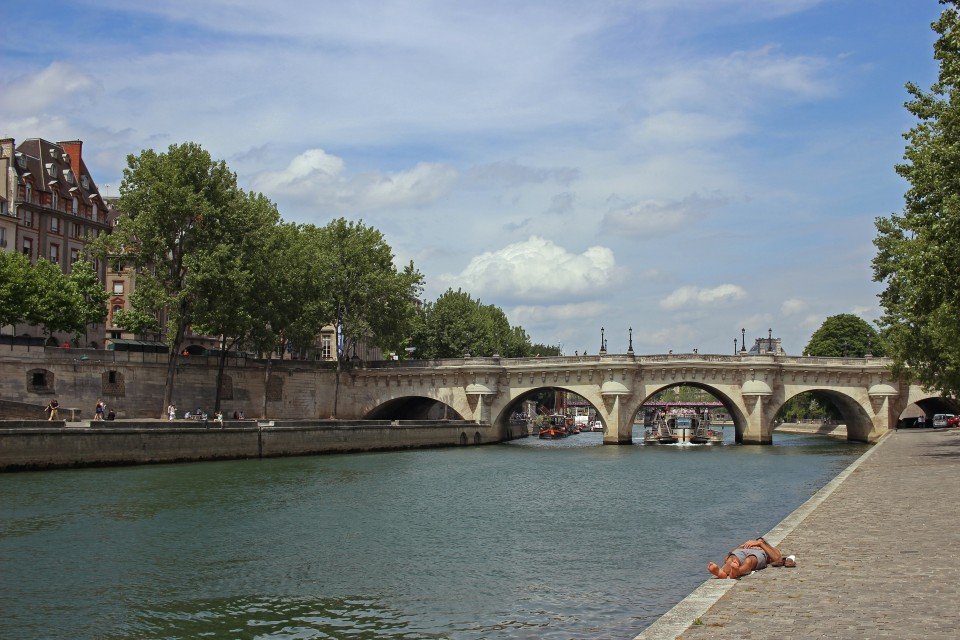
Located in the Yvelines department of the Île-de-France region in France, at the confluence of the Seine and Oise rivers, Conflans-Sainte-Honorine is a charming town with a stunning waterfront and breath-taking views. Steeped in maritime history, Conflans-Sainte-Honorine is home to the Musée de la Batellerie, a museum that chronicles the history of river navigation.
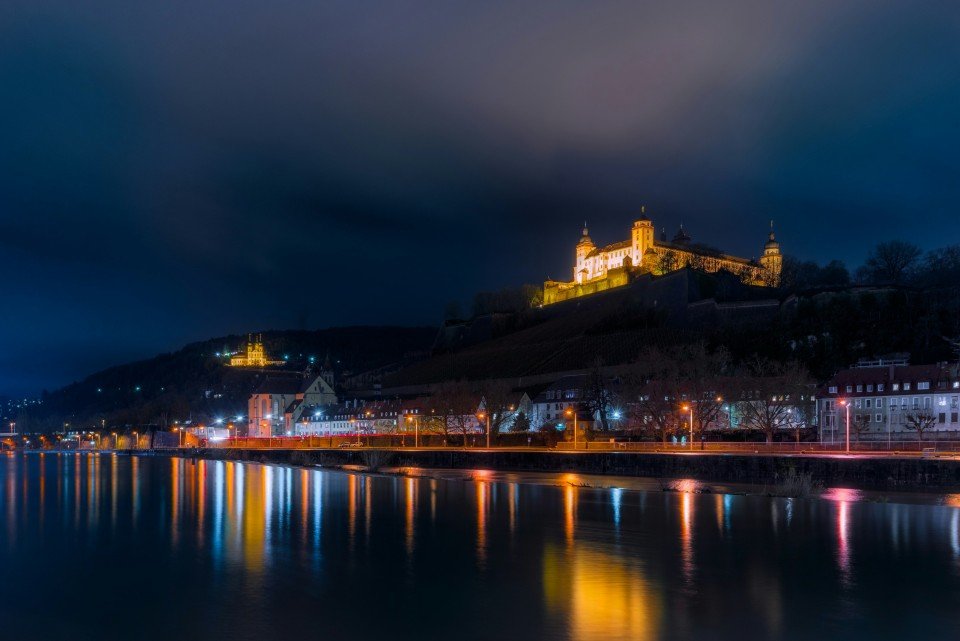
Würzburg is a city in Bavaria in southern Germany. It is located on the River Main and is famous for its lavish baroque architecture and Franconian wine. The Residence Palace is a UNESCO World Heritage Site and is highly recommended. It is a well known example of Baroque architecture with its acclaimed staircase, impressive frescos and imperial hall. Other impressive sites in Würzburg include the towering fortress of Festung Marienberg, the Alt Mainbrücke old bridge, which offers ideal views of the Marienberg, Dom St. Kilian cathedral and the many churches of Würzburg including the Romanesque Neumünster. Many of these sites have their own museums for visitors to learn of the history or view unique collections. Other museums of interest are the Mineralogical Museum, exhibiting the world of minerals and stones, and the Botanical Gardens, with various greenhouses and outdoor areas to enjoy. Wine lovers will find an abundance of wineries in Würzburg, offering cellar tours and wine tasting as well as traditional Bavarian cuisines and hospitality. Enjoy wine soup, Gerupfter (cheese spread) and Sauerbraten (braised beef in wine) in a friendly traditional wine tavern.
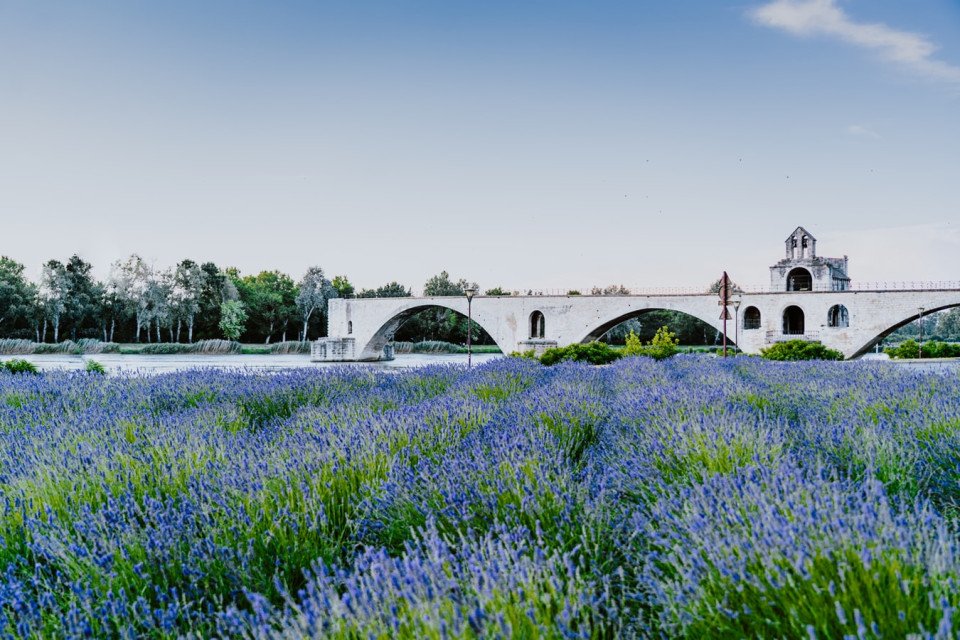
Avignon, France, is a historic city in Provence famed for its stunning medieval architecture. Dominated by the impressive Palais des Papes, a grand papal palace, and the iconic Pont Saint-Bénézet bridge, Avignon offers a rich cultural heritage. Its charming streets, vibrant markets, and annual theater festival, the Festival d'Avignon, add to its allure. Surrounded by picturesque vineyards and the Rhône River, Avignon blends history with a lively contemporary atmosphere, making it a must-visit for history enthusiasts and culture seekers.
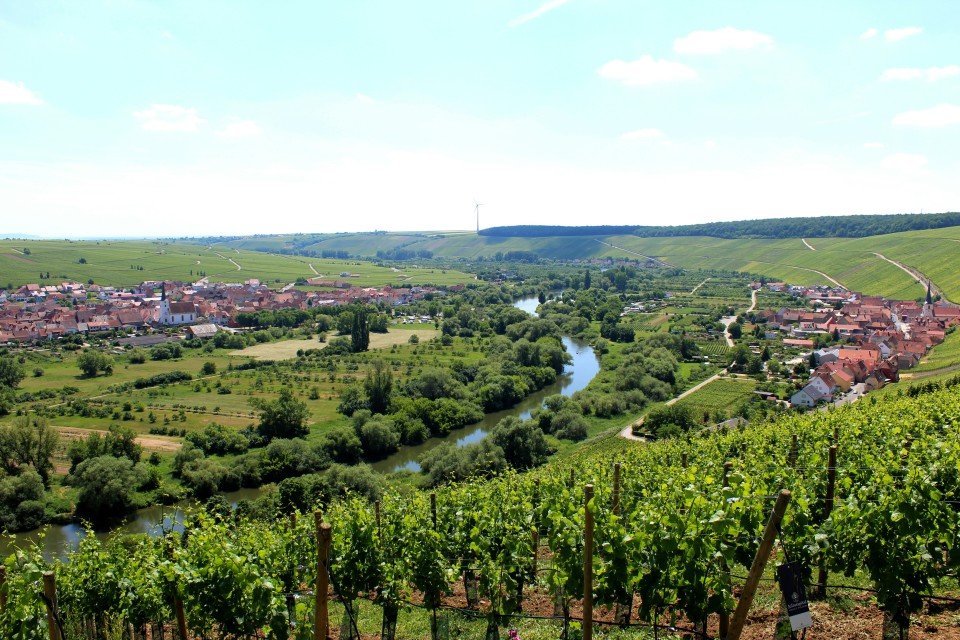
Situated in the Franconia wine region of Bavaria, Germany, Volkach is celebrated for its impressive vineyards and wine culture. Delightfully blending historic buildings, such as the Pilgrimage Church of Maria im Weingarten, with scenic landscapes adorned with vineyards, Volkach invited wine enthusiasts to explore its idyllic surroundings and savour the local wines.

Explore Antwerp, Belgium's second city. Known for its diamond cutting industry, fashion and the many great artists that lived in its vicinity, Antwerp is a city focused on art and culture.
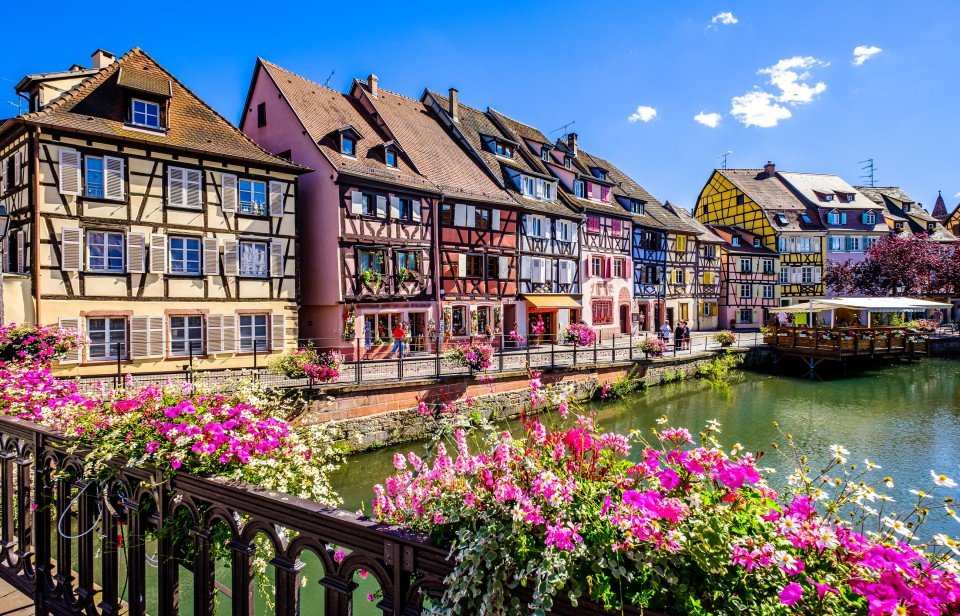
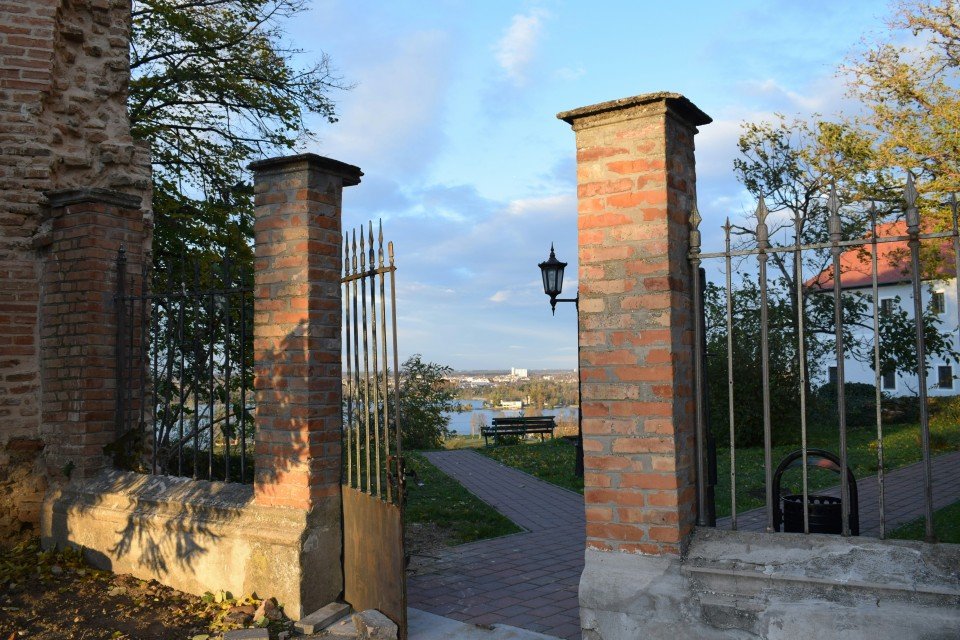
Located in eastern Croatia on the banks of the Danube, Ilok is a charming town recognised for the medieval Ilok Castle, which boasts stunning panoramic views of the surrounding landscapes adorned with vineyards. With a rich history in wine production, the town is celebrated for its centuries-old traditions and is home to a plethora of reputable wineries. Visitors are enchanted by local streets, immersed in local cuisine, and lost in the rich cultural heritage that defines this destination.

Ruse, or "Little Vienna" as it is affectionately referred, is an enchanting city resting on the northern bank of the Danube in Bulgaria. Seamlessly blending an amalgamation of European influences, with elegant 19th-century buildings and grand avenues, Ruse is home to iconic architectural landmarks such as the Freedom Square and the Monument of Liberty. Beyond its rich history and architectural heritage, the city's strategic location as a major port along the Danube has pivotally influenced its progression as a cultural and economic hub.
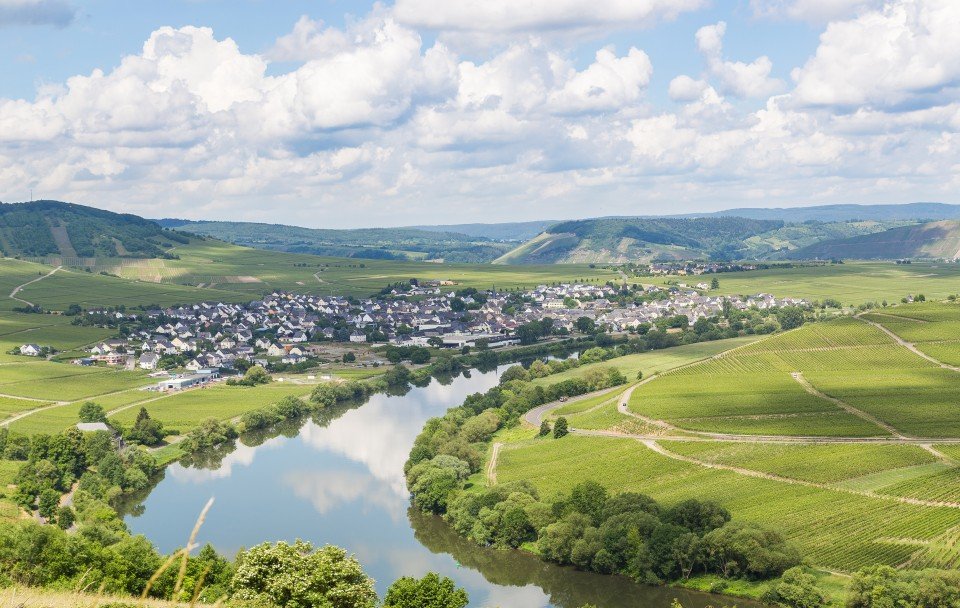
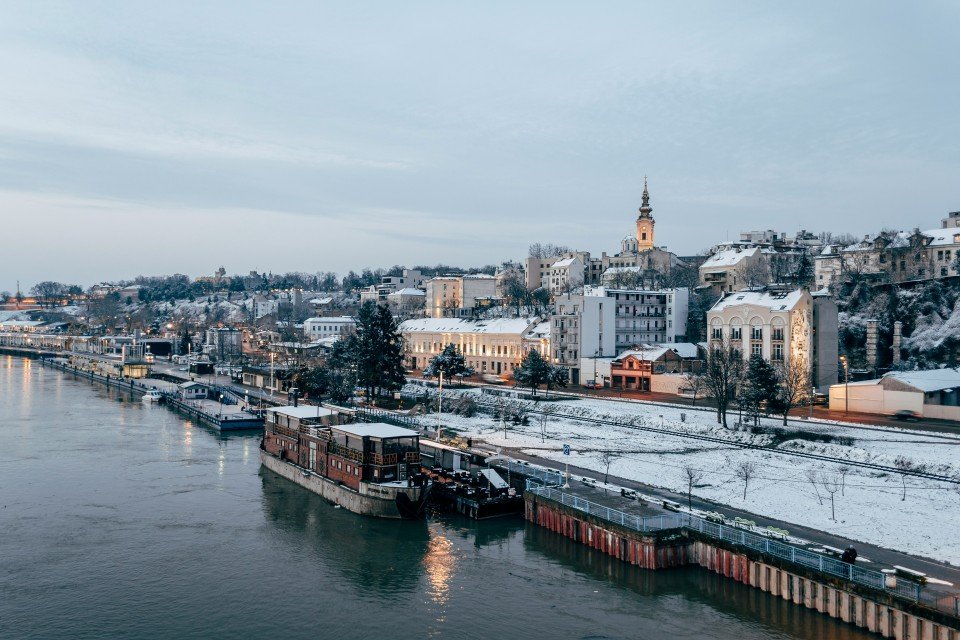
Belgrade, Serbia's capital, is characterised by its rich cultural tapestry, resilient spirit and lively nightlife. Situated at the confluence of the Sava and Danube, Belgrade beautifully blends history with modernity, offering visitors the opportunity to explore the magnificent Belgrade Fortress, wander through the bohemian Skadarlija district, and enjoy the city's vibrant culinary scene. Adorned with an amalgamation of architectural styles, reflecting the deep and complex history of the city, Belgrade embodies the resilience and vitality of Serbia.
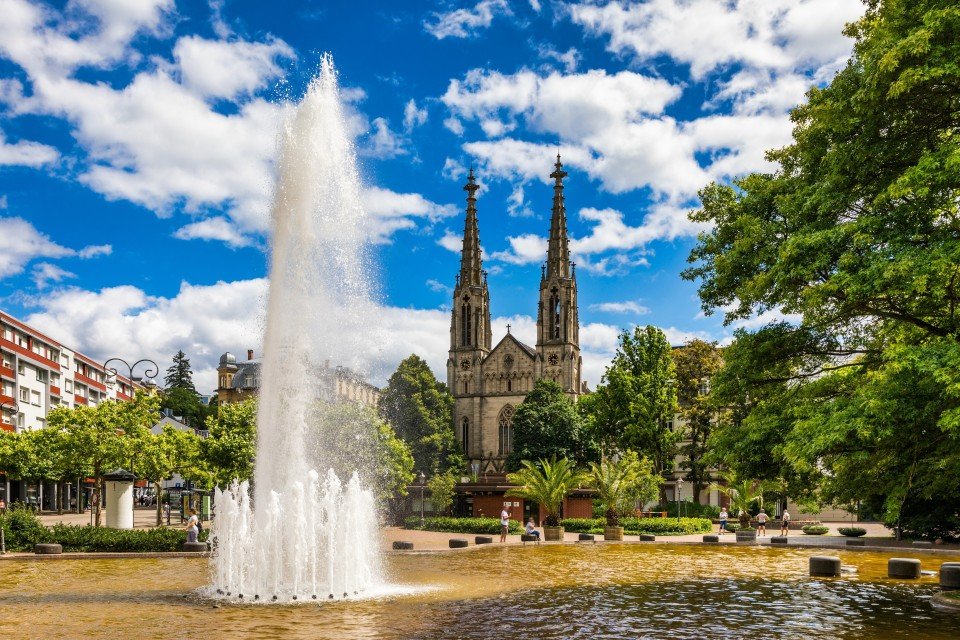
Baden-Baden is a spa town in southwestern Germany’s Black Forest, near the border with France. Its thermal baths led to fame as a fashionable 19th-century resort. Alongside the Oos River, park-lined Lichtentaler Allee is the town’s central promenade. The Kurhaus complex (1824) houses the elegant, Versailles-inspired Spielbank (casino). Its Trinkhalle has a loggia decorated with frescoes and a mineral-water fountain.
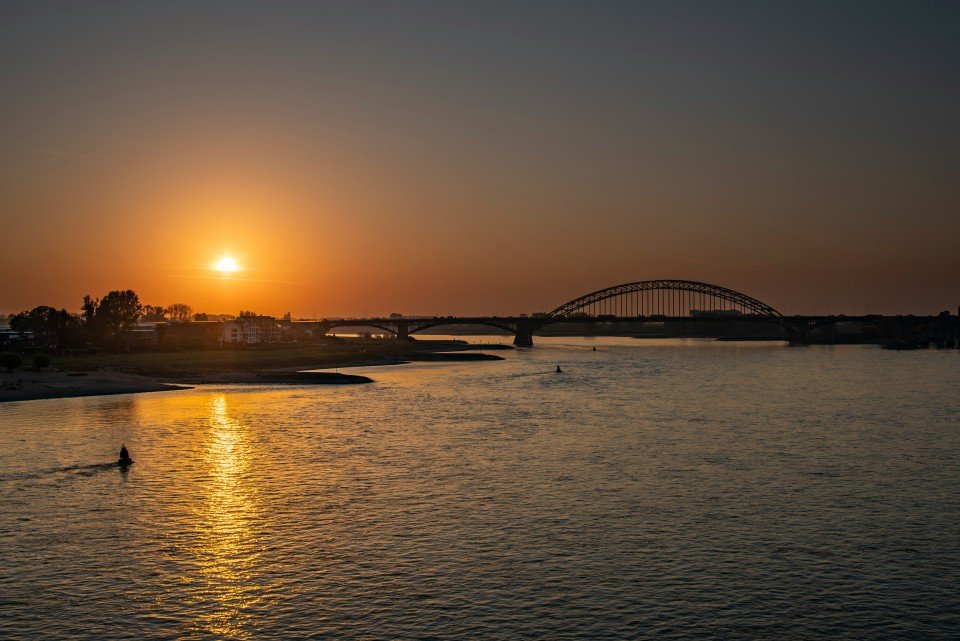
Nijmegen, one of the oldest cities in the Netherlands, boasts a rich cultural heritage and stunning landscapes, adorned with Roman ruins such as Valkhof Park, offering a glimpse into the city's ancient past. The bustling city centre is populated by quaint cafes, boutique shops and lively squares that burst with activity year-round.
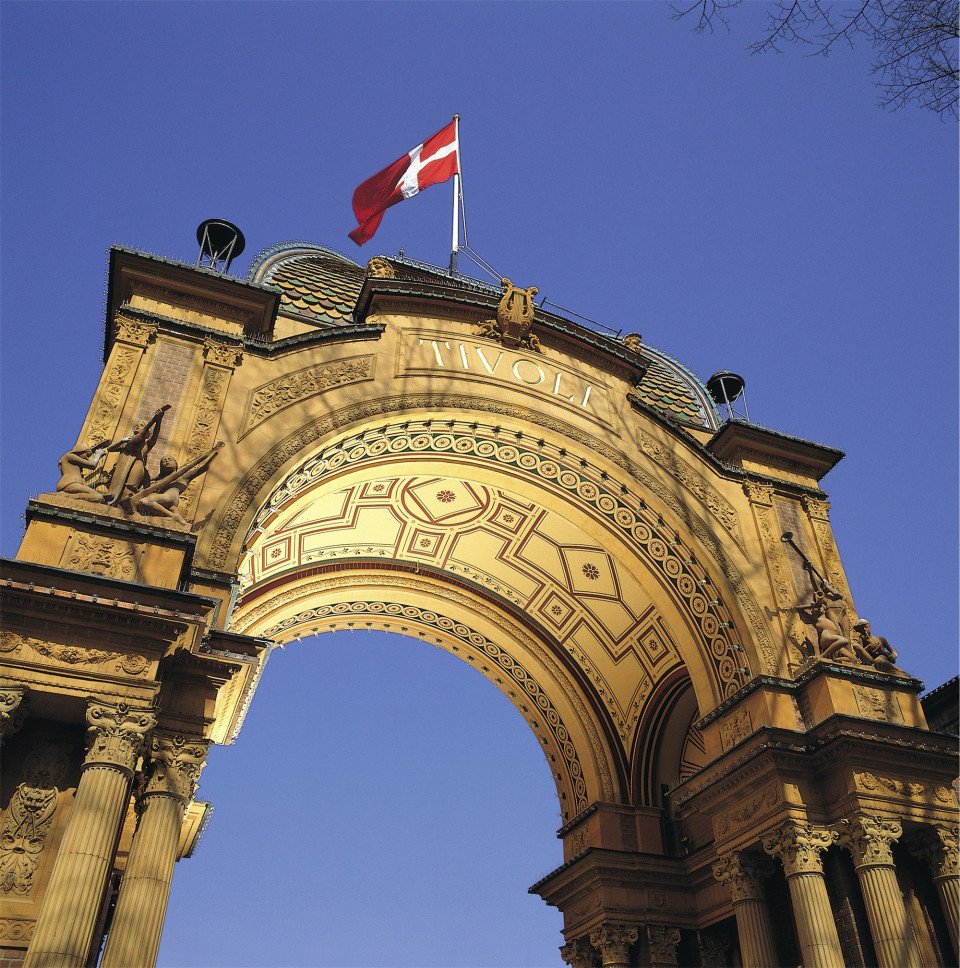
By the 11th century, Copenhagen was already an important trading and fishing centre and today you will find an attractive city which, although the largest in Scandinavia, has managed to retain its low-level skyline. Discover some of the famous attractions including Gefion Fountain and Amalienborg Palace, perhaps cruise the city’s waterways, visit Rosenborg Castle or explore the medieval fishing village of Dragoer. Once the home of Hans Christian Andersen, Copenhagen features many reminders of its fairytale heritage and lives up to the reputation immortalised in the famous song ‘Wonderful Copenhagen’.
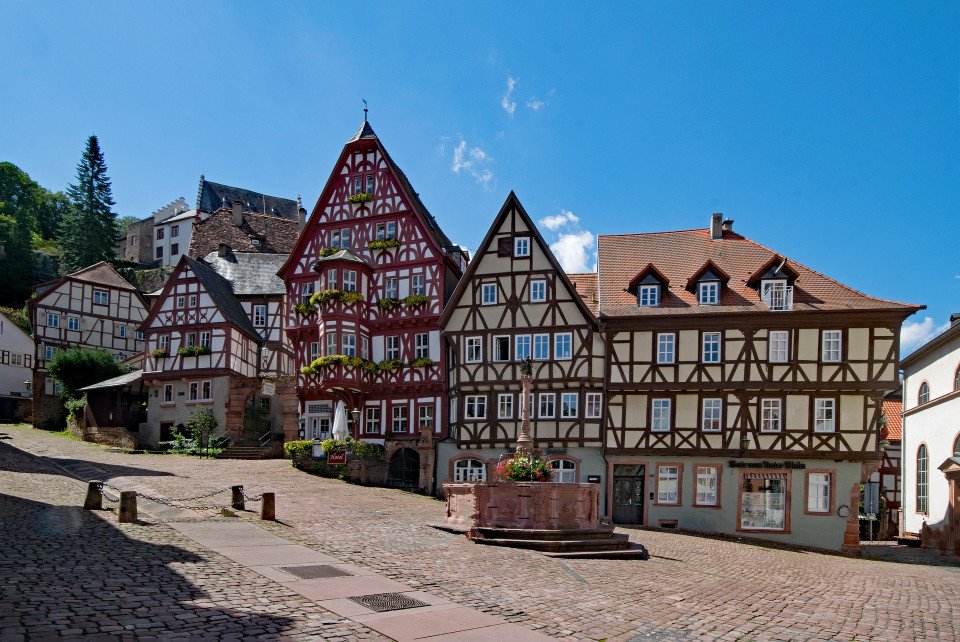
Miltenberg is a city located in Bavaria and Southern part of Germany. Located on the banks of the river Maine the city grew from its medieval roots through Viniculture, wine trade, fishery, and general river traffic, into the established and preserved town of today. Visit the Museum Stadt Miltenberg, housed in the half timbered house called the Alte Amtskellerei (The Provost’s Office) and discover the town’s history through collections depicting culture back to the Romans. A visit to castle Miltenberg is also recommended. The castle dates back to the 11th century and is now owned by the city administration. With the castle in need of rehabilitation, the Museum Burg Miltenberg was opened to exhibit classic icons and contemporary art in a historical and significant setting. The keep of the castle, which reaches twenty seven metres high, offers picturesque views of the Main Valley below and is the perfect setting to relax and enjoy some refreshments.
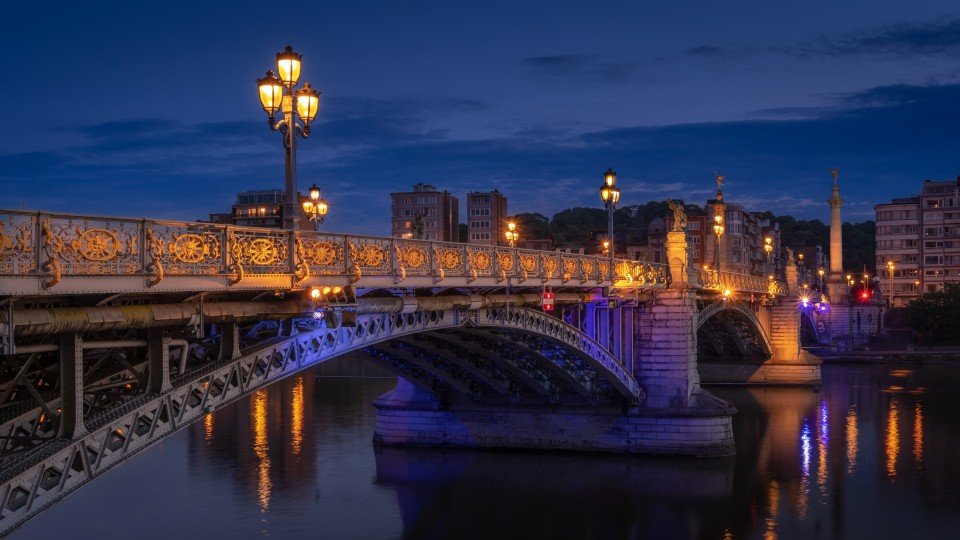
Characterised by lively markets, medieval architecture, and the Meuse river, Liège is a historic city situated in eastern Belgium and home to several renowned landmarks including the impressive Prince-Bishops palace and iconic Liège Cathedral. Blending traditional Belgian allure with contemporary energy, Liège presents a unique experience to explore the diverse cities of Belgium and appreciate the rich cultural tapestry.
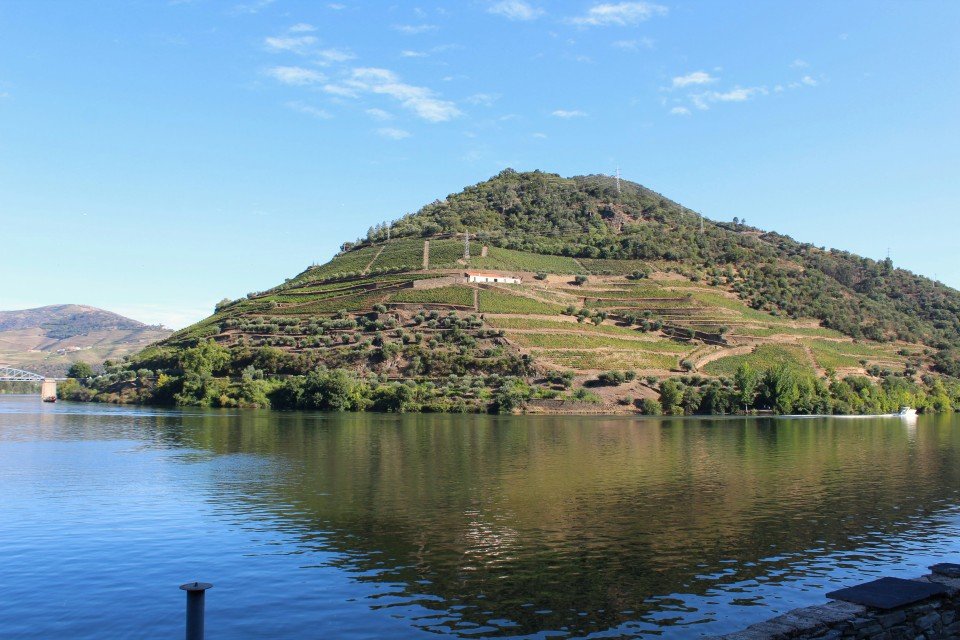
Situated in the heart of the Douro Valley, Pinhão is a charming riverside town characterised by terraced vineyards and traditional wine estates, locally known as quintas. Visitors are invited to explore historic wineries and savour the rich flavours of the region's iconic port wines.
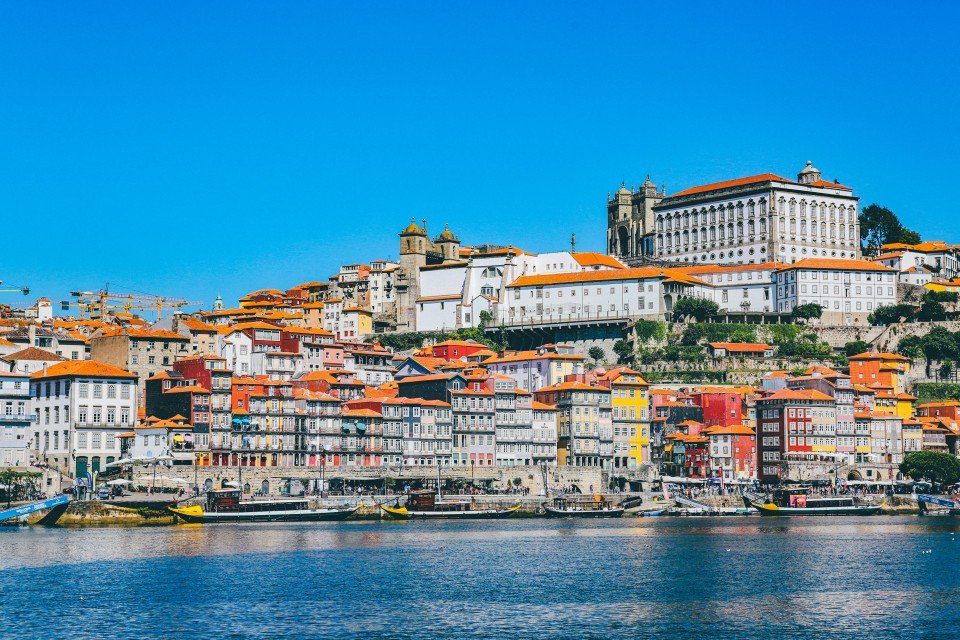
A gateway to the Douro Valley, Vega de Terrón is a port town offering its visitors access to the breathtaking landscapes and magnificent vineyards of the region. Located close to the Spanish border in North-East Portugal, near the Spanish town of Barca d'Alva, the town serves as a strategic base to explore both Portuguese and Spanish cultural gems.
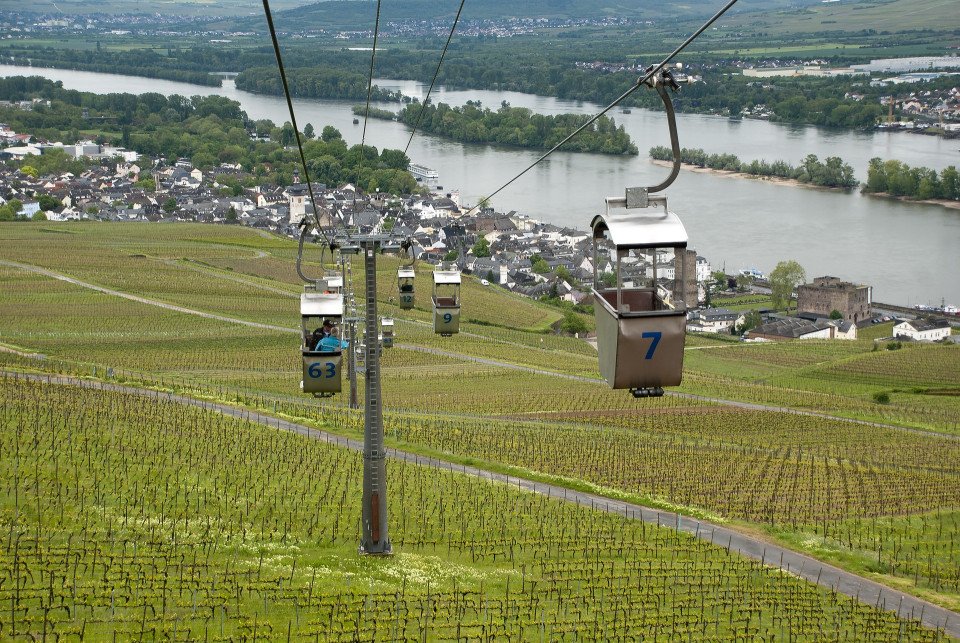
Rüdesheim is a popular stop on the Rhine, renowned for vineyards and medieval architecture. A notable feature of the town's vibrant cultural scene is the Drosselgasse, a narrow street paved with cobblestone and lined with wine taverns and local retailers, showcasing a delightful combination of local wine and traditional German hospitality. Encompassed by rolling vineyards and adorned with historic landmarks, Rüdesheim provides a quintessential German experience in a setting that seamlessly marries natural beauty with cultural richness.
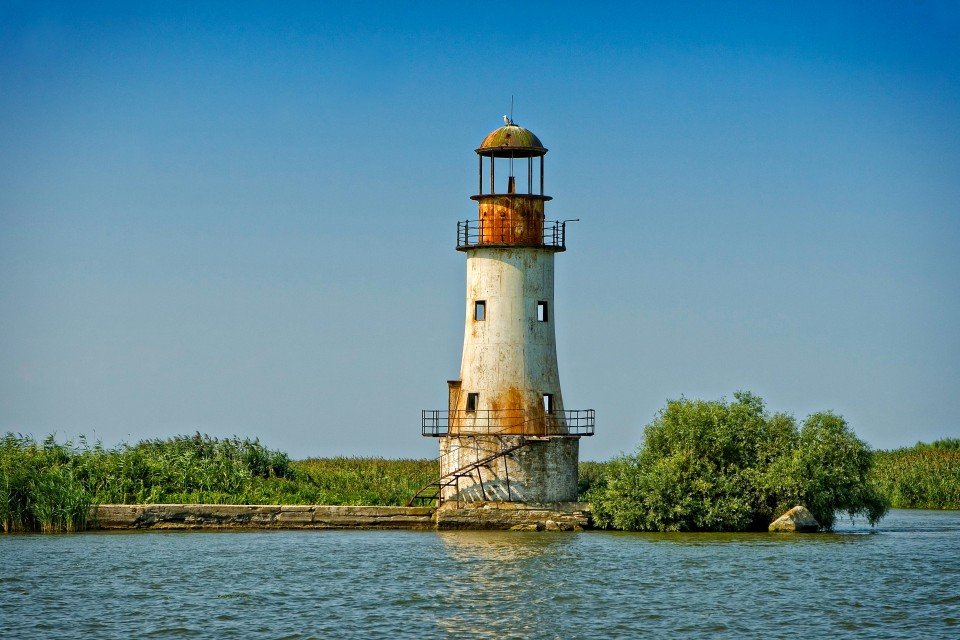
In the heart of the Danube Delta, Sfântu Gheorghe is a haven of natural beauty and ecological diversity, exuding tranquillity amidst lush greenery and meandering waterways. Named after Saint George, the town is recognised for its stunning landscapes, abundant wildlife, marshlands and river channels, with a unique blend of Romanian and Lipovan culture, tradition and folklore woven into daily life.

Arles, France, is a historic city in Provence renowned for its Roman heritage and artistic legacy. The ancient amphitheater and the Roman Theater are standout landmarks. Arles also boasts charming streets and vibrant markets, reflecting its rich cultural life. Known for its connection to Vincent van Gogh, the city features scenes immortalized in his paintings. The blend of historical architecture, vibrant local culture, and picturesque landscapes makes Arles a captivating destination for history buffs and art enthusiasts alike.
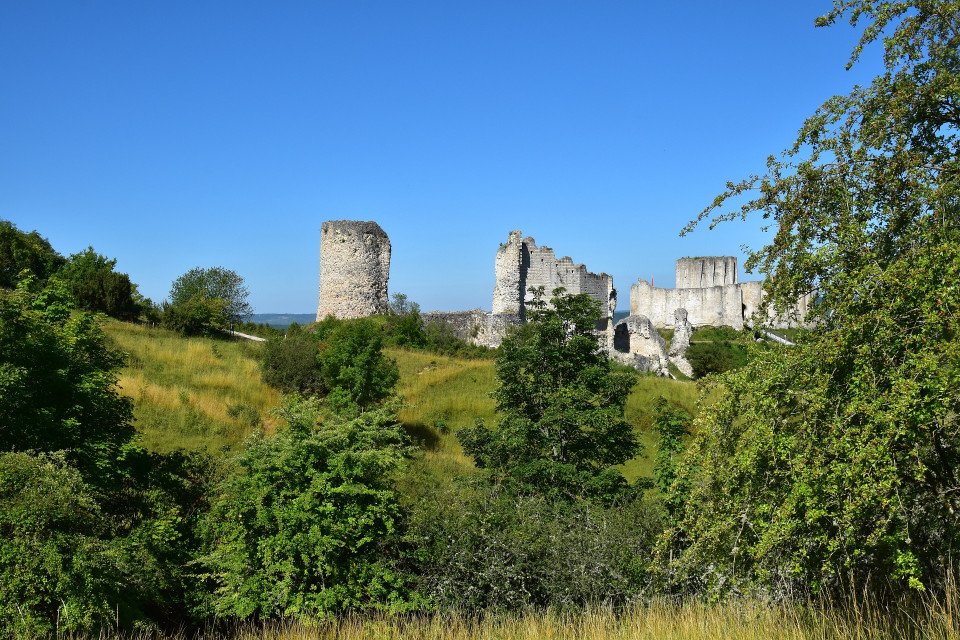
Situated in France's Normandy region, Les Andelys is an enchanting town along the banks of the Seine River. Characterised by its stunning river views and the monumental Château Gaillard, a medieval fortress built by Richard the Lionheart, the town attracts history enthusiasts and nature lovers alike thanks to its quaint streets, half-timbered houses ands vibrant market square.
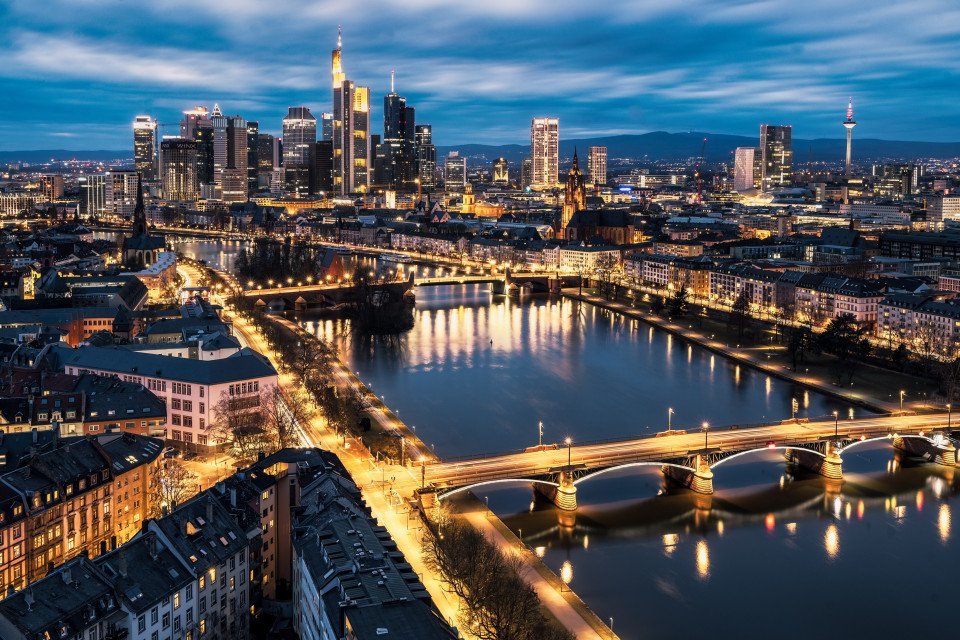
Frankfurt, birthplace of the iconic writer Johann Wolfgang von Goethe, boasts a wealth of cultural attractions, vibrant modernity and rich history. The cityscape is dominated by sleek skyscrapers, a showcase of the city's status as a dynamic metropolis and the financial capital of Europe. Home to world-class museums, diverse cuisine and lively markets, Frankfurt offers a varied array of experiences that complement its cosmopolitan character and enduring legacy.
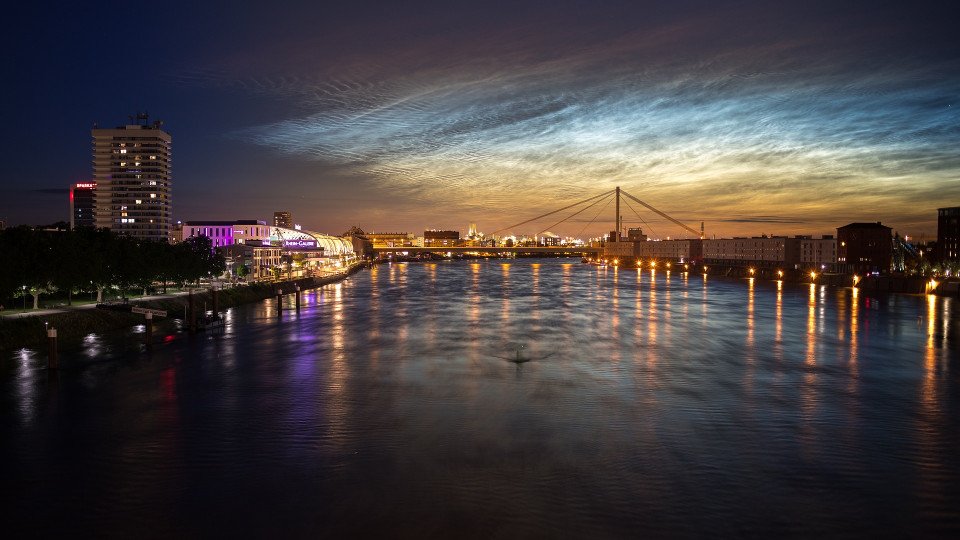
Ludwigshafen is situated on the Rhine in southwestern Germany, and is best known for its significance as a major chemical industry hub. Alongside its industrial brilliance, Ludwigshafen blends cultural attractions and rich history as home to the iconic Wilhelm-Hack-Museum, the Fredrich-Ebert-Park.
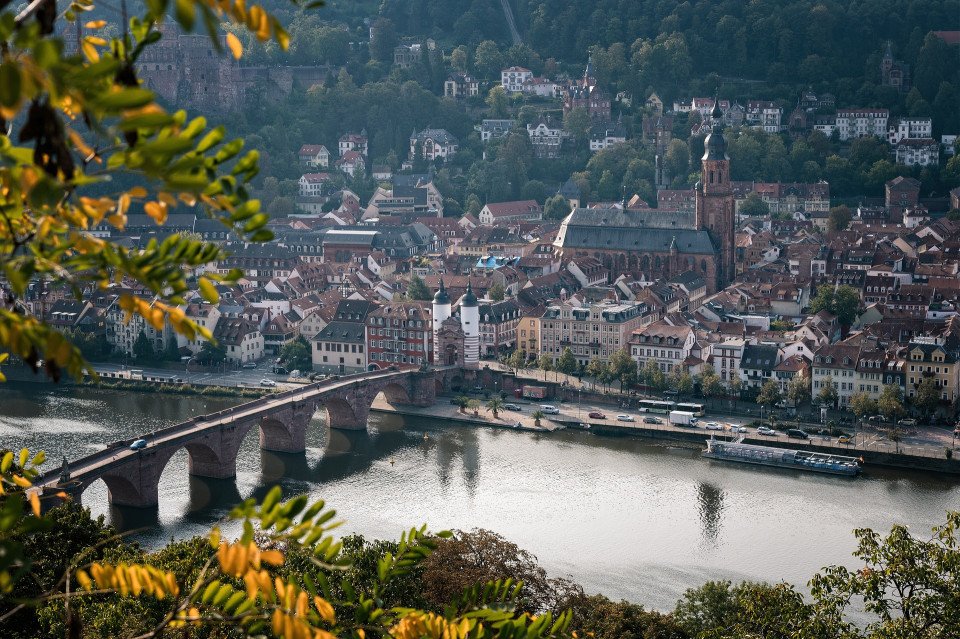
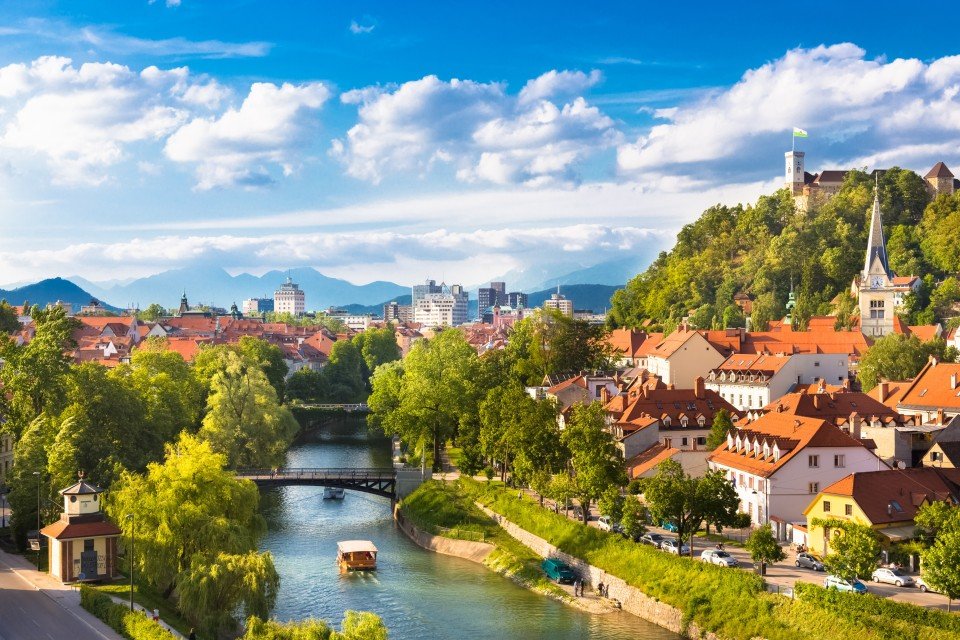
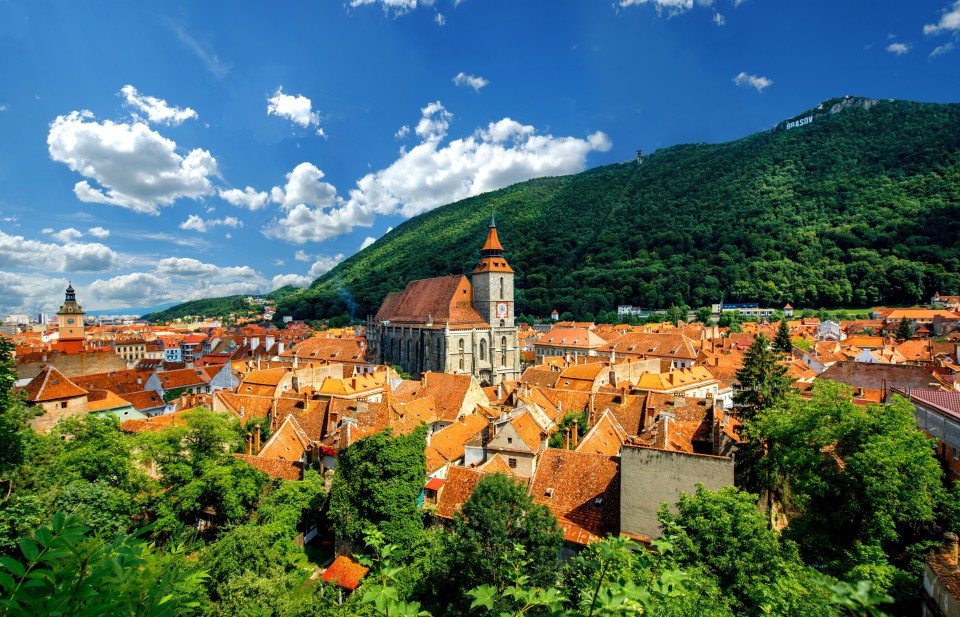

The city of Zurich, a global center for banking and finance, lies at the north end of Lake Zurich in northern Switzerland. The picturesque lanes of the central Altstadt (Old Town), on either side of the Limmat River, reflect its pre-medieval history. Waterfront promenades like the Limmatquai follow the river toward the 17th-century Rathaus
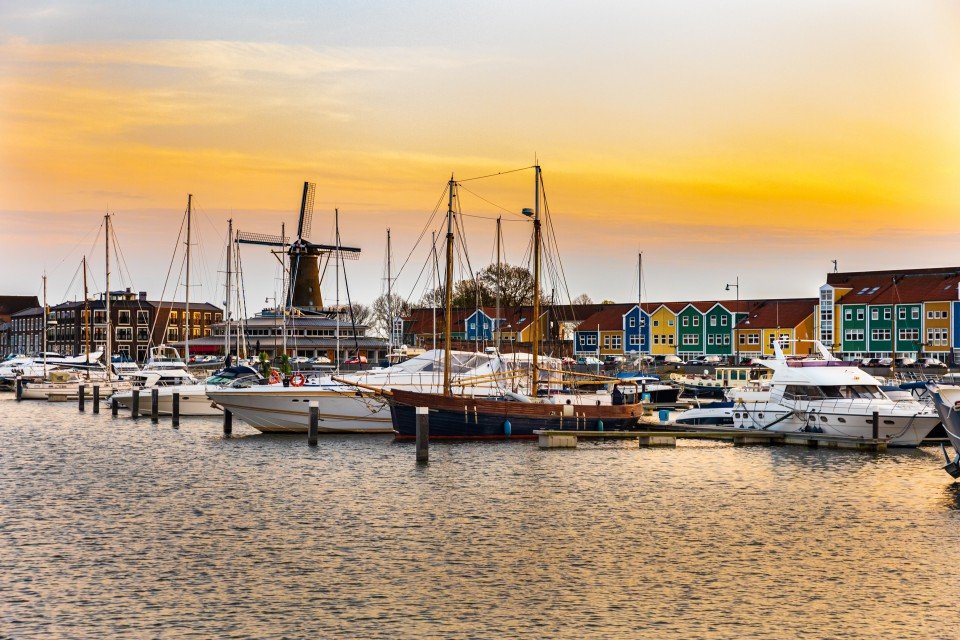

Wasserbillig, situated along the banks of the Moselle, is a small town known for its scenic riverfront and tranquil atmosphere. Located in the southeastern region of Luxembourg, close to the German border, Wasserbillig serves as a major transportation hub, hosting a large international truck stop and border crossing, making it a notable point of connection between Luxembourg and Germany.
